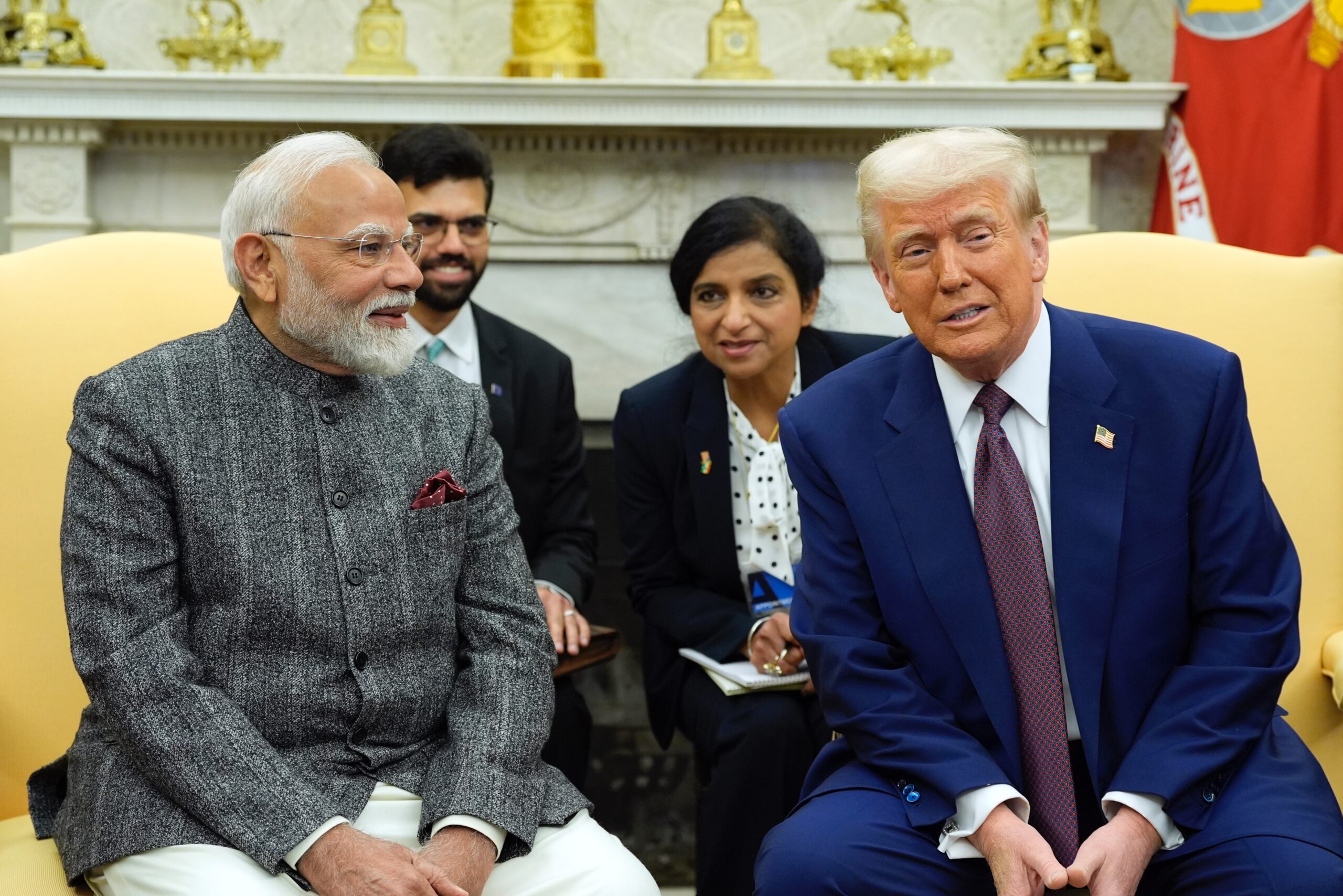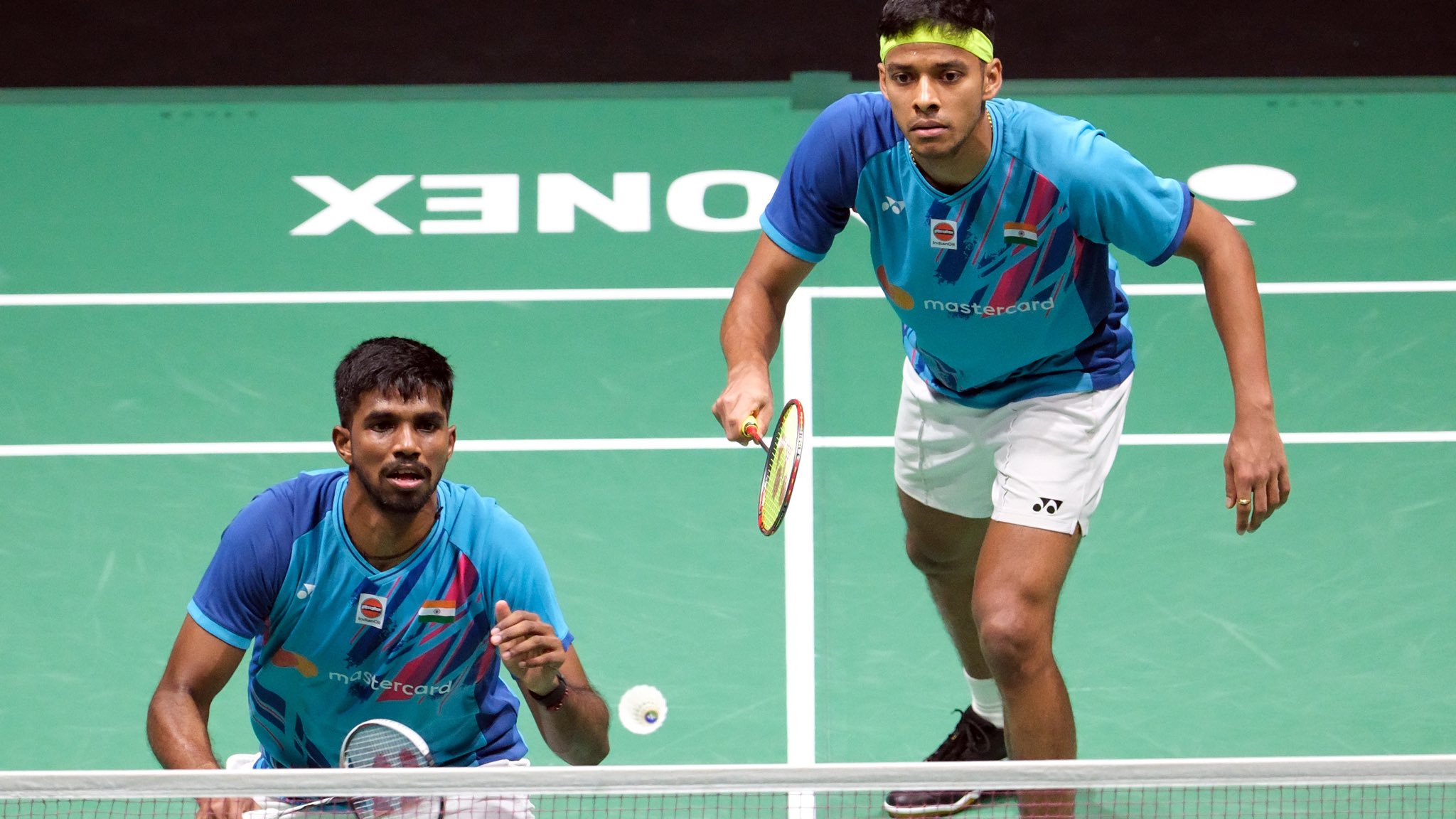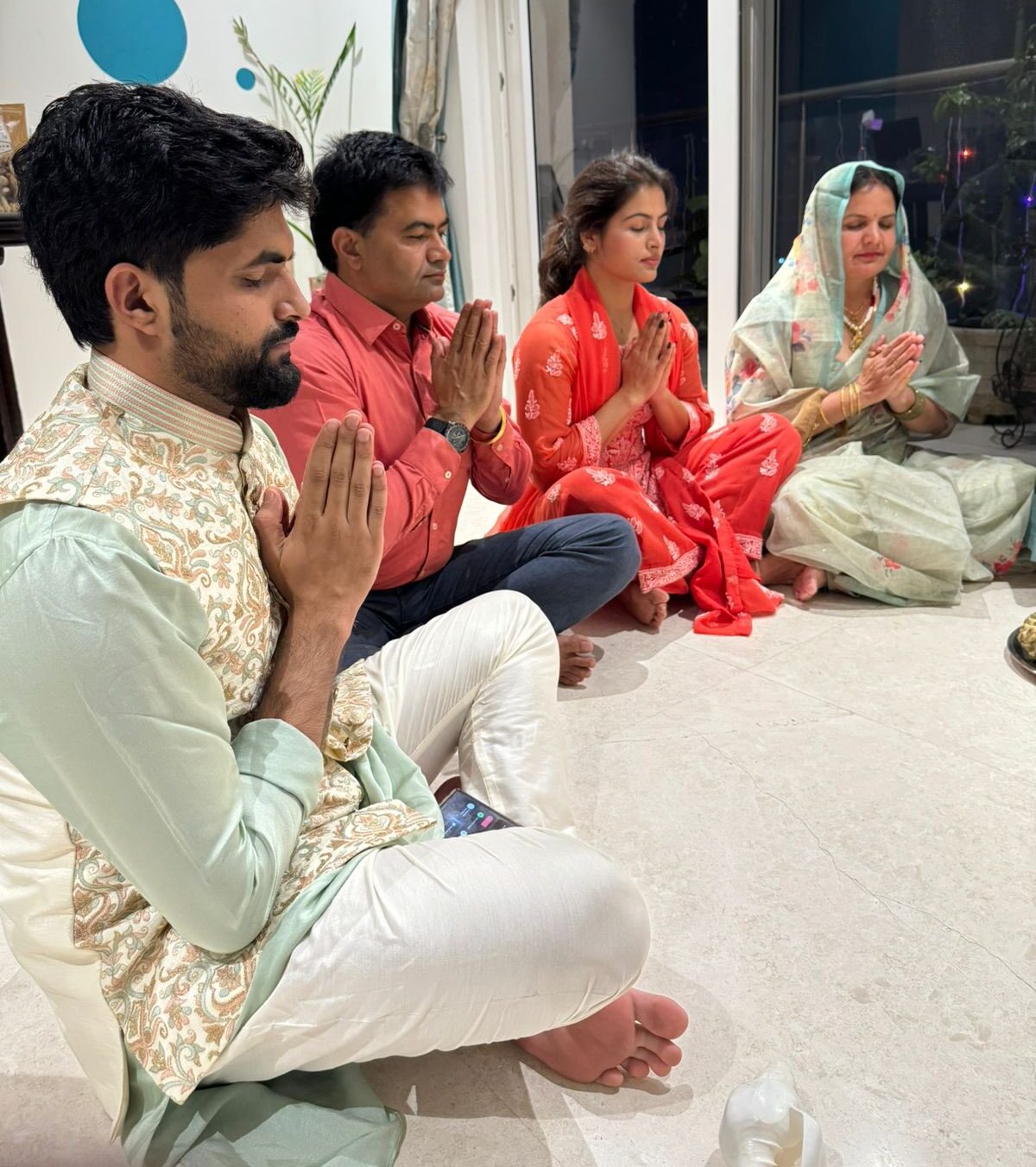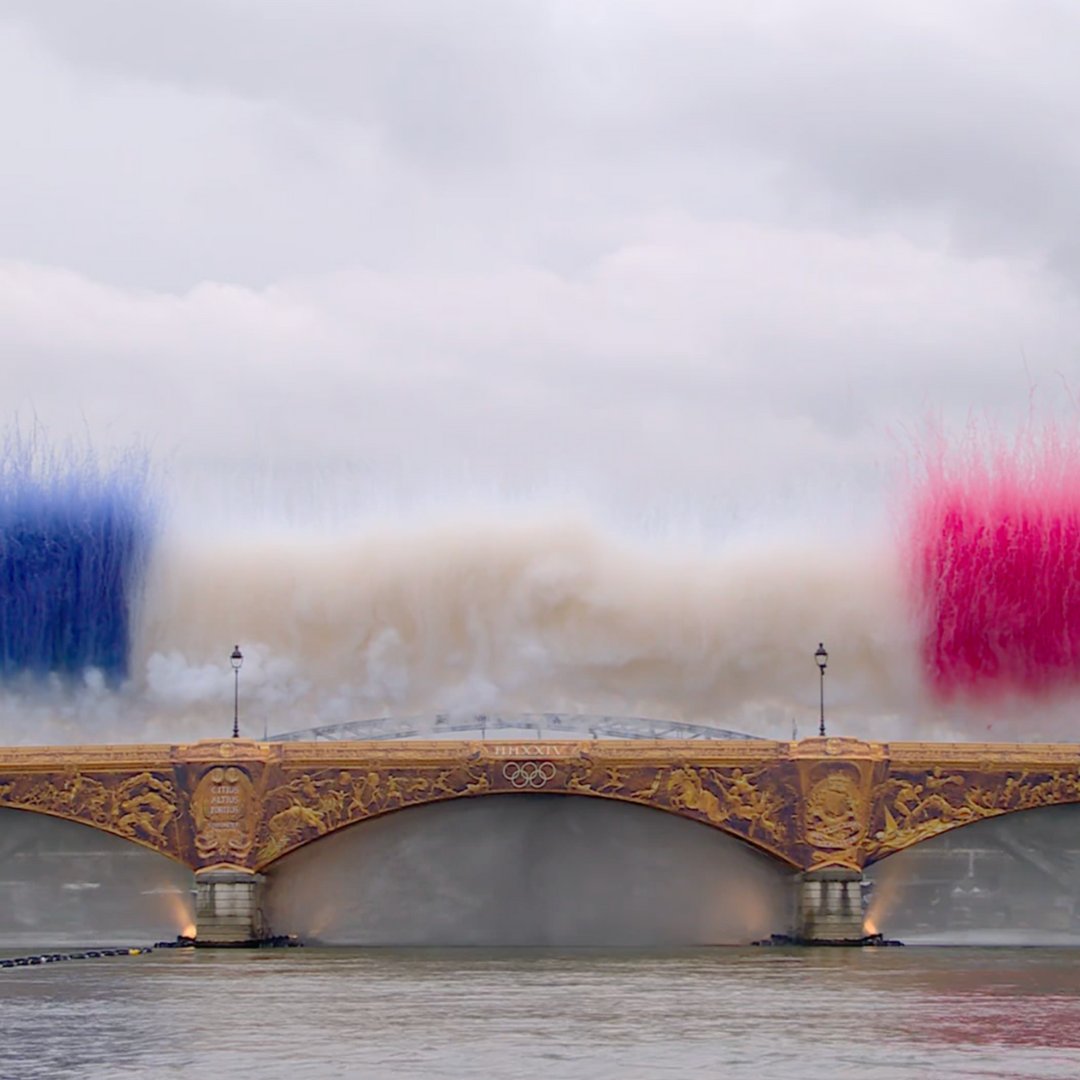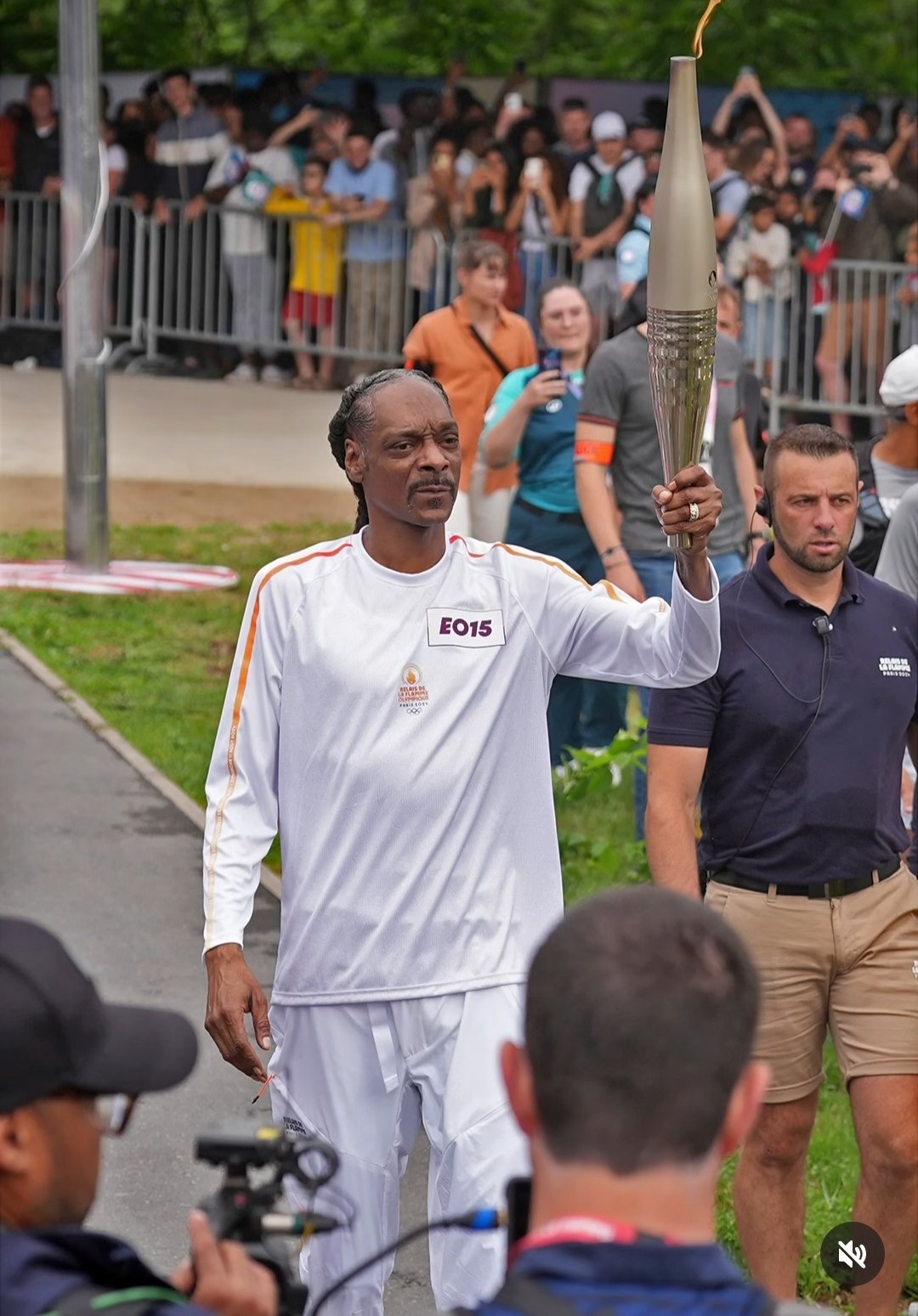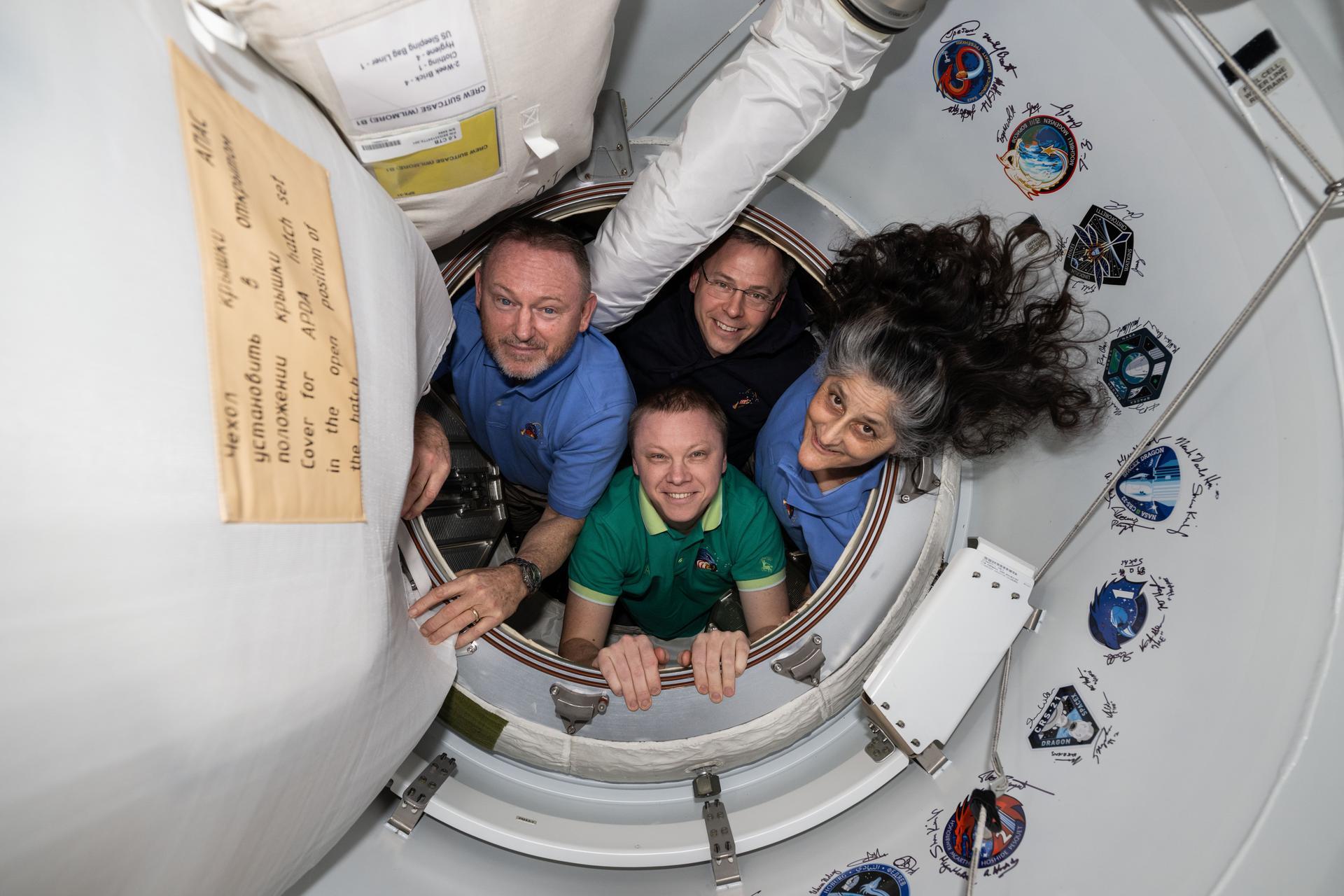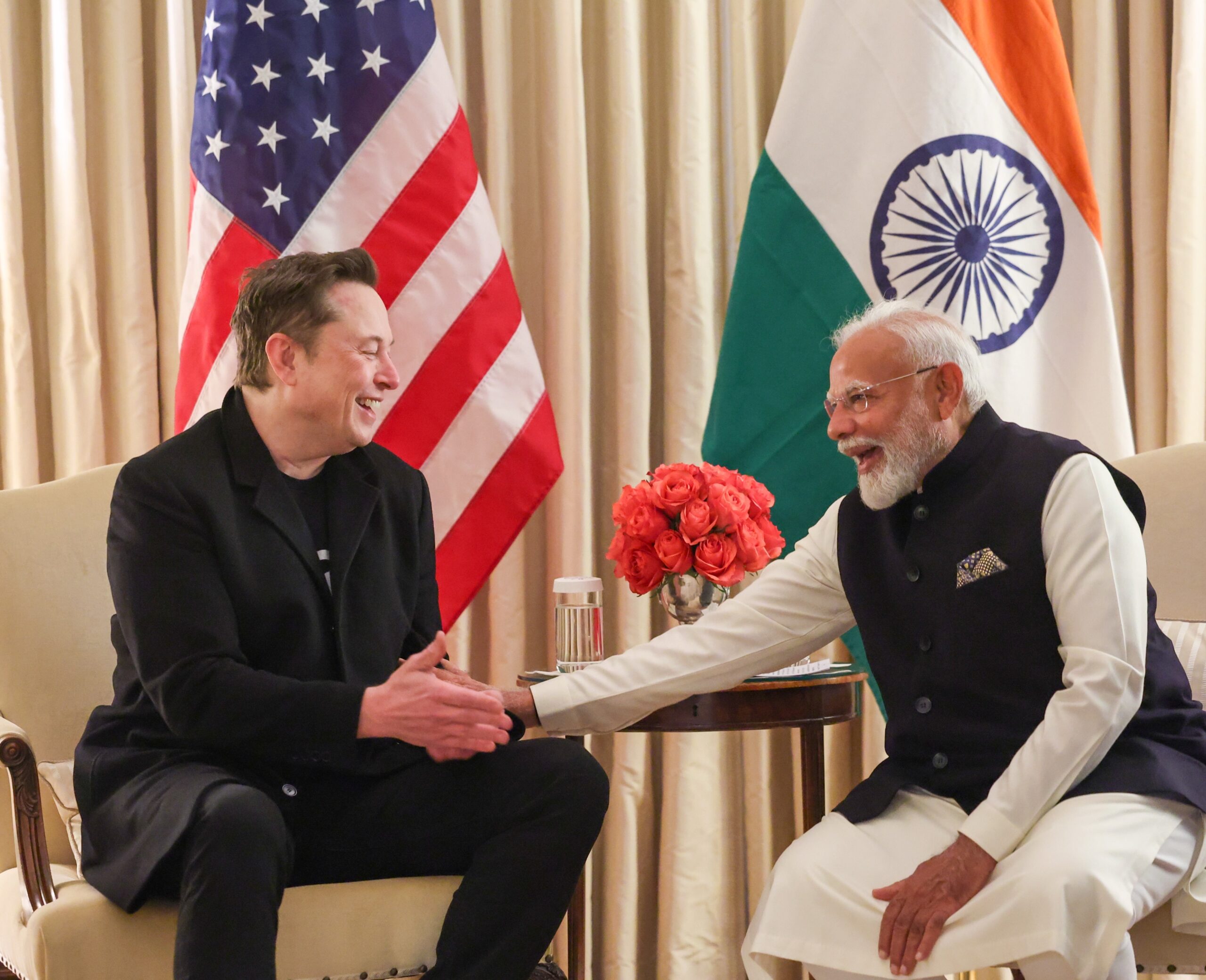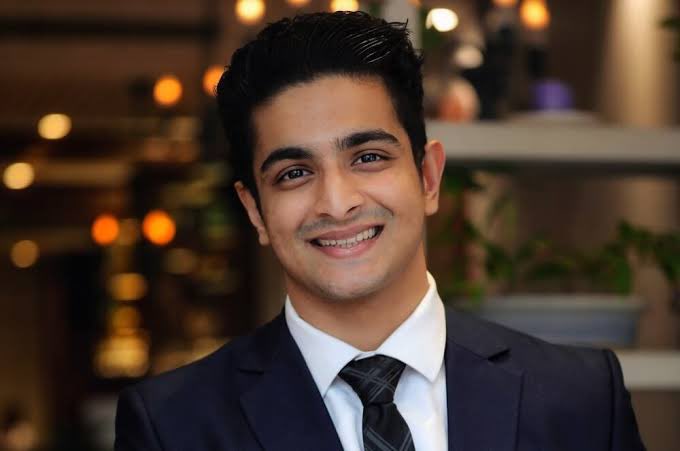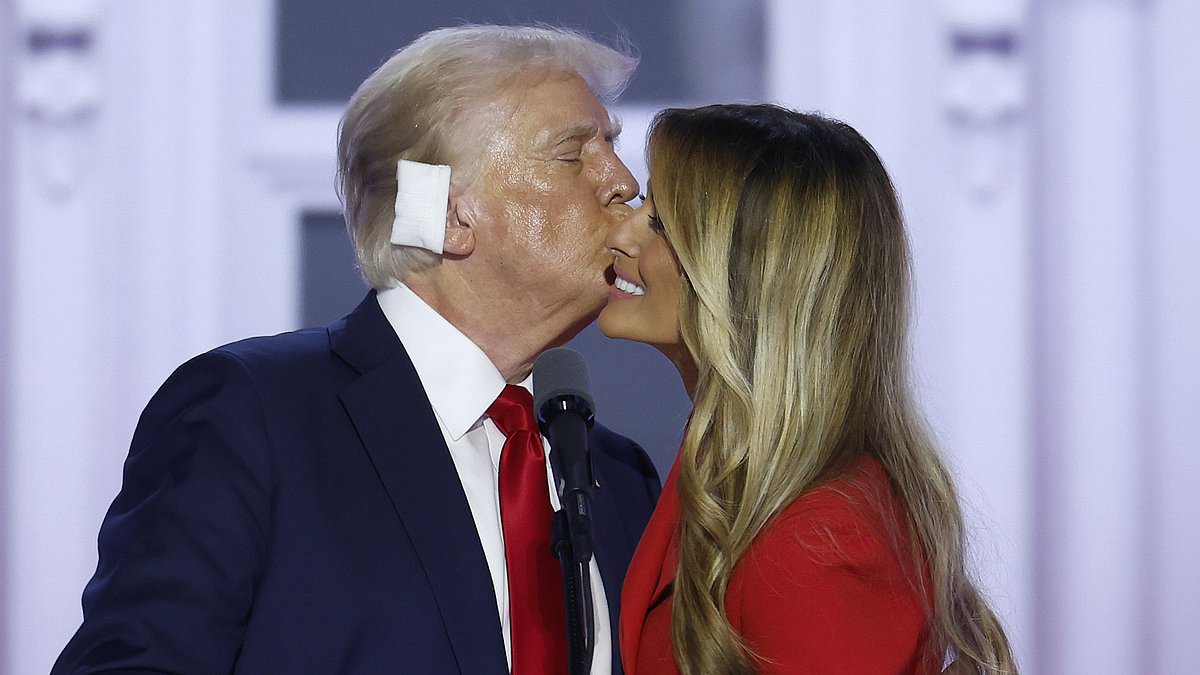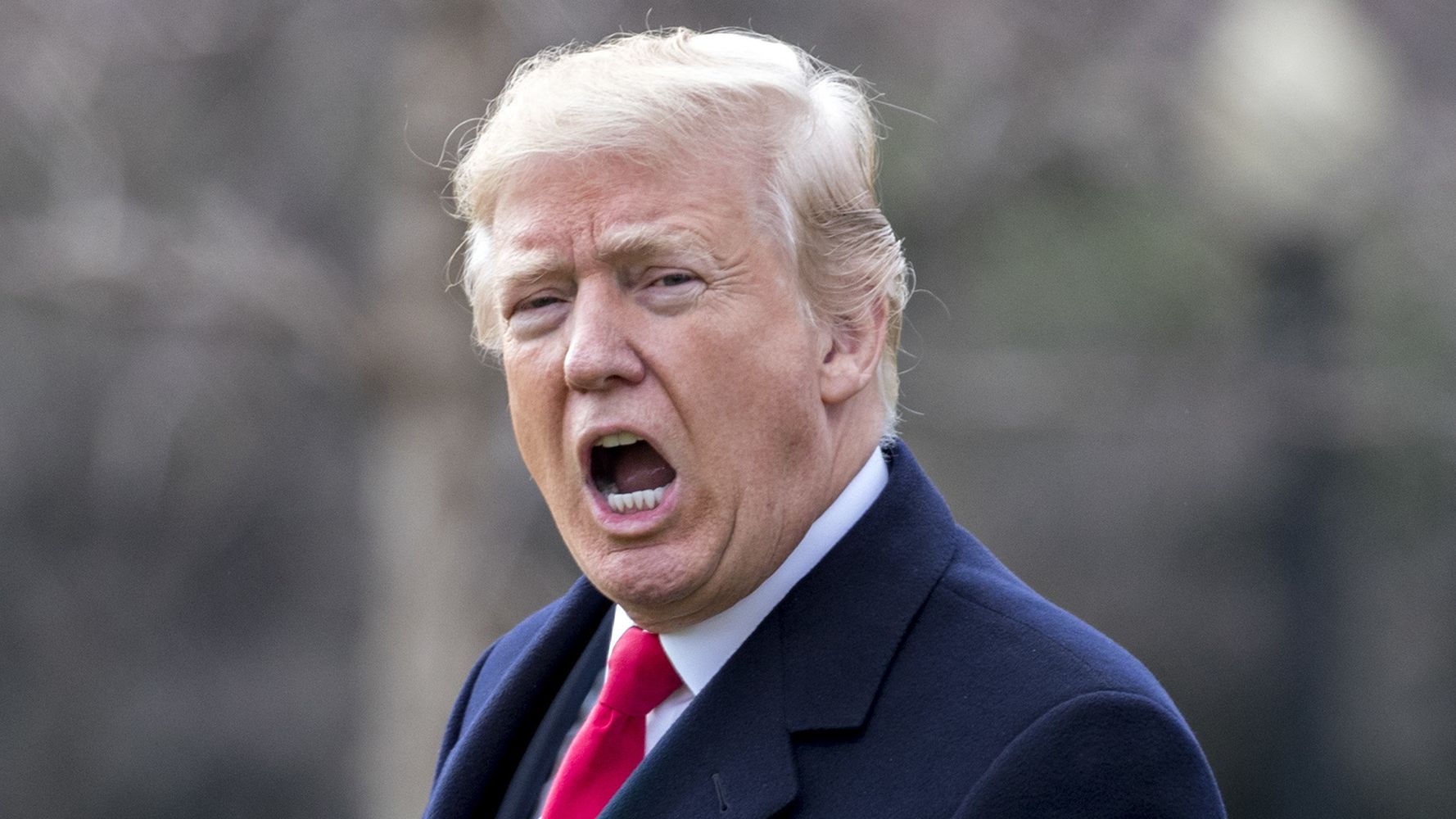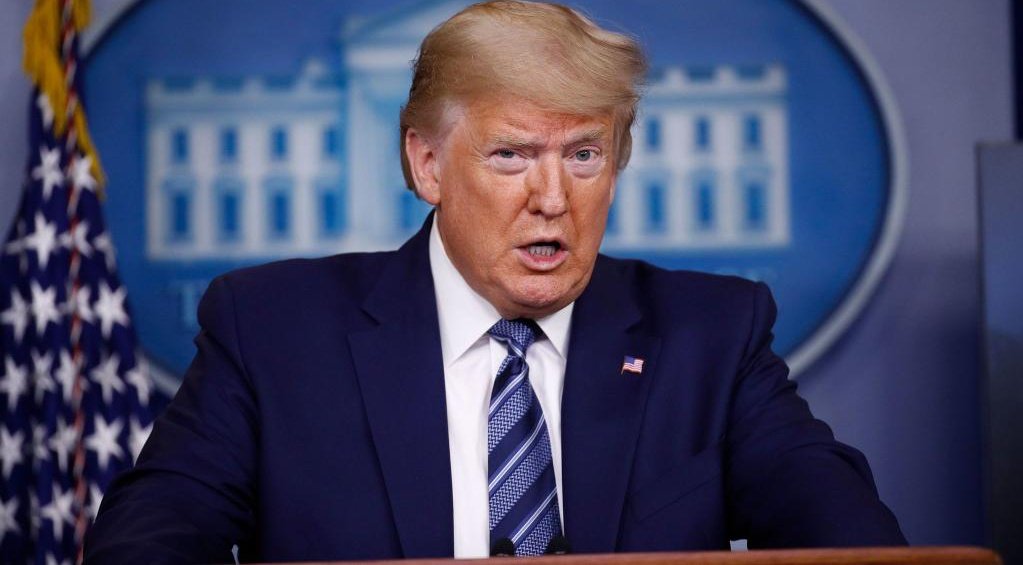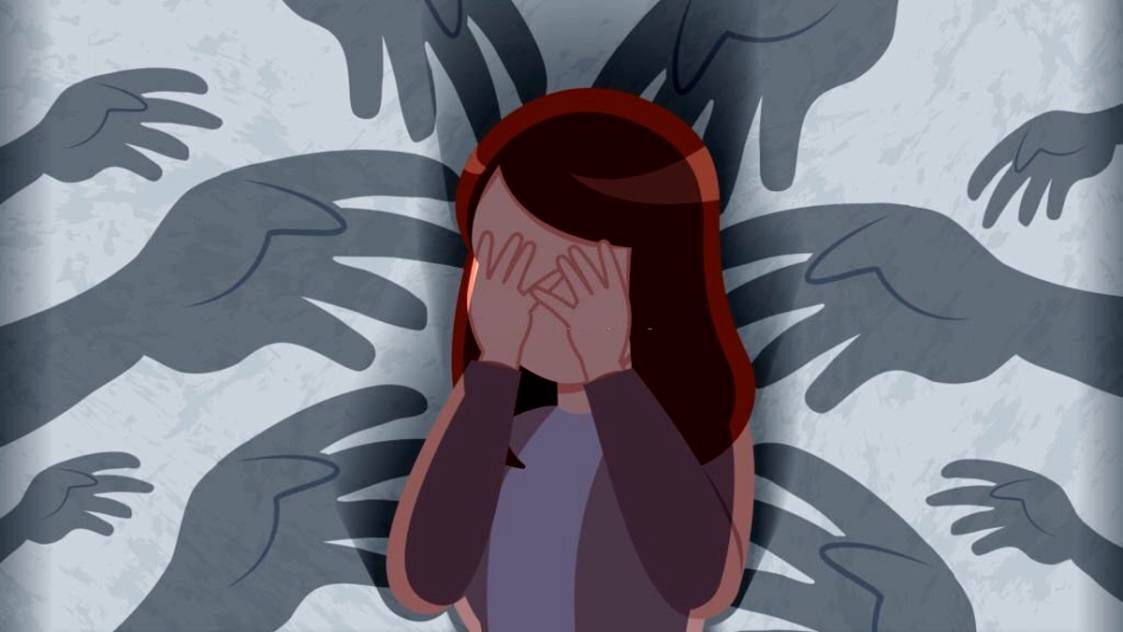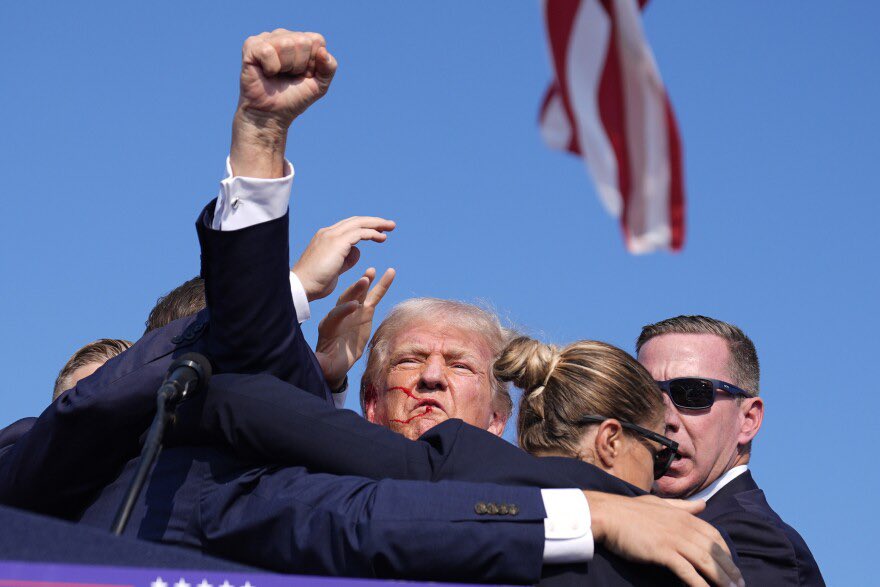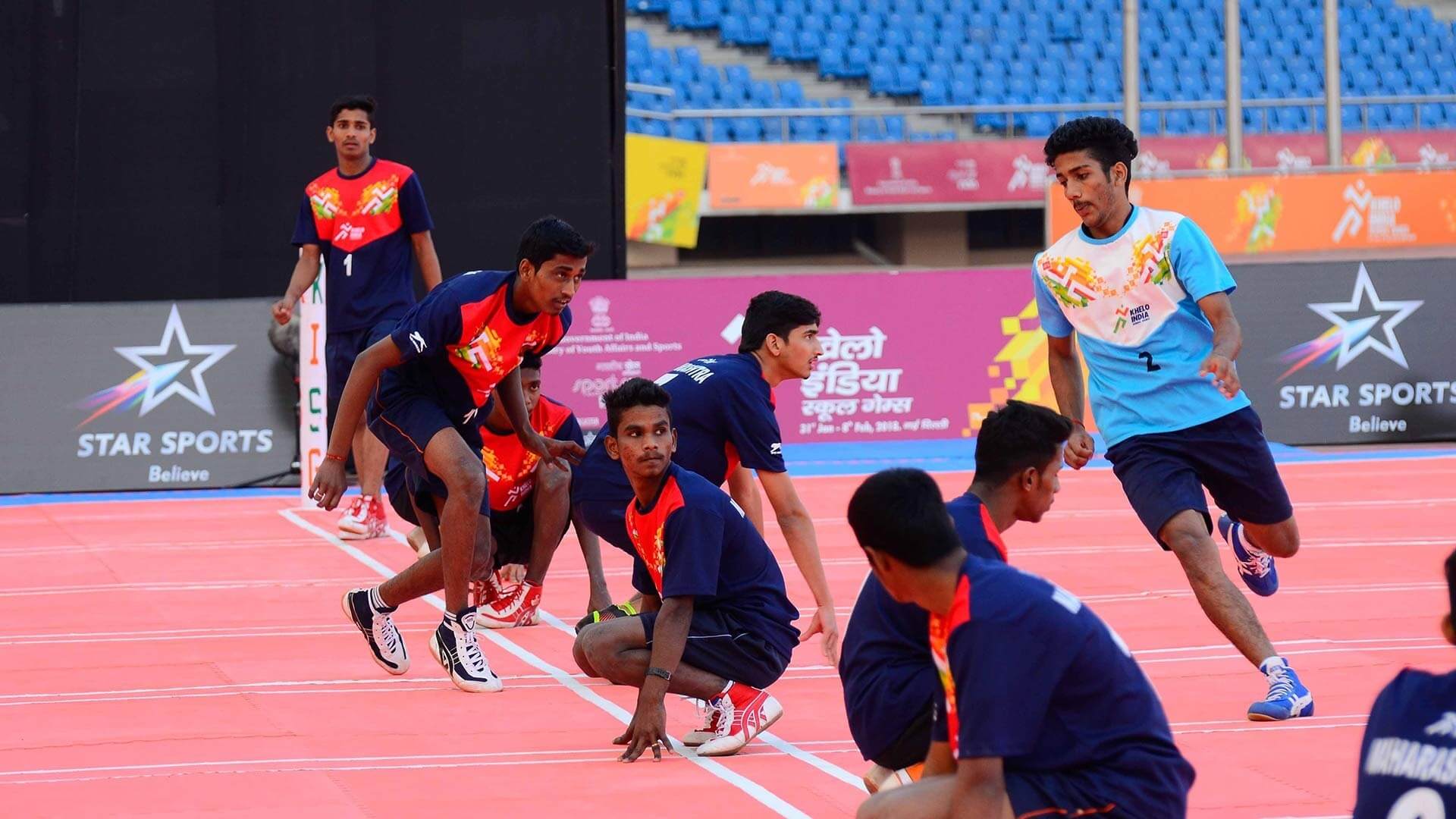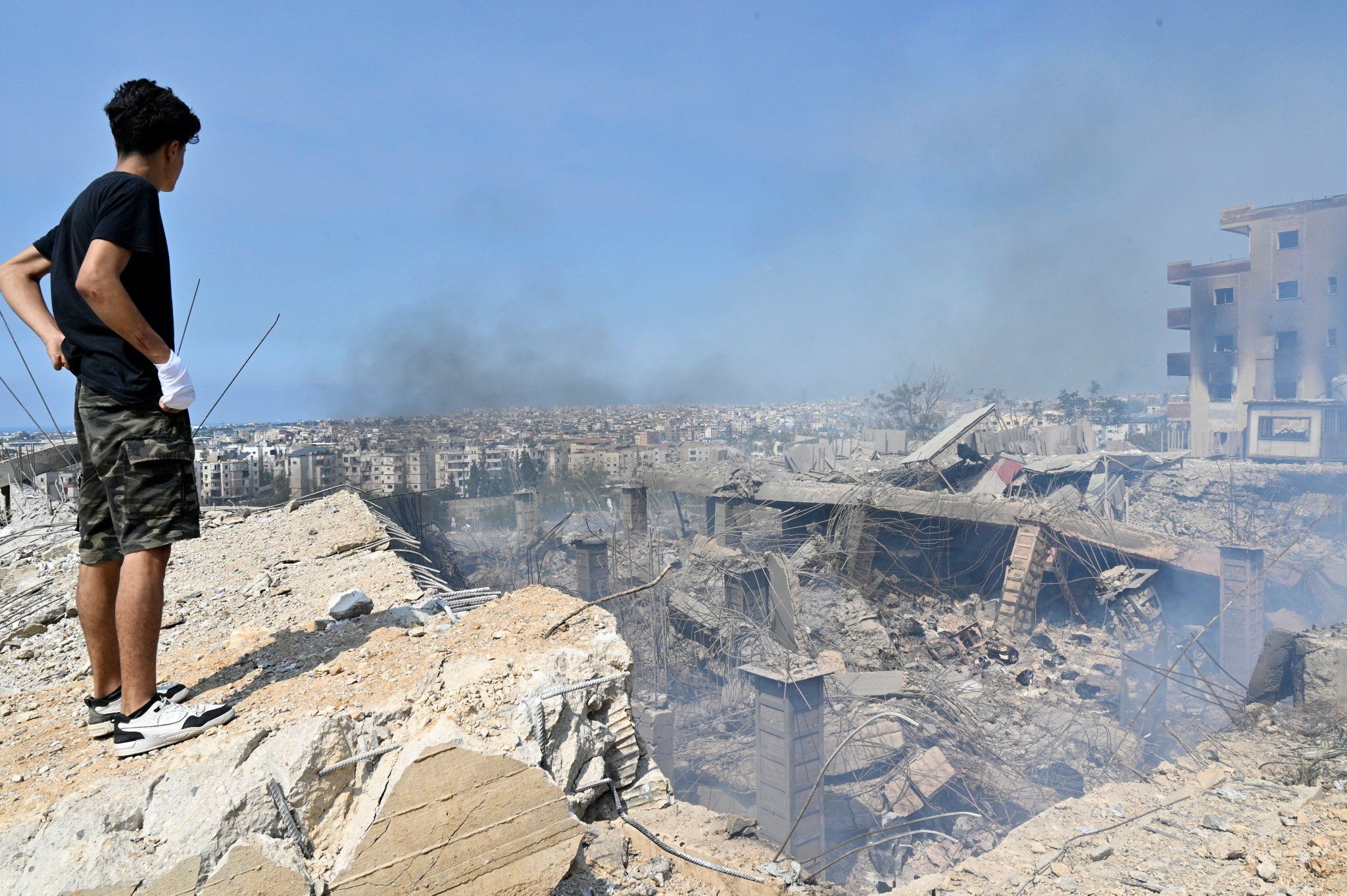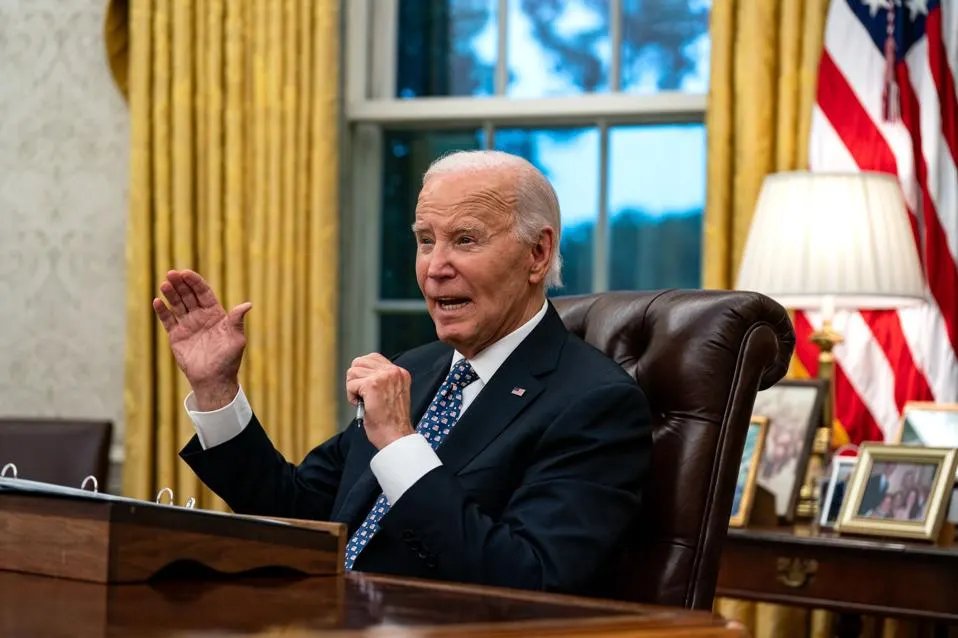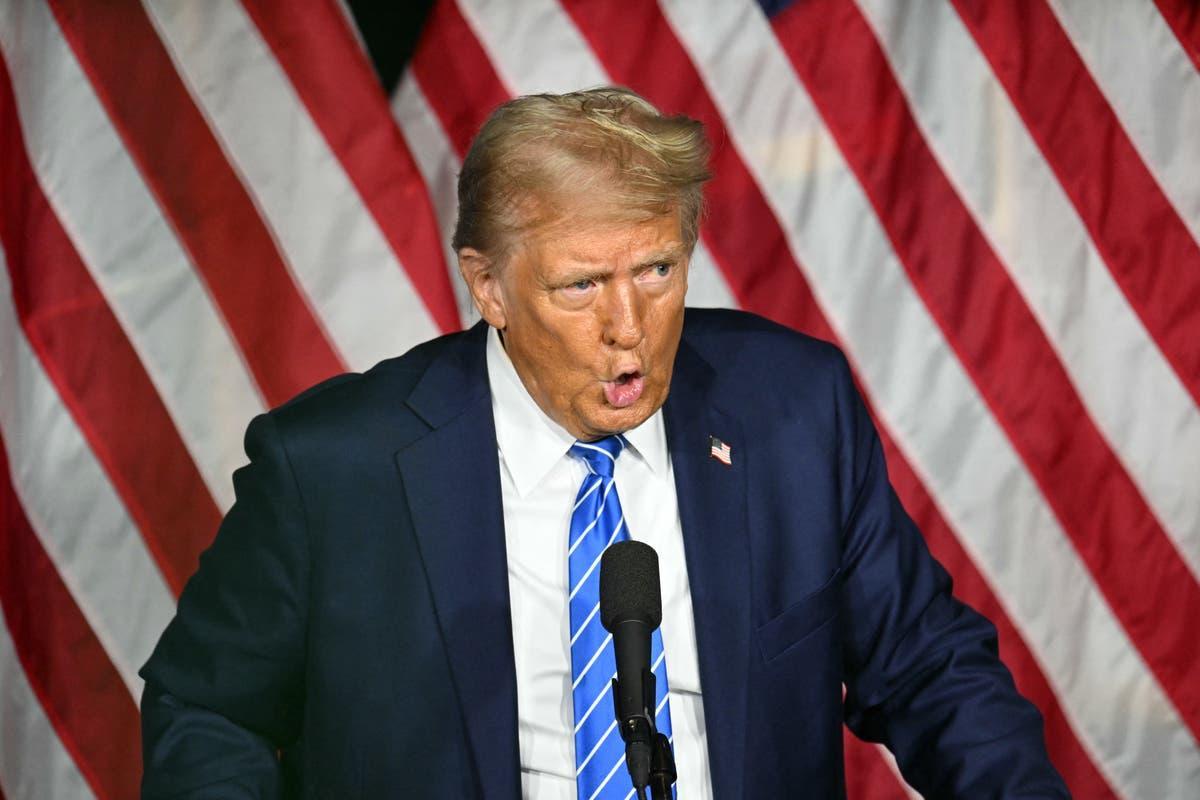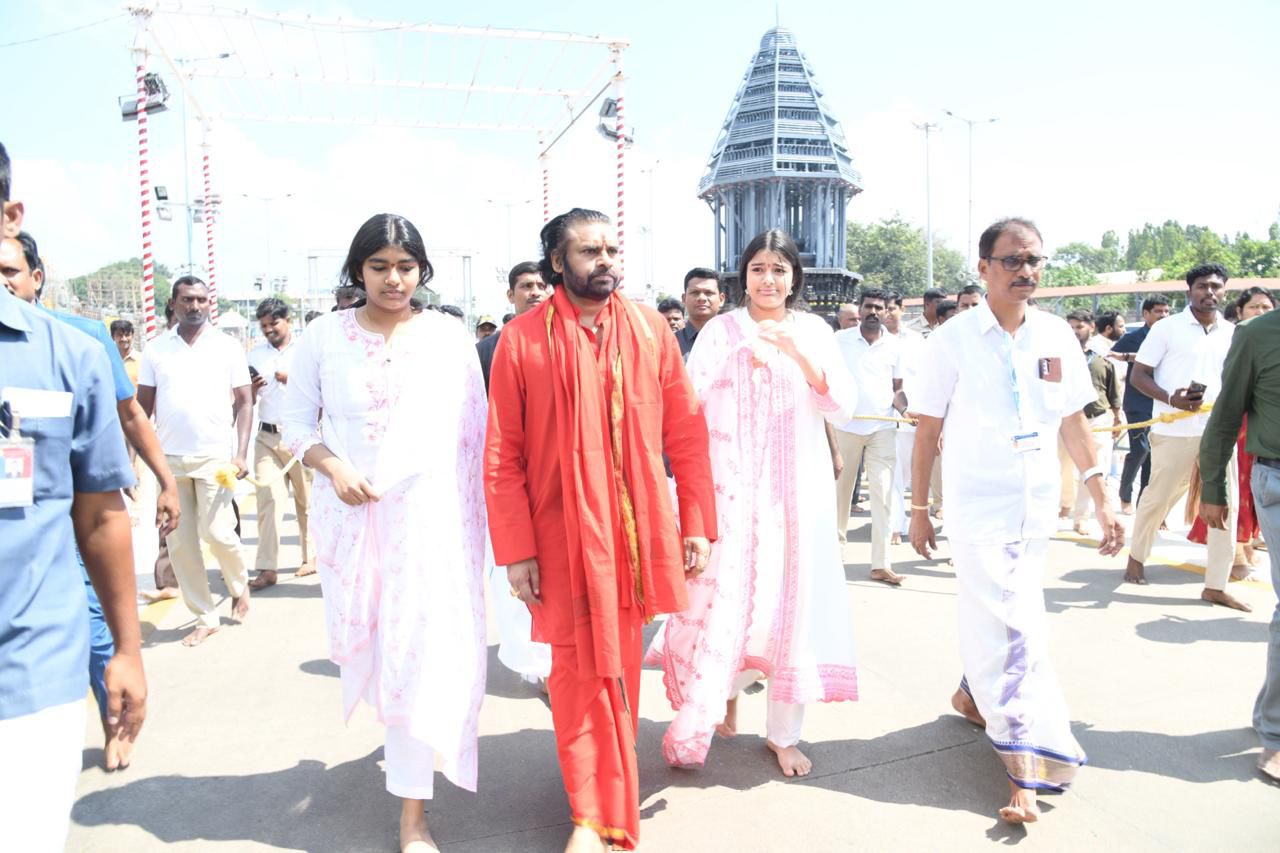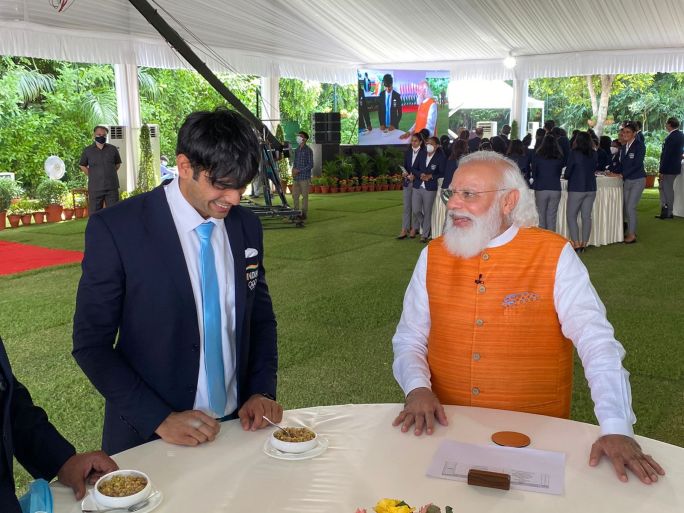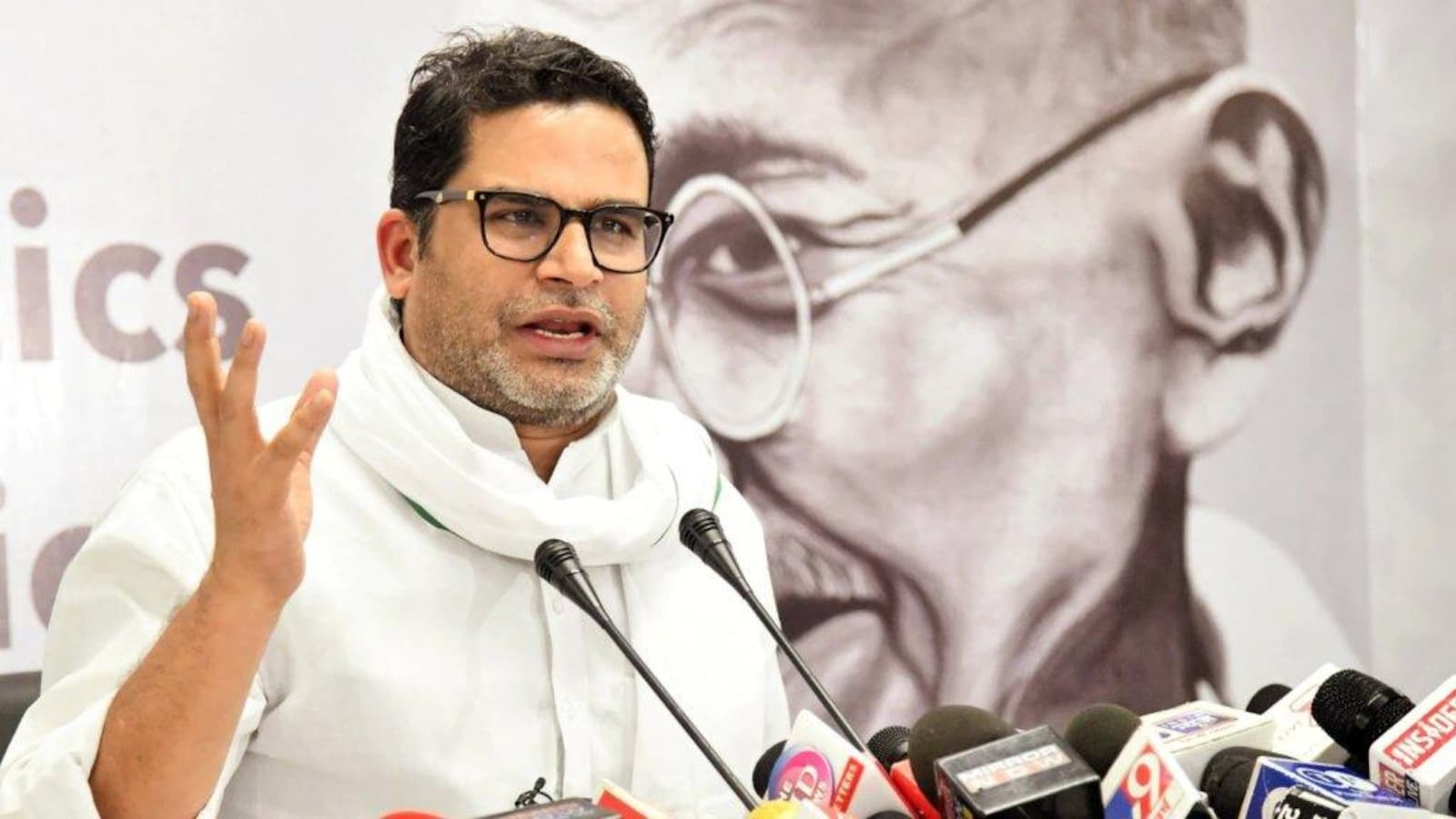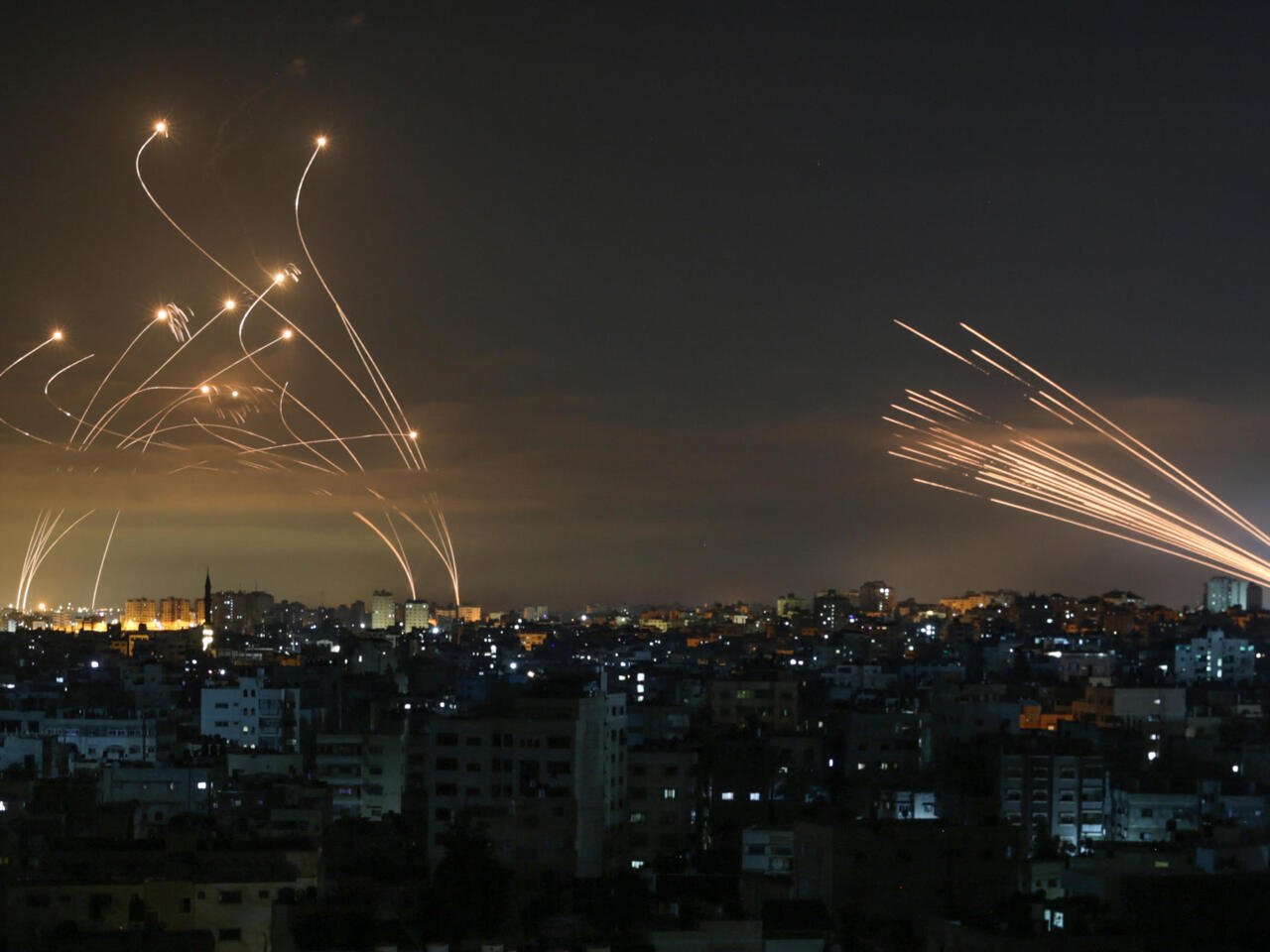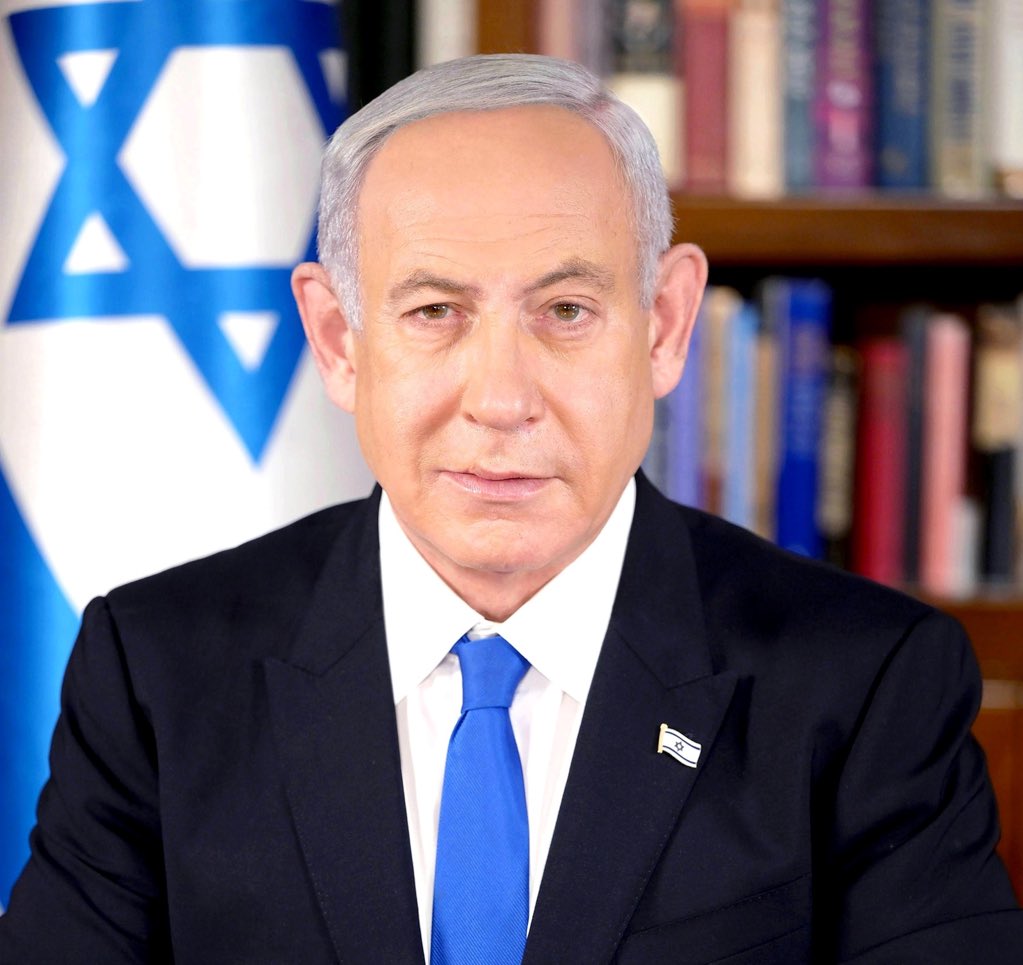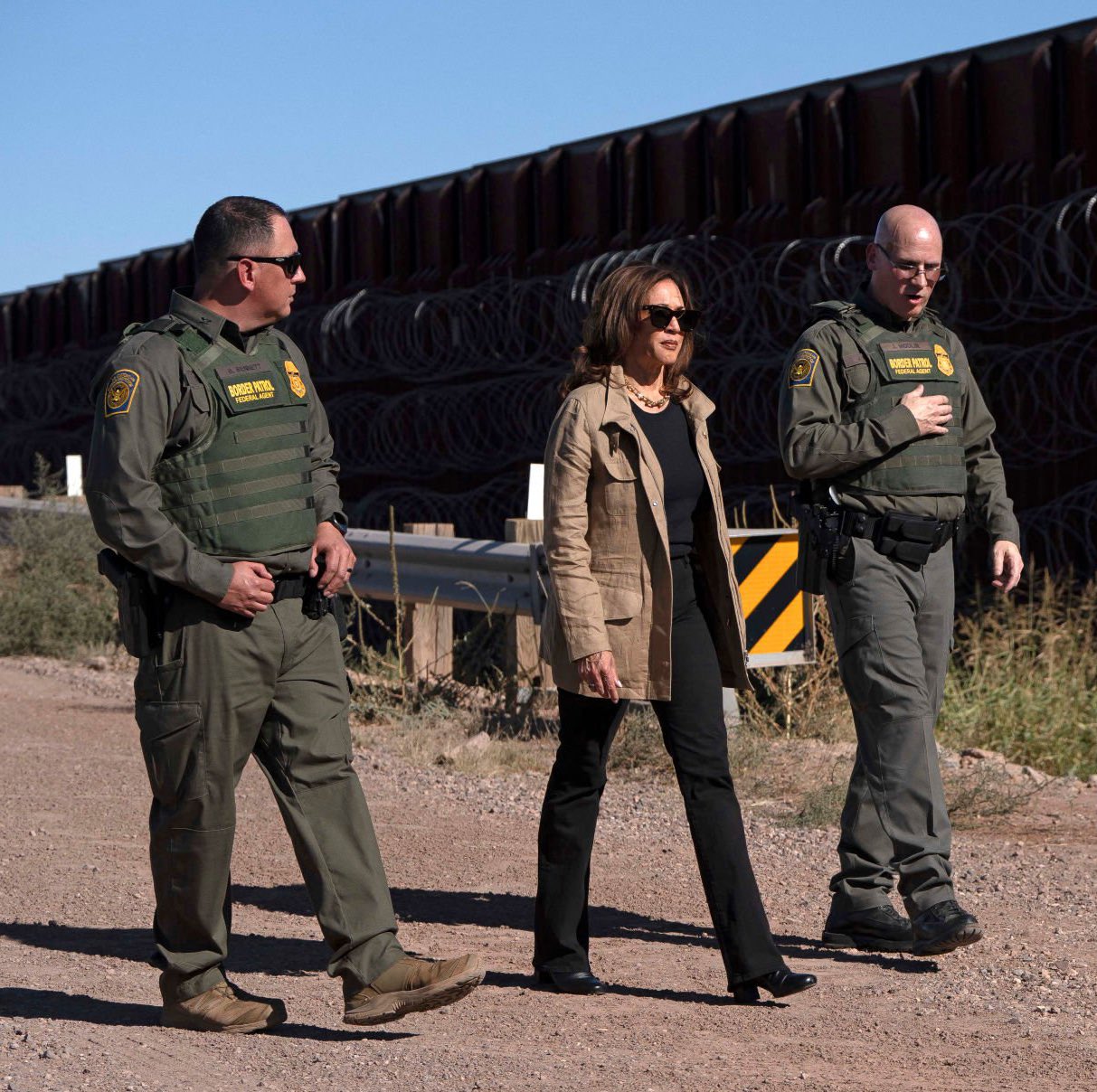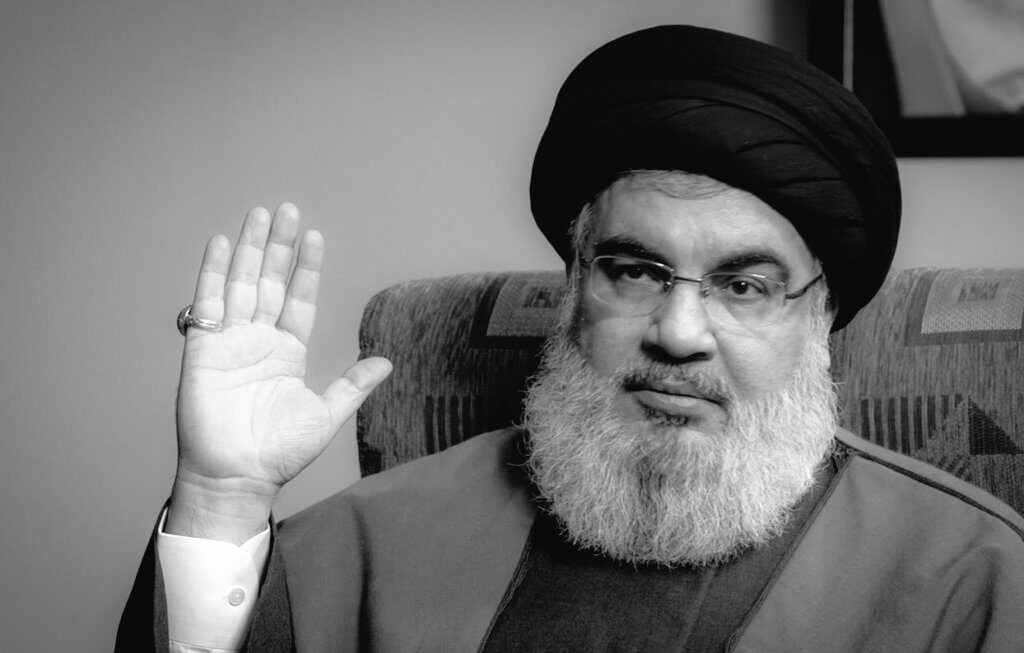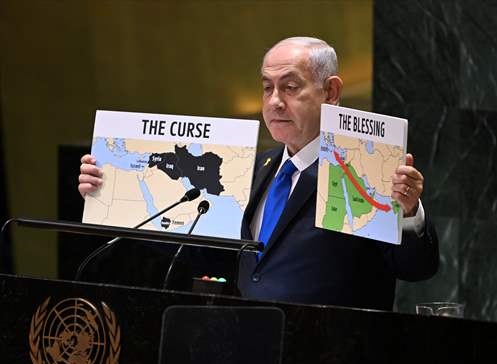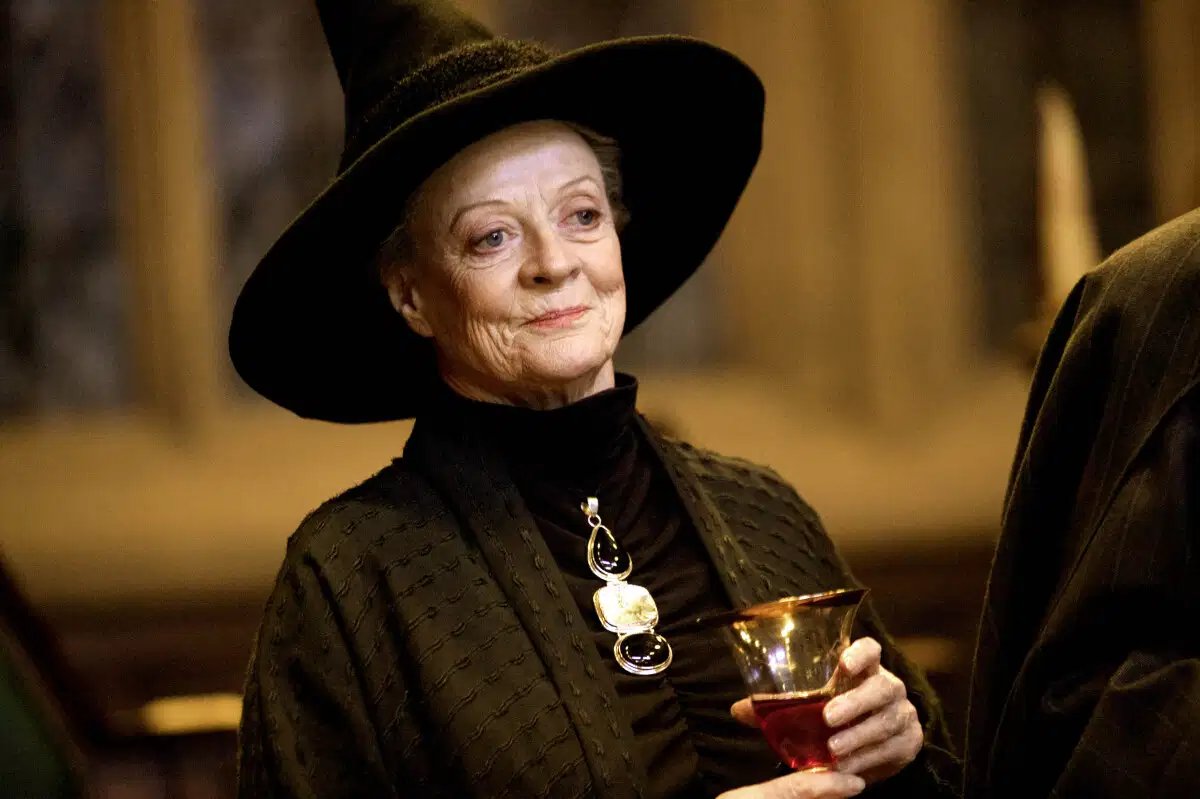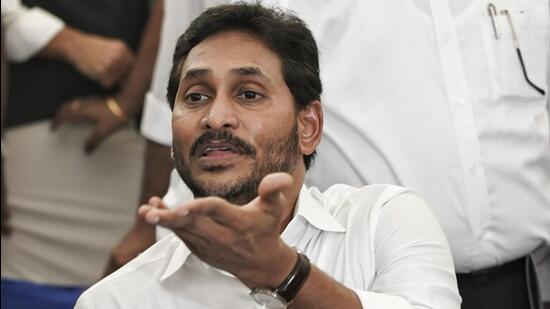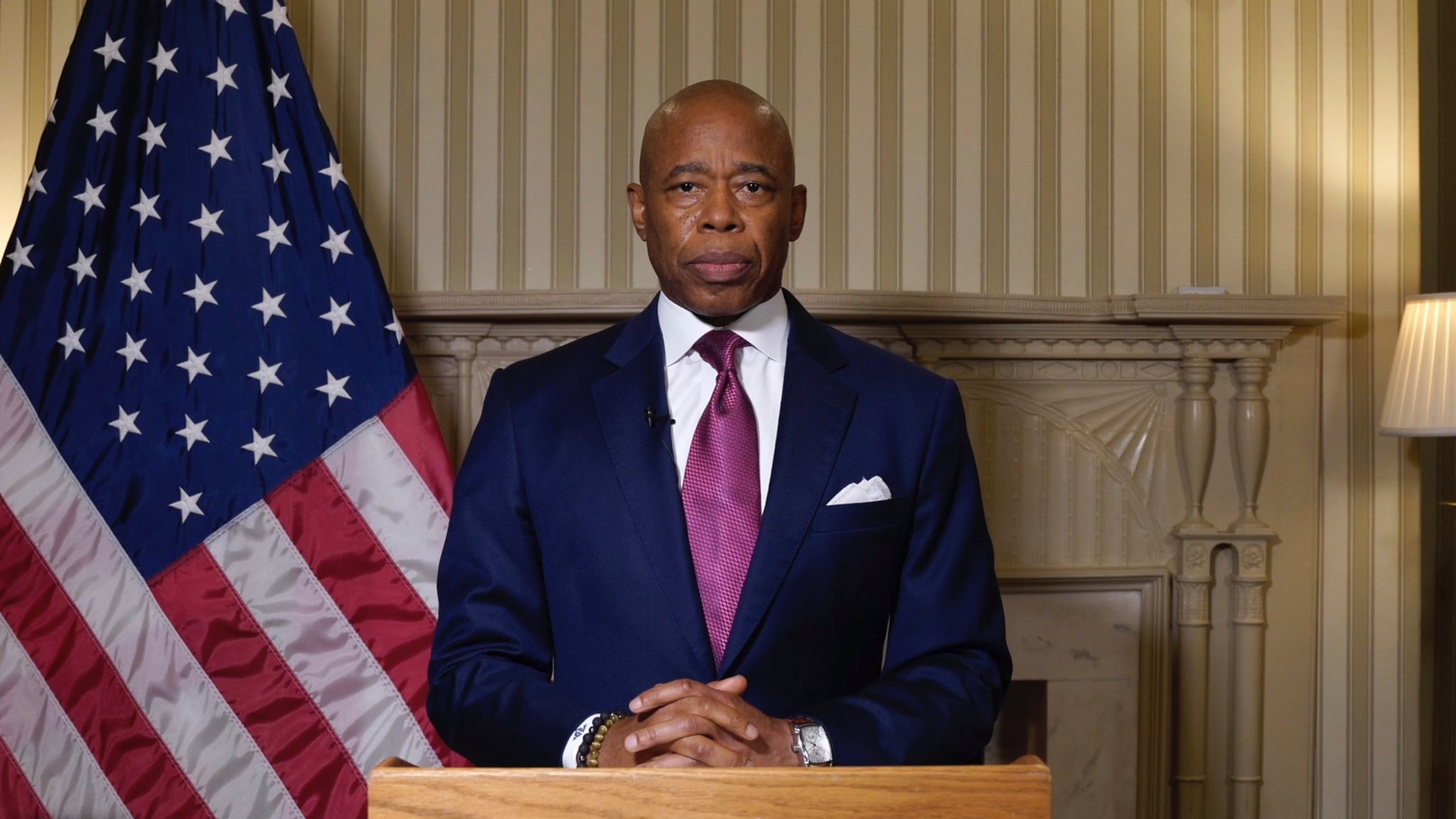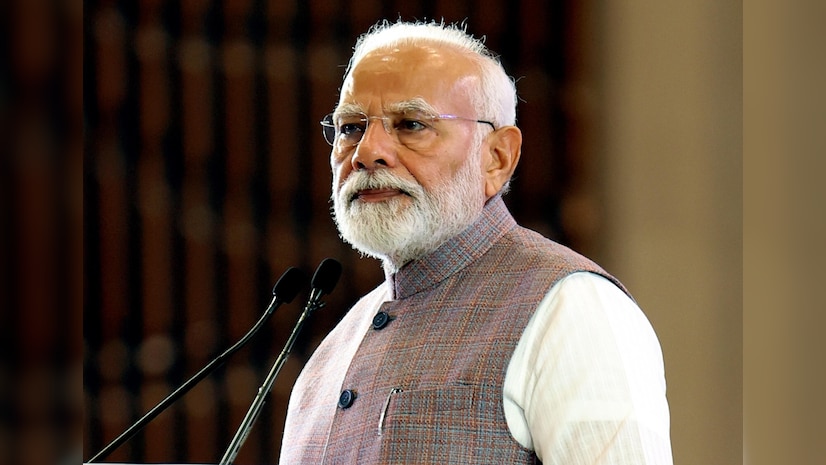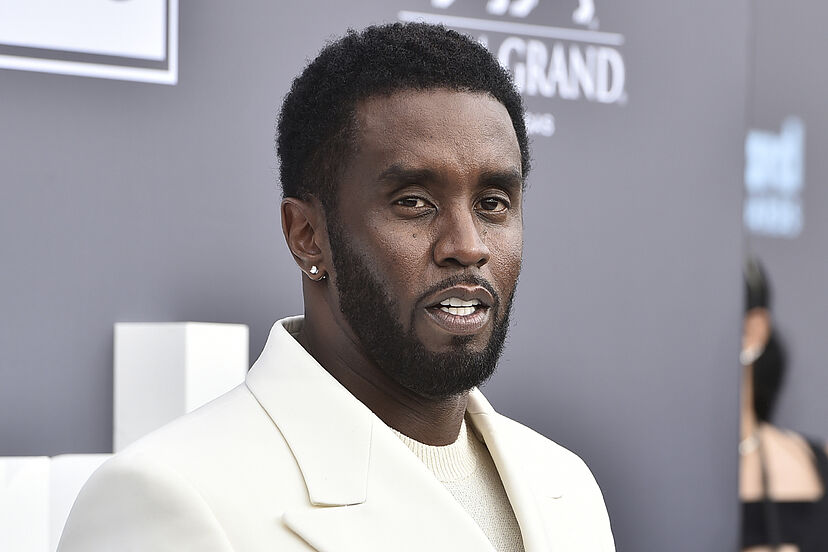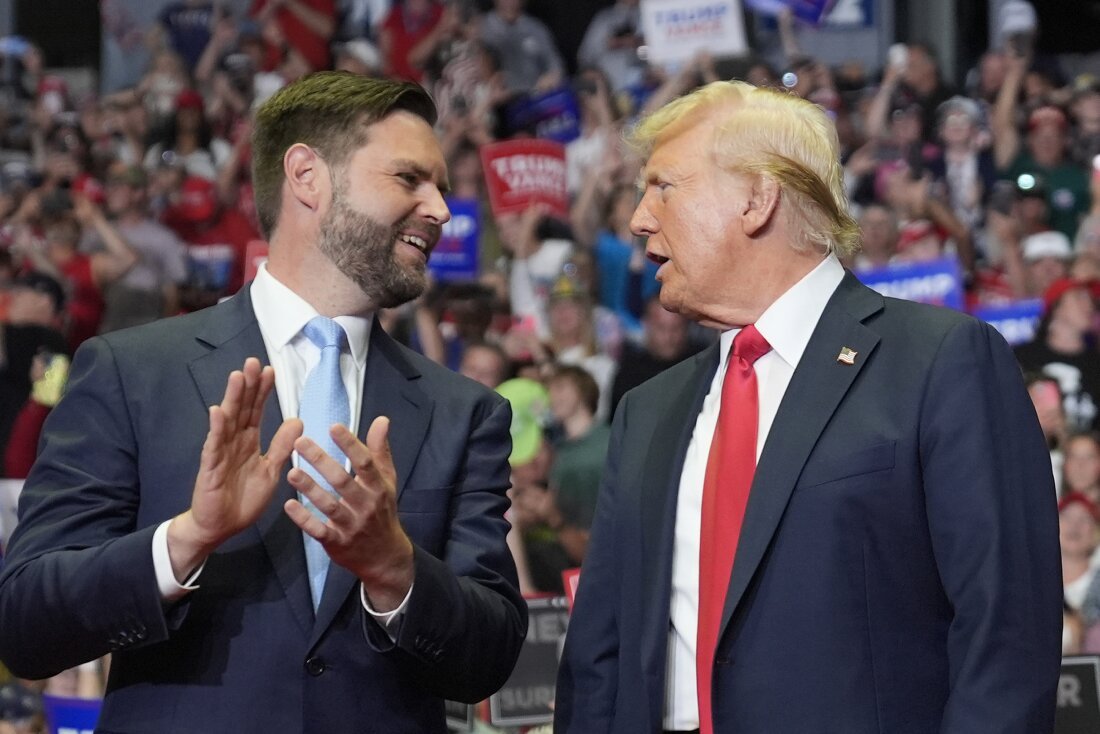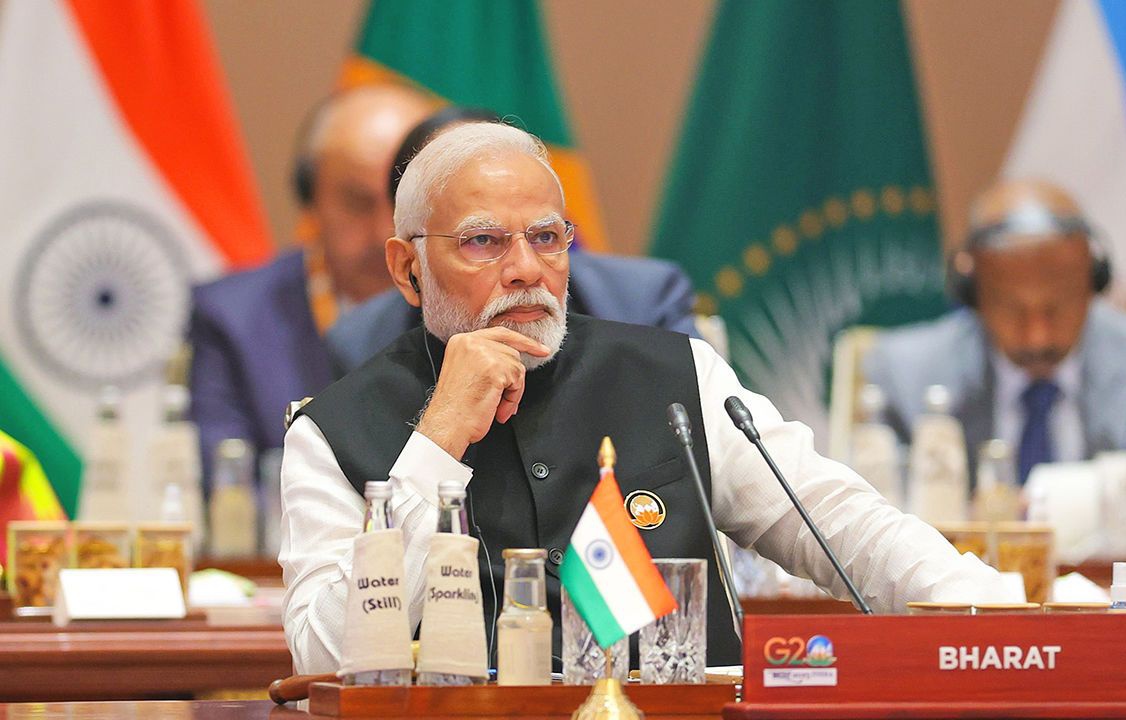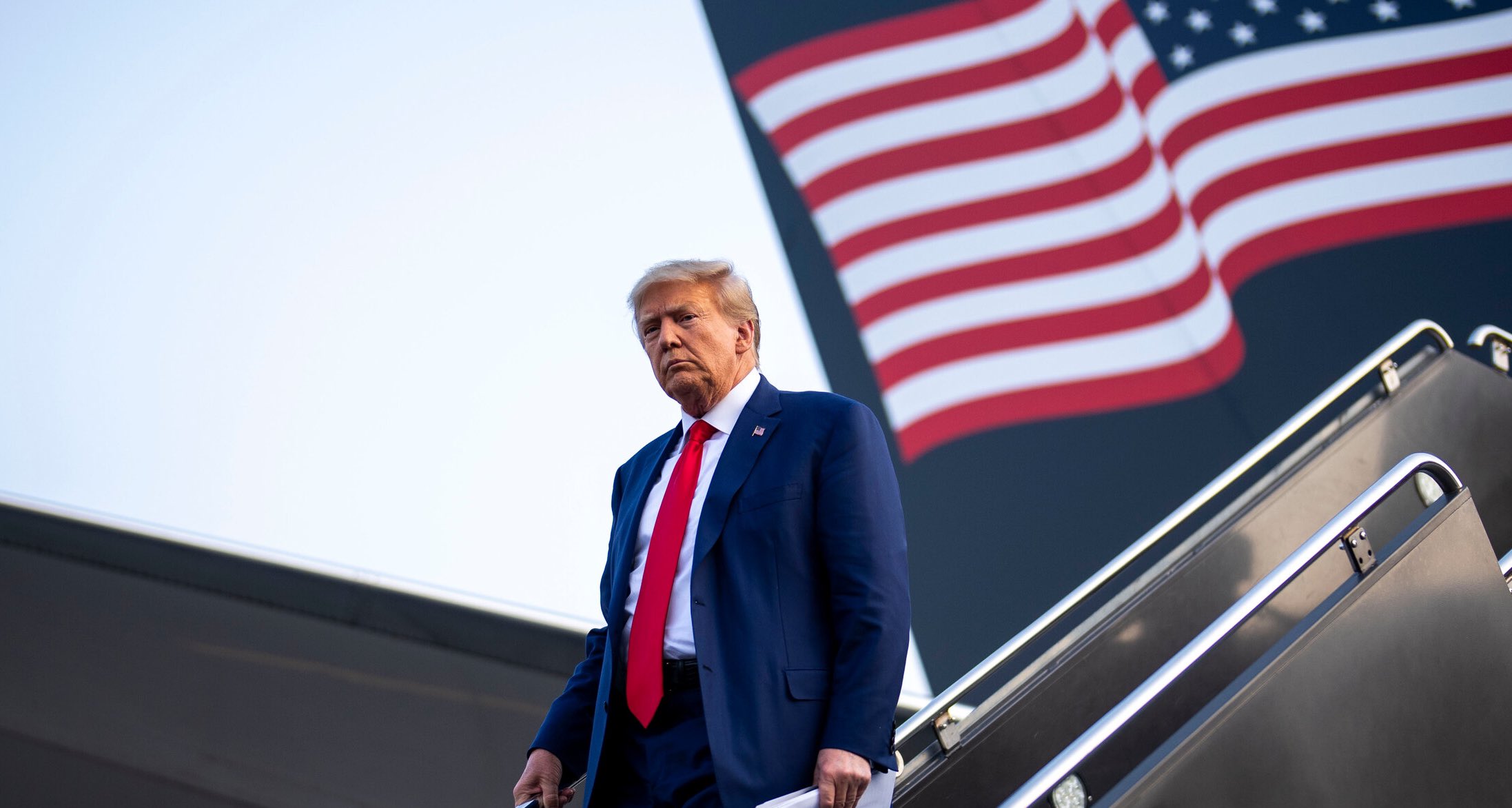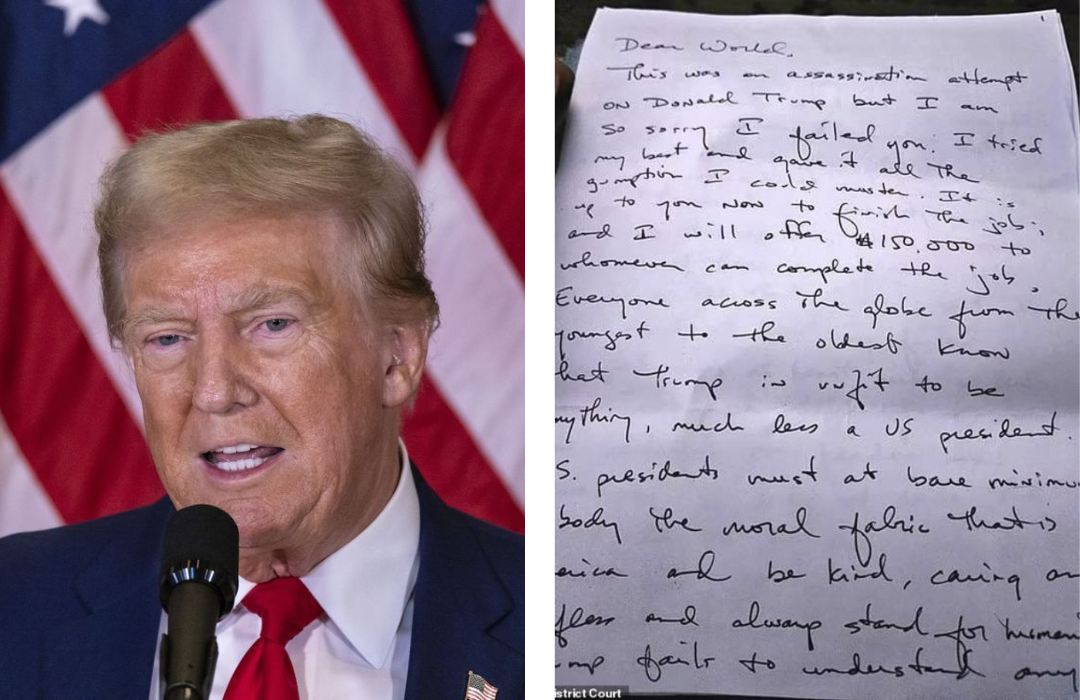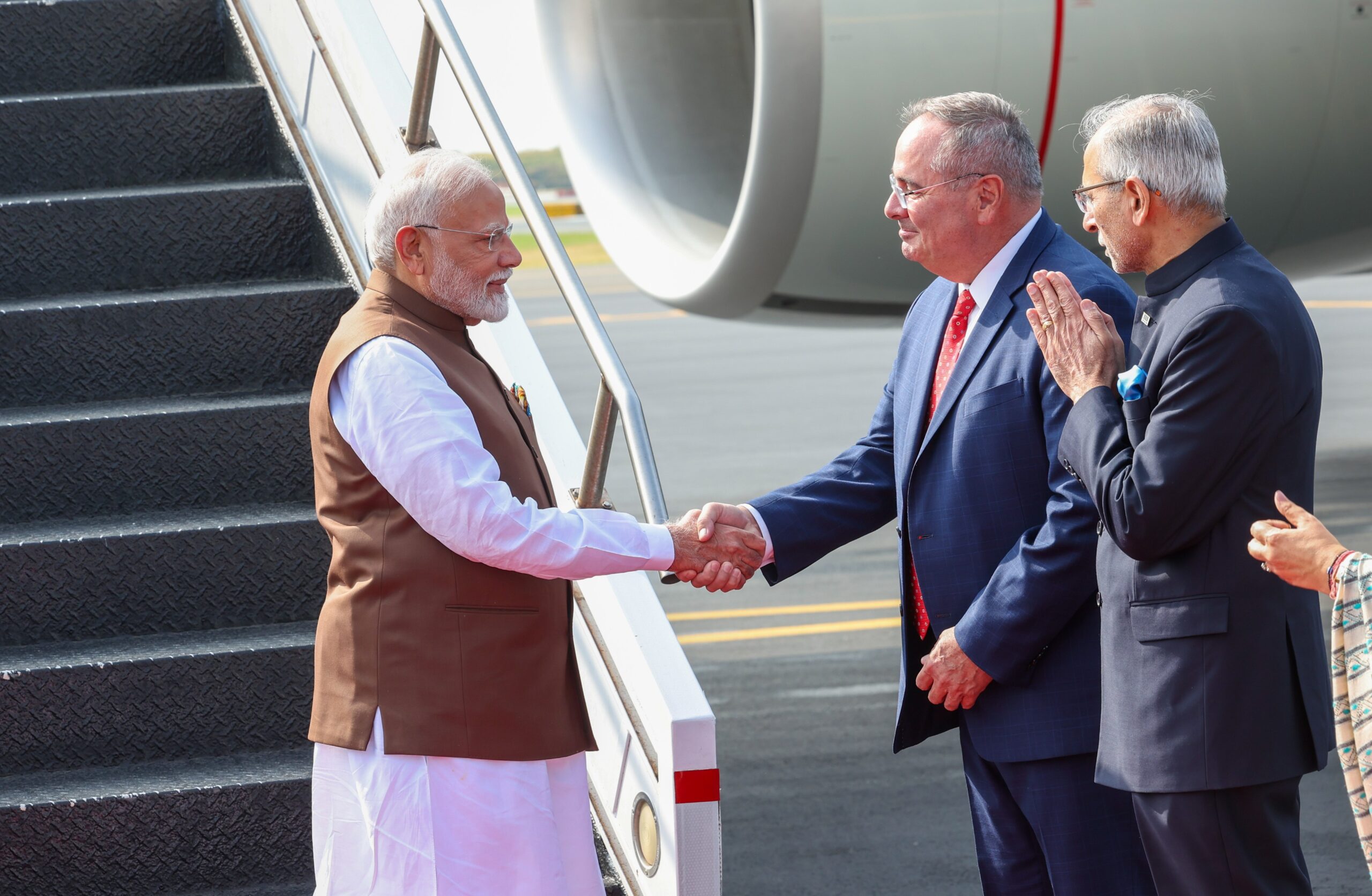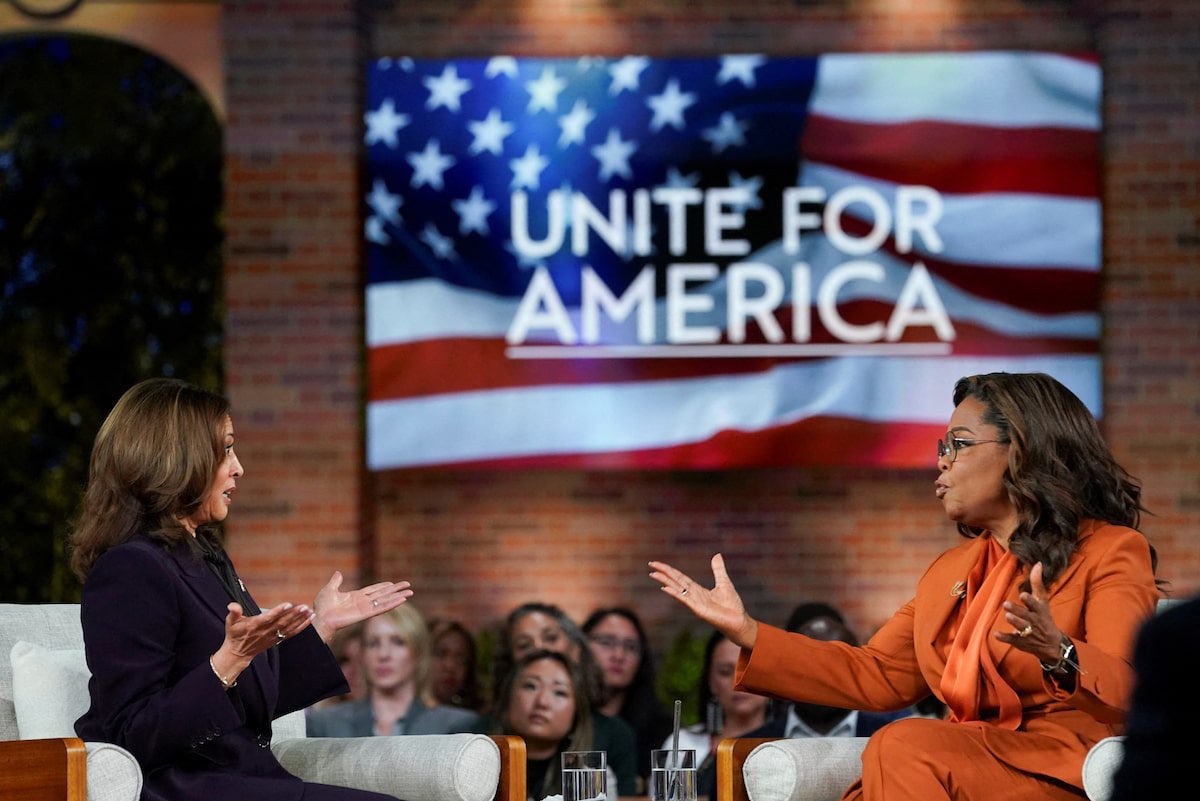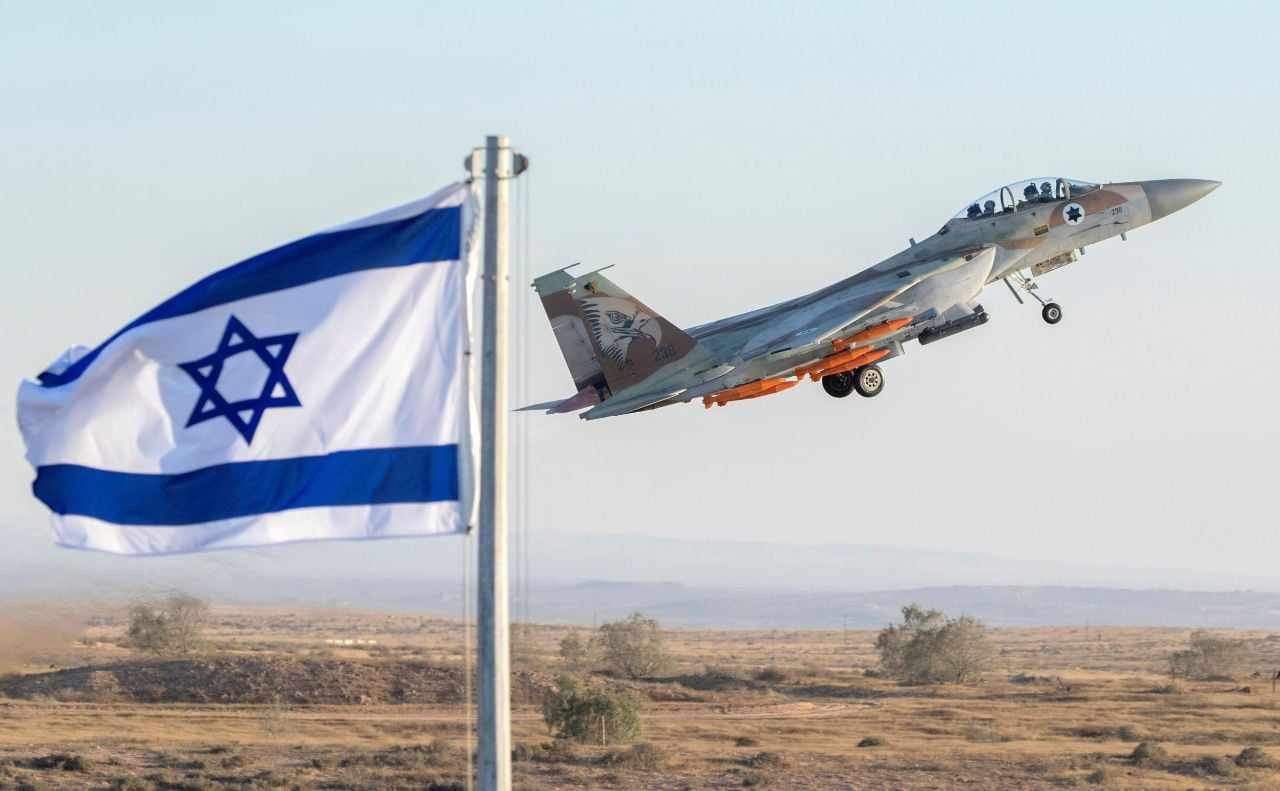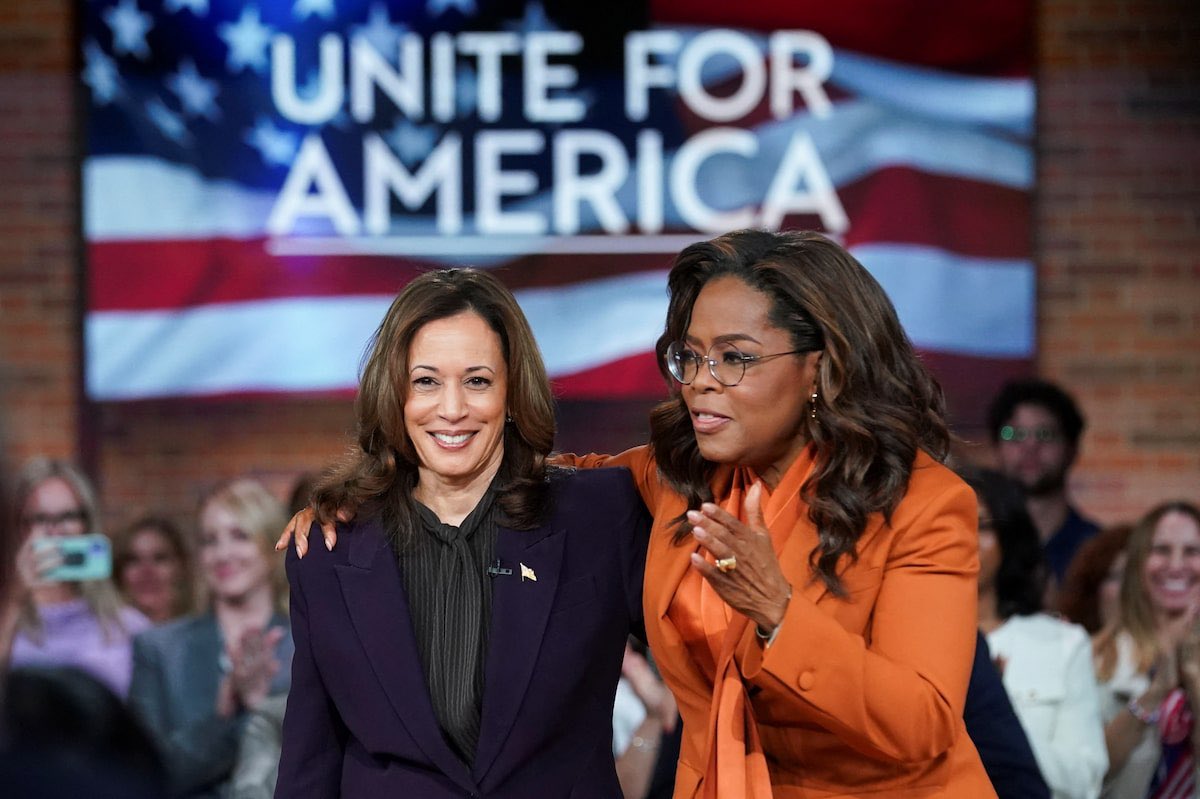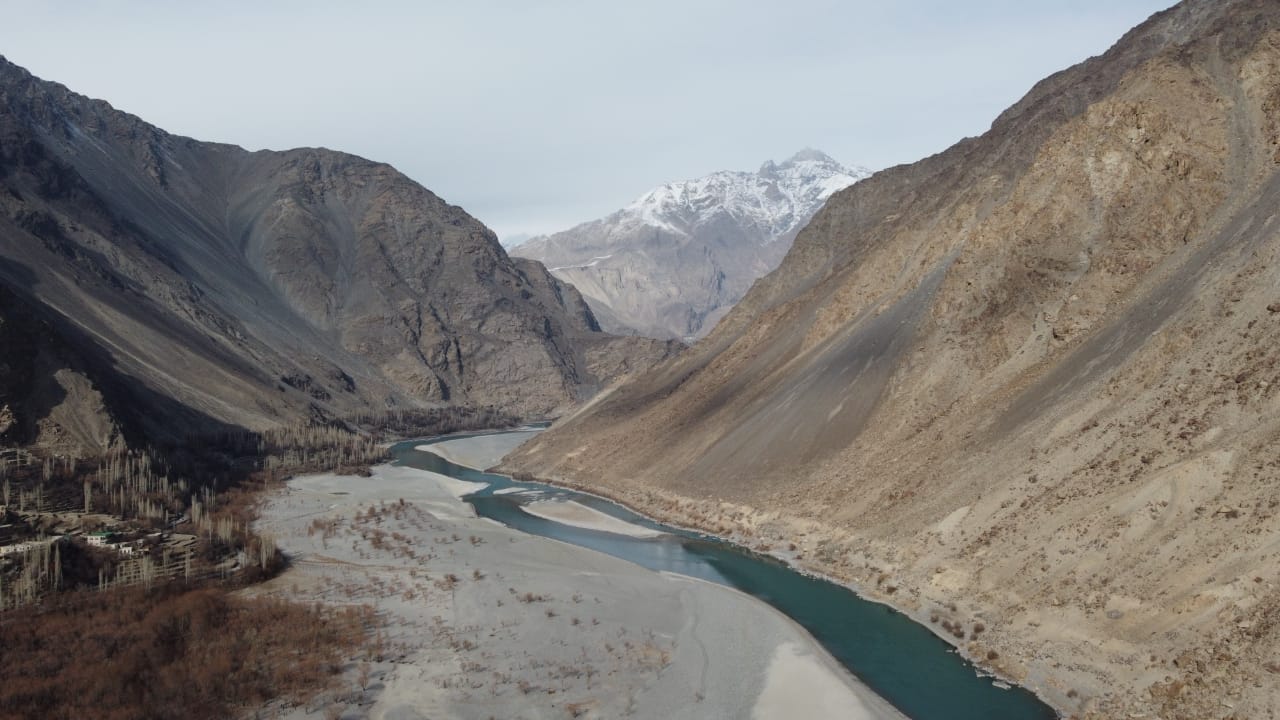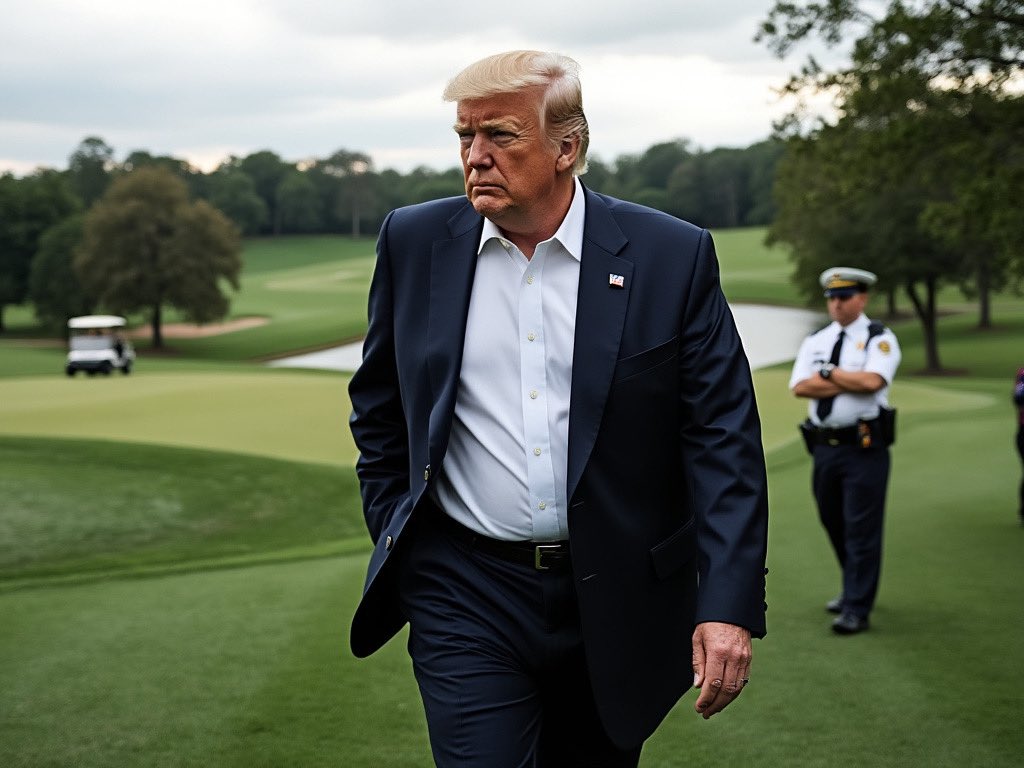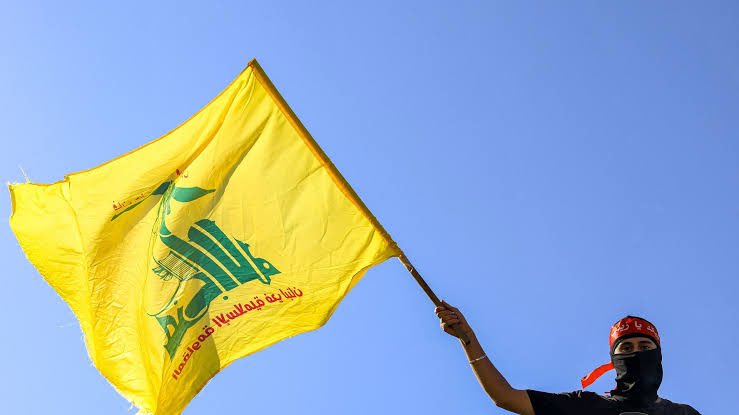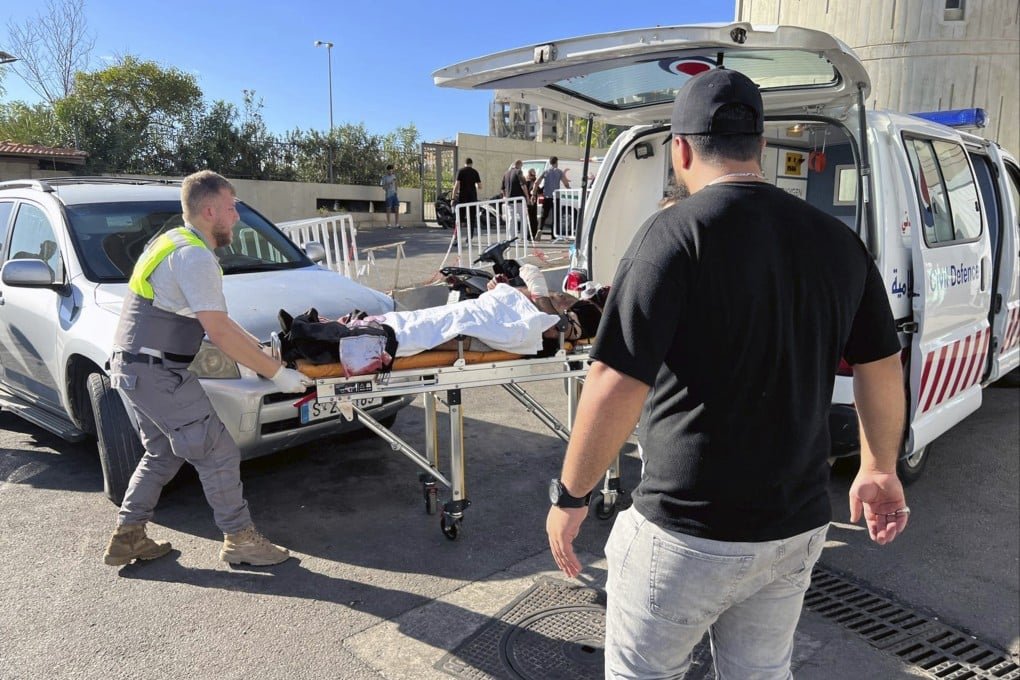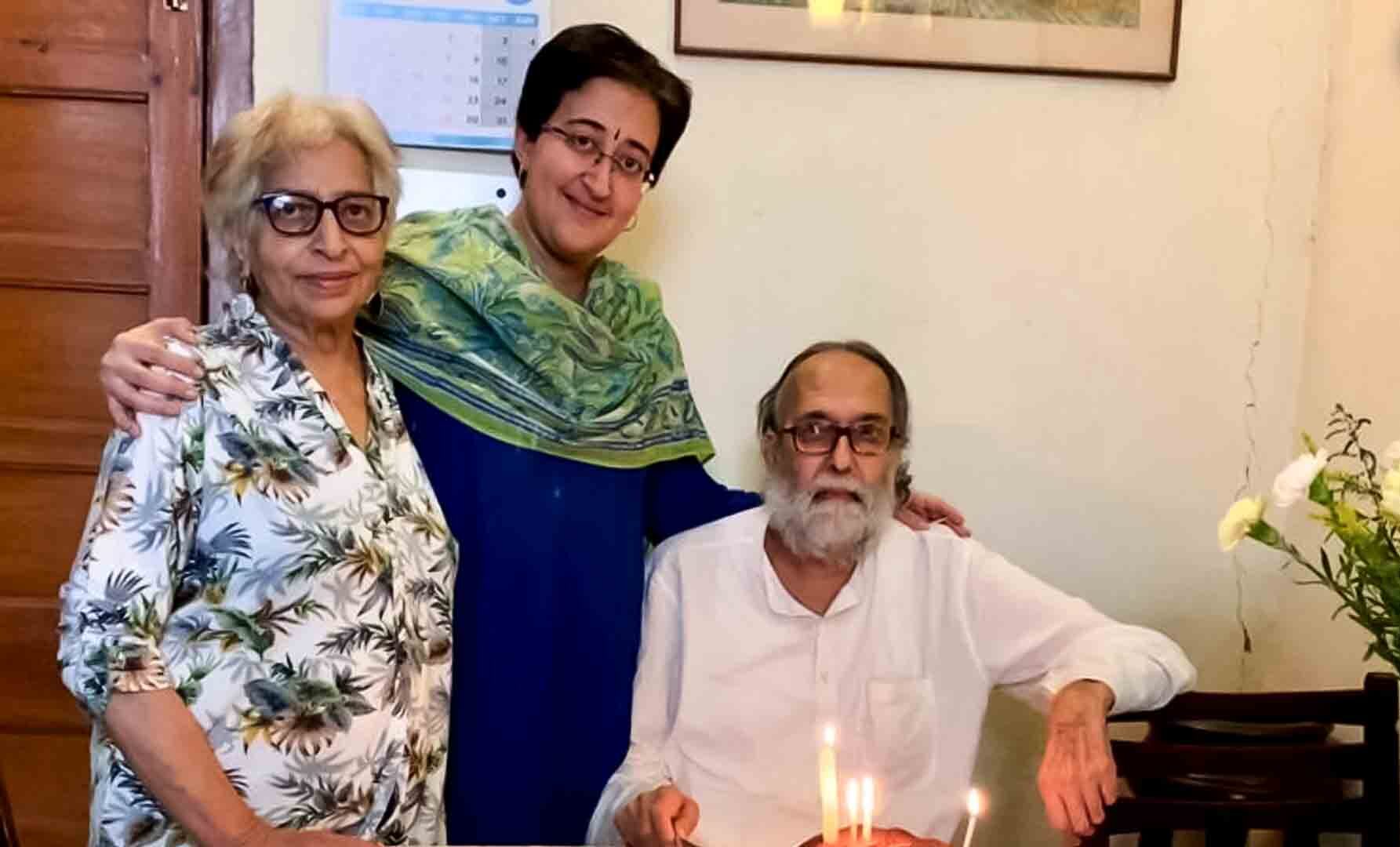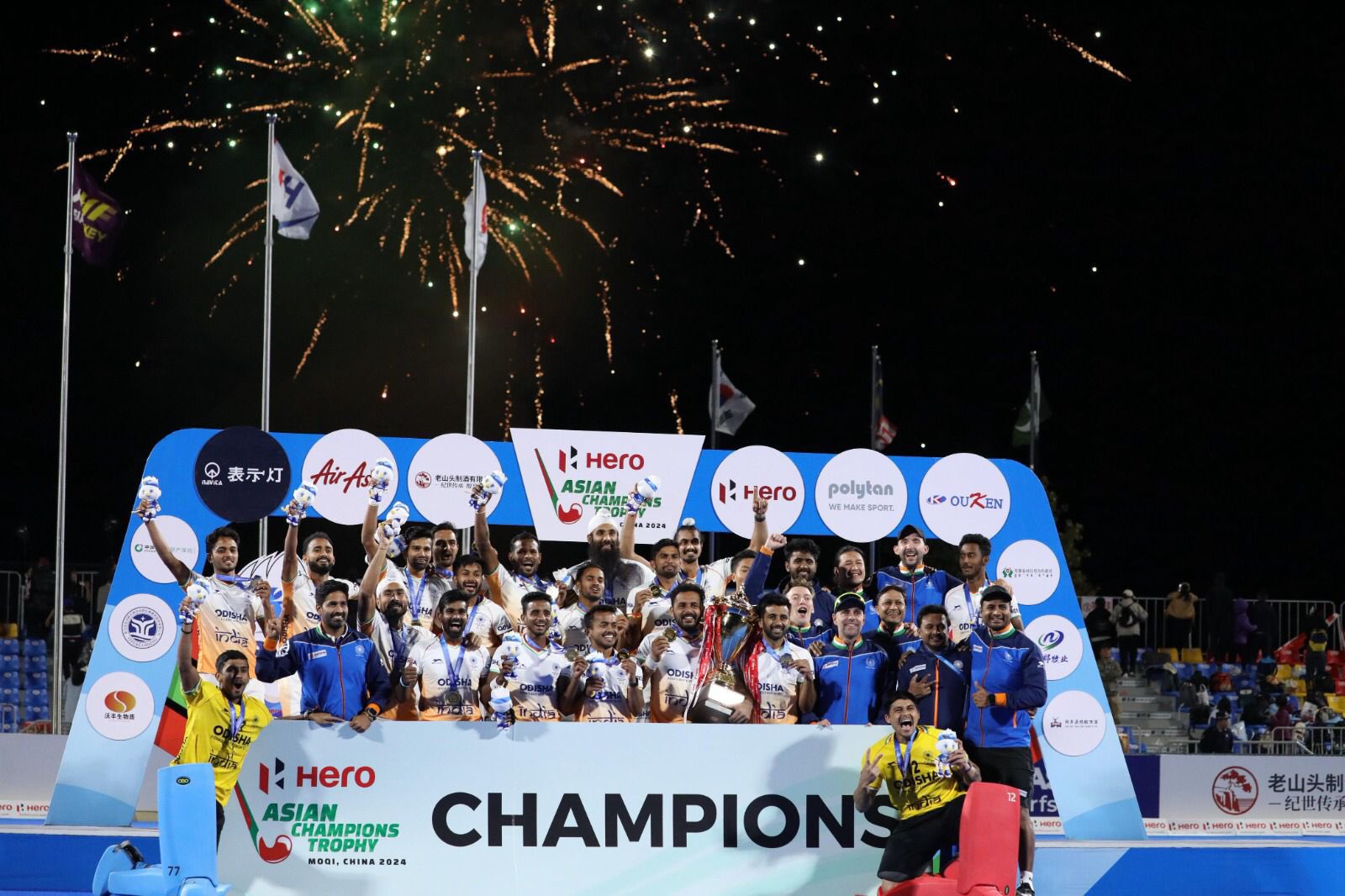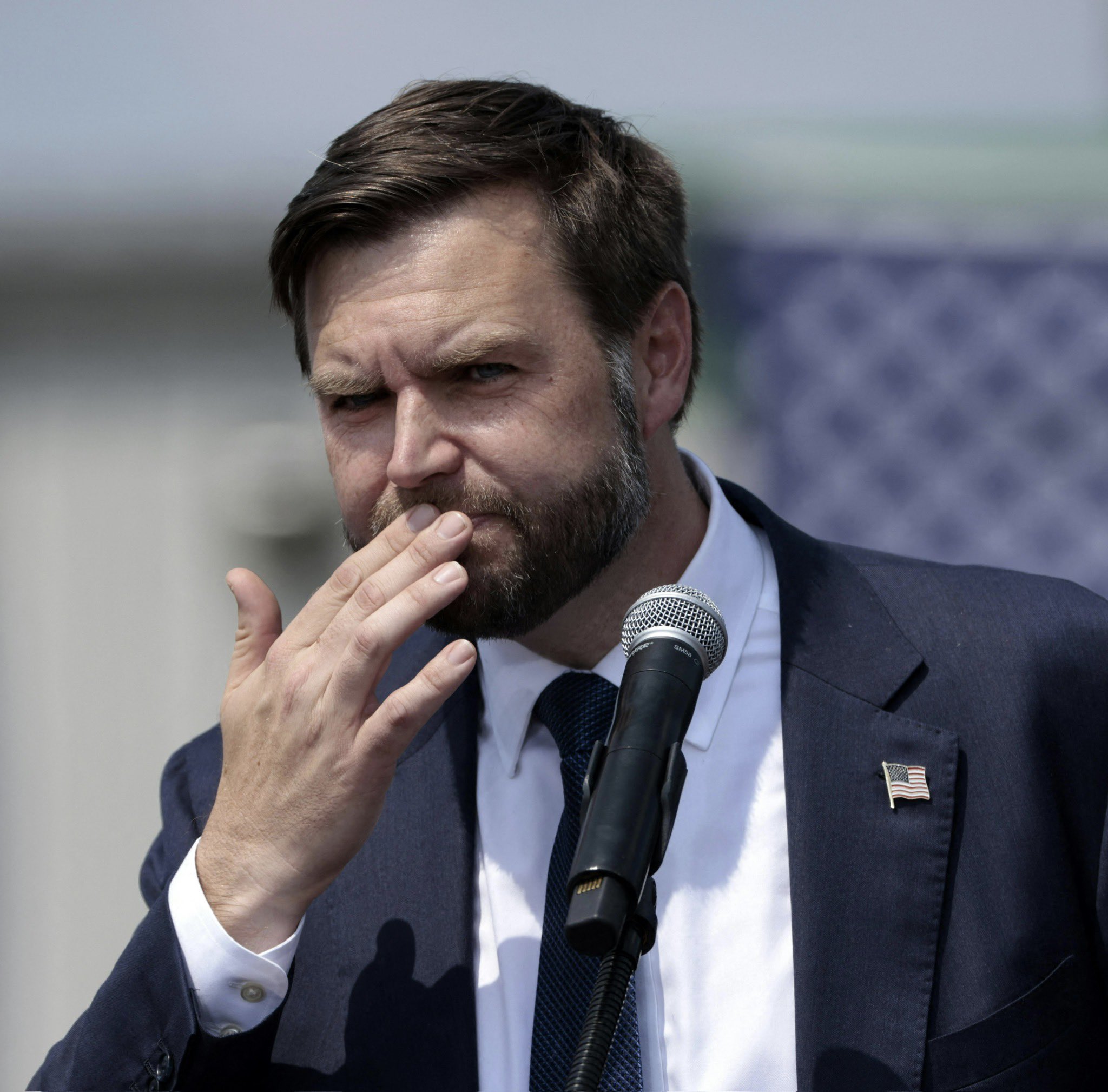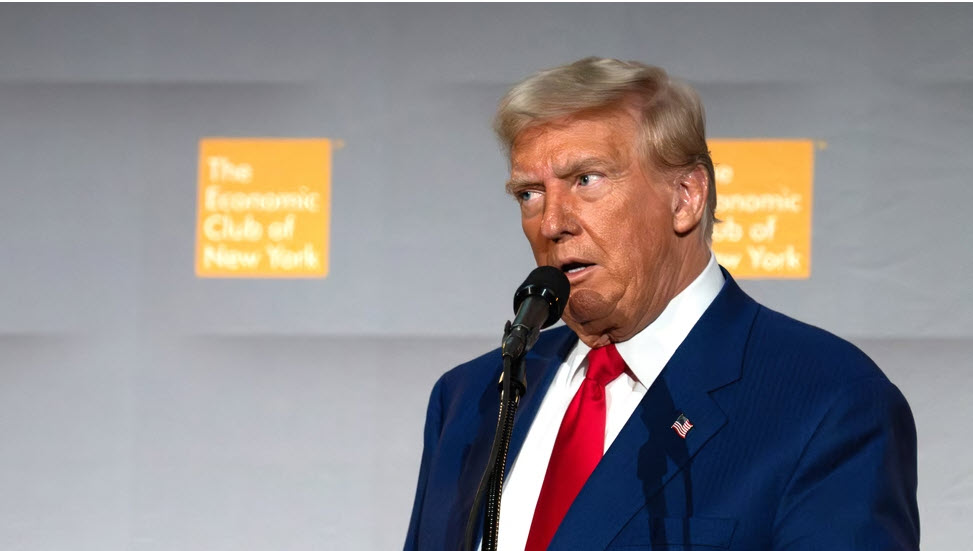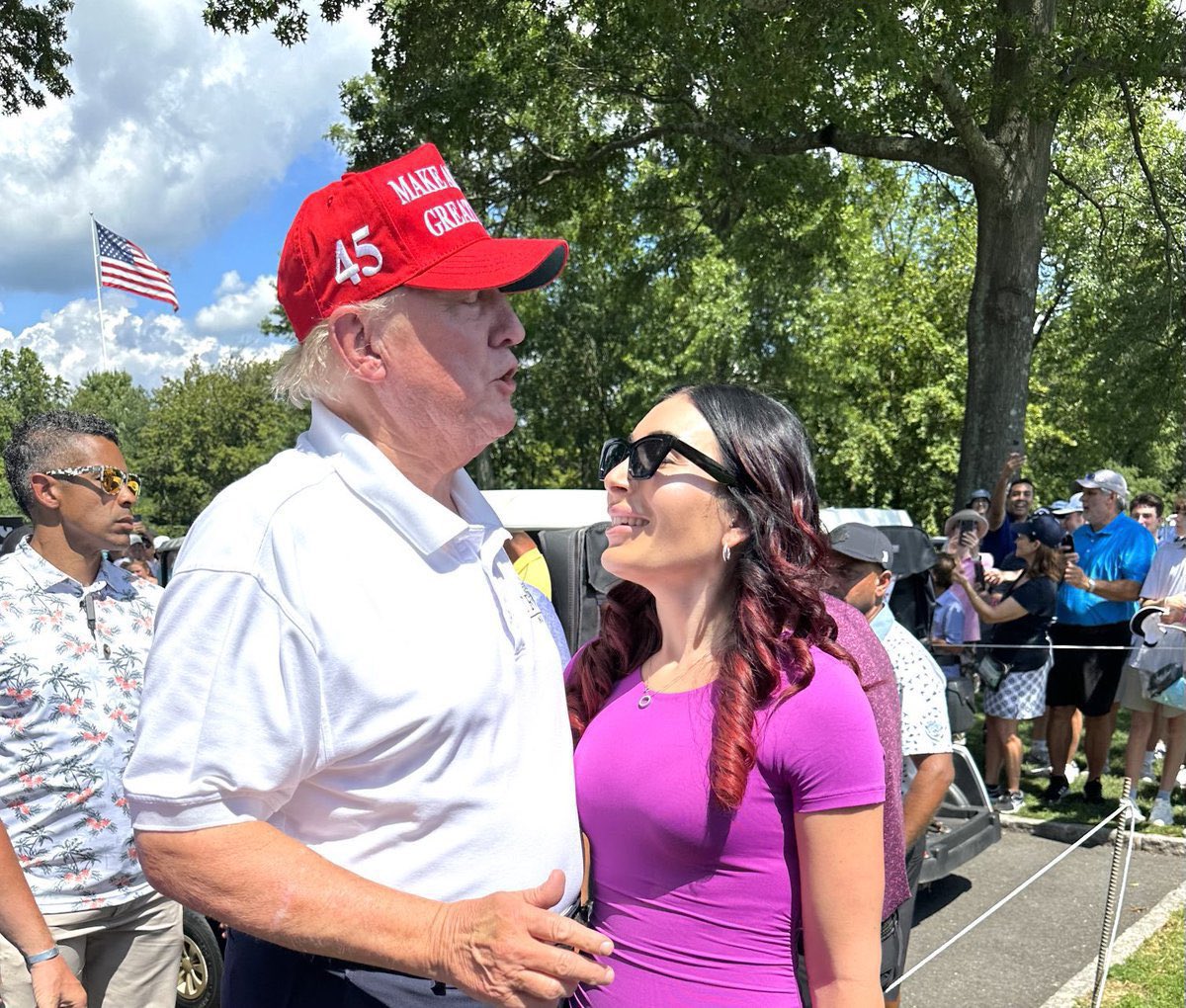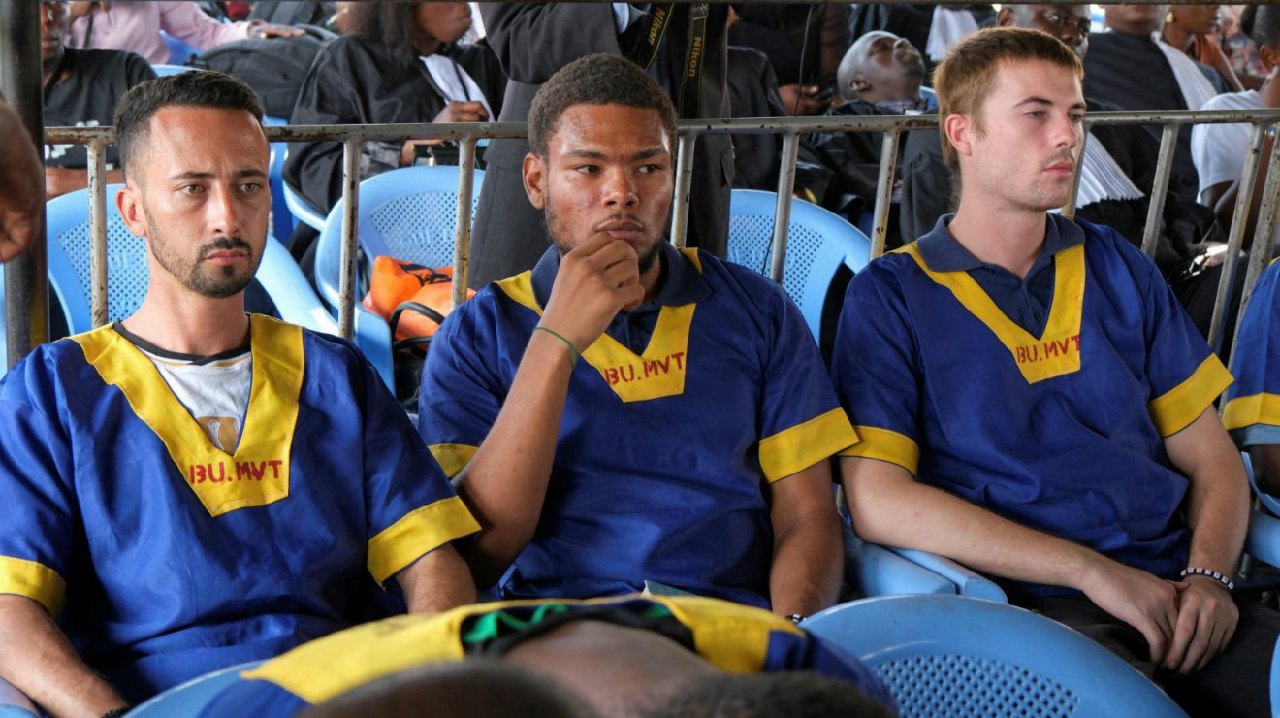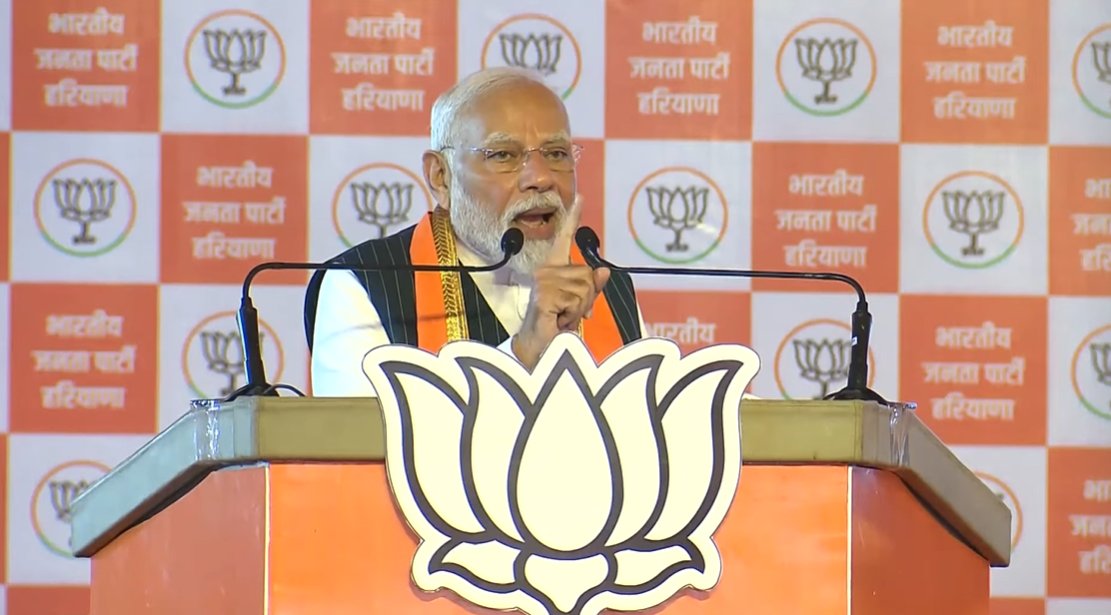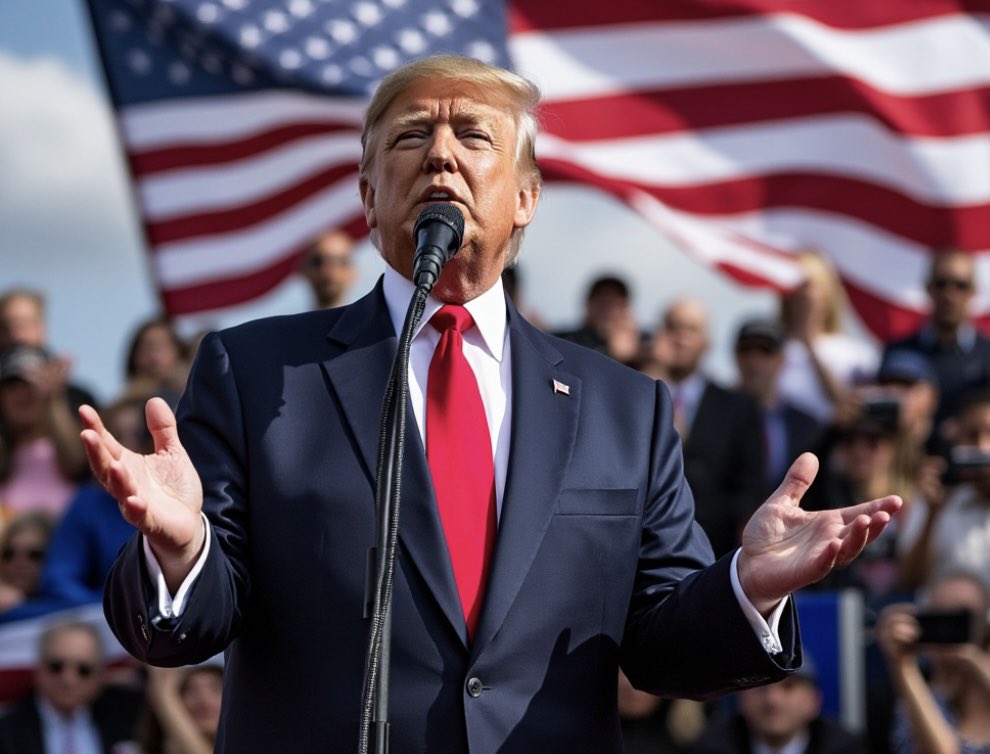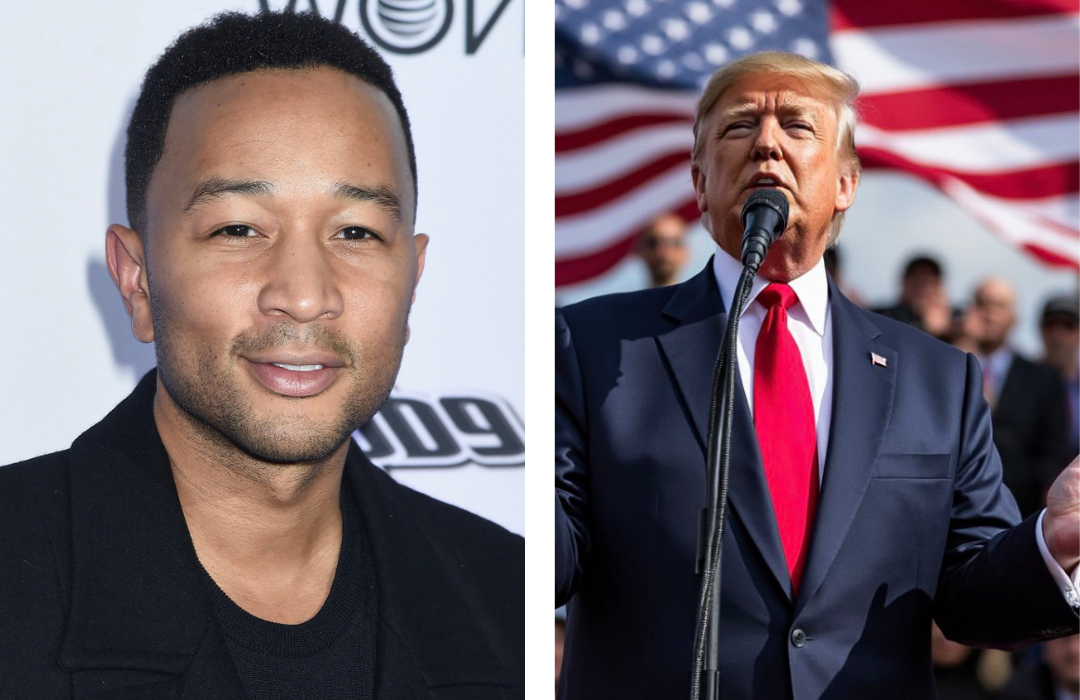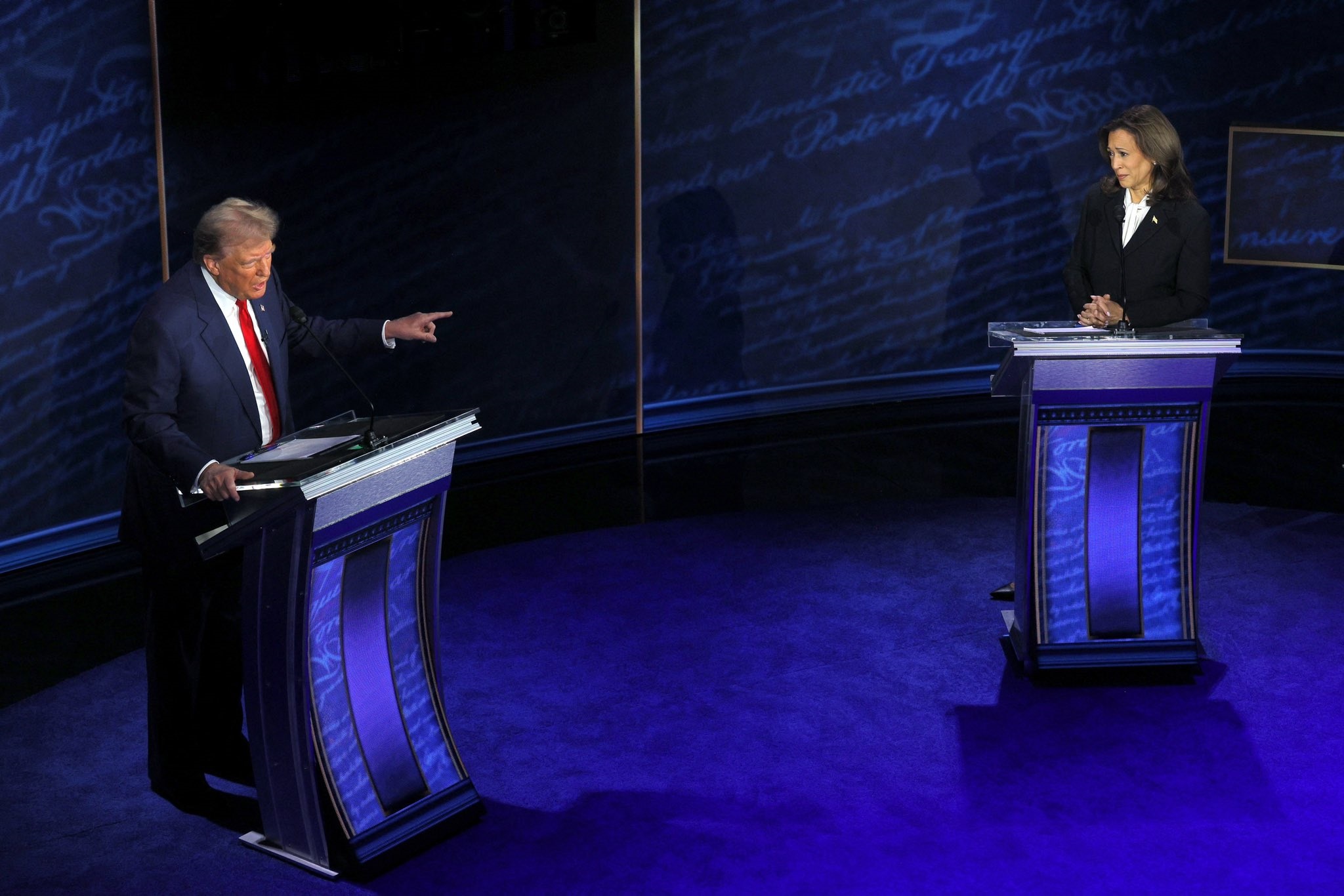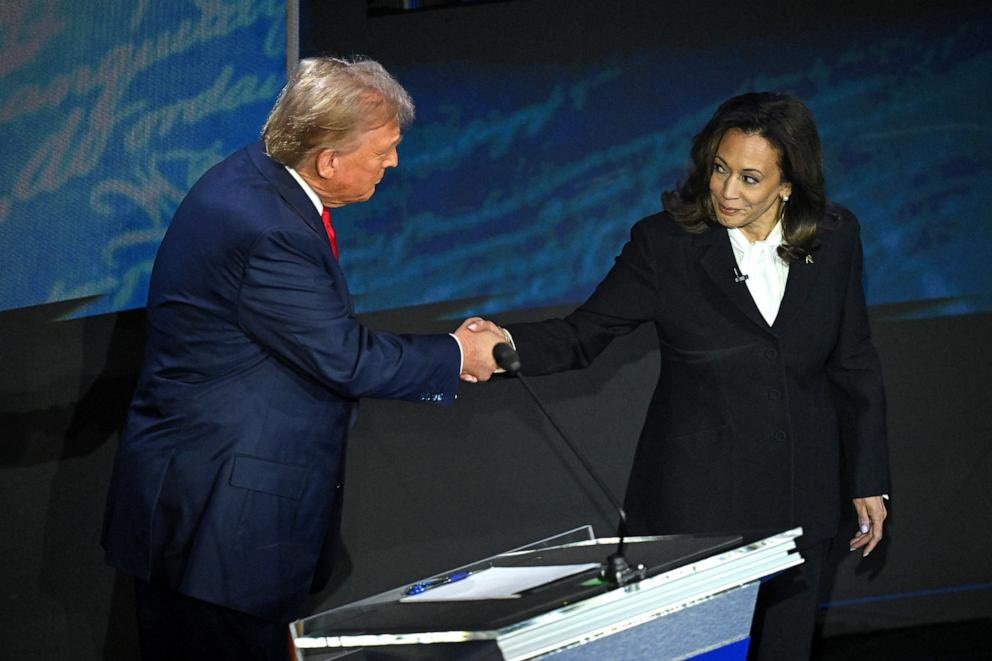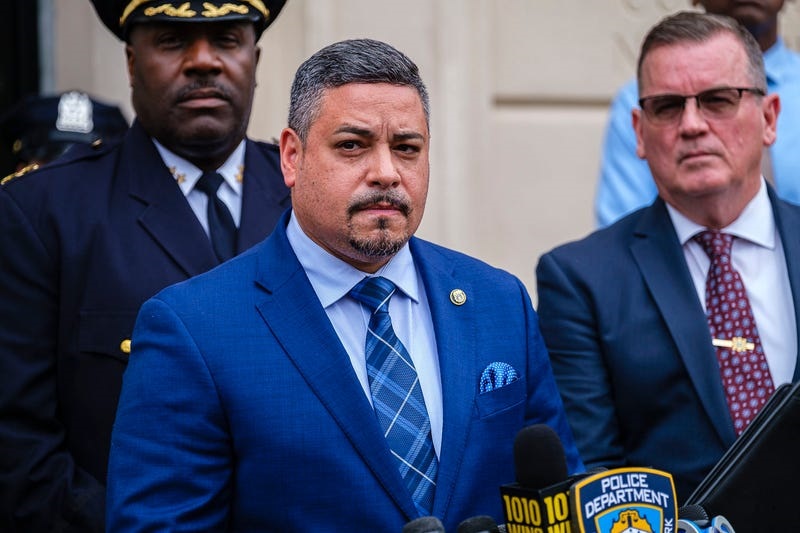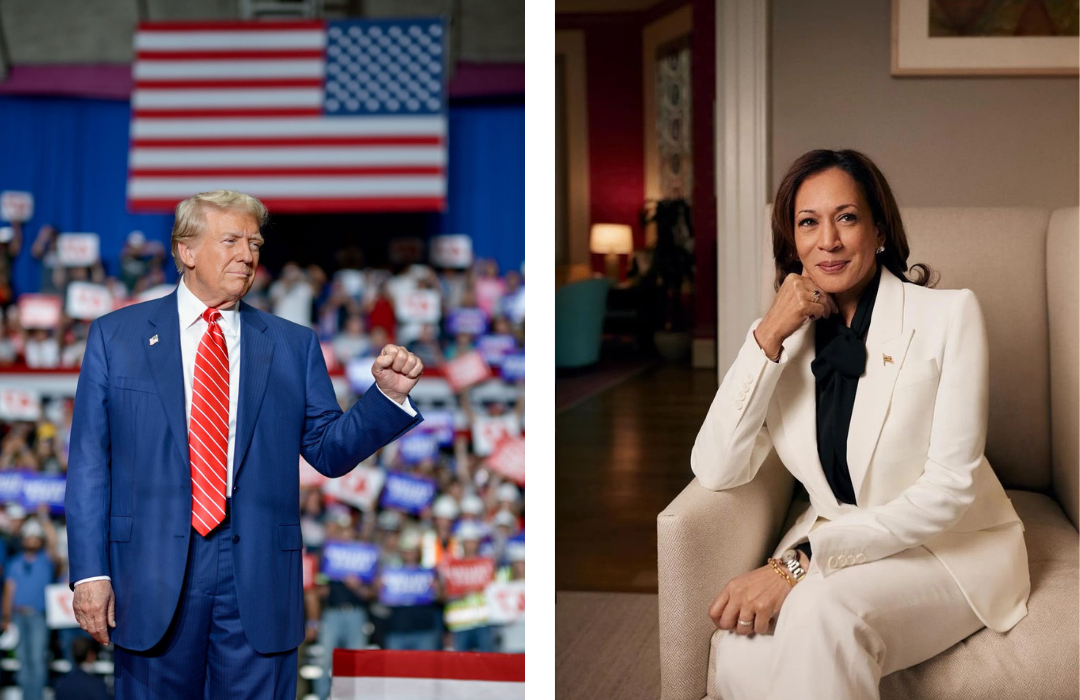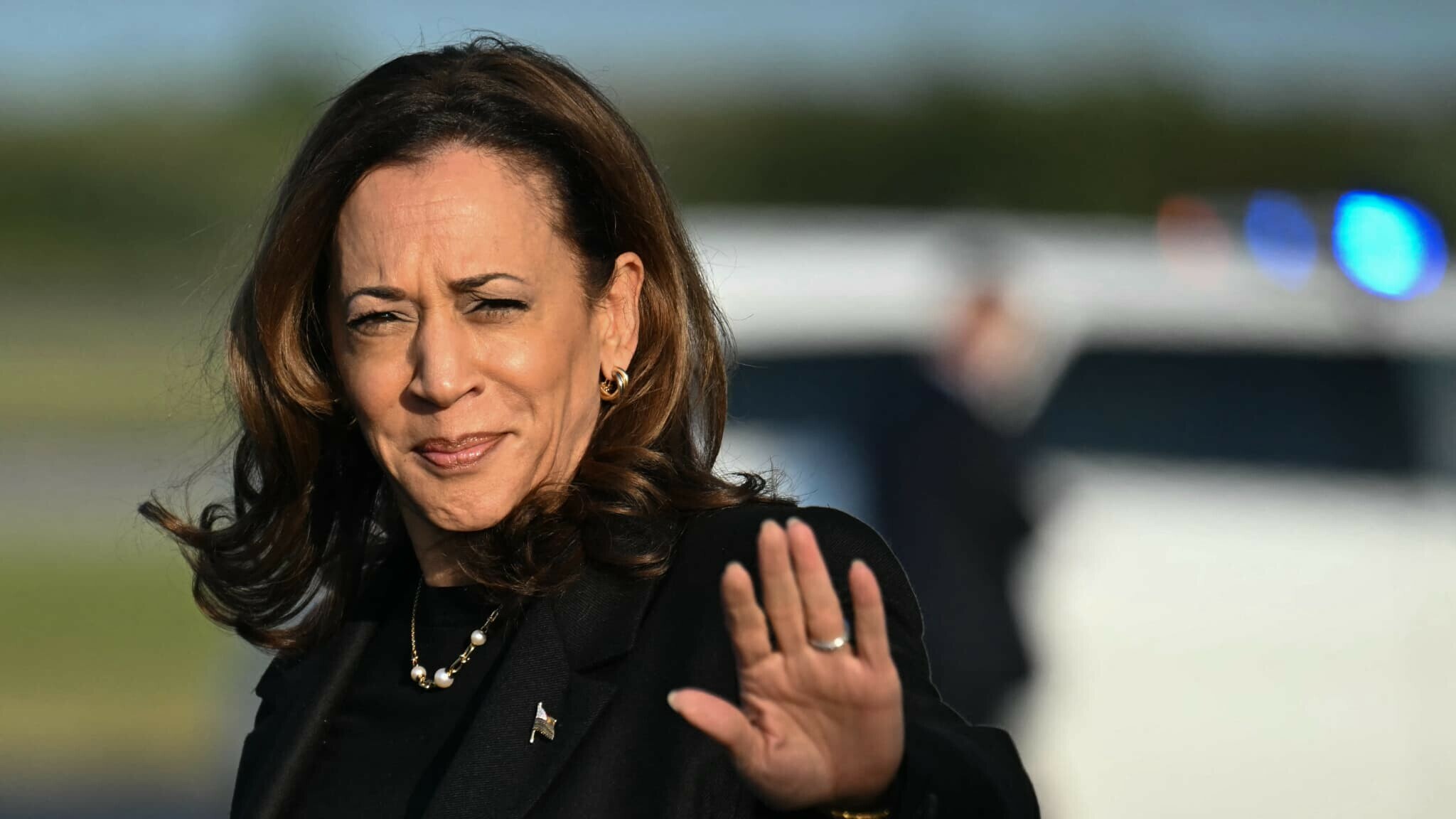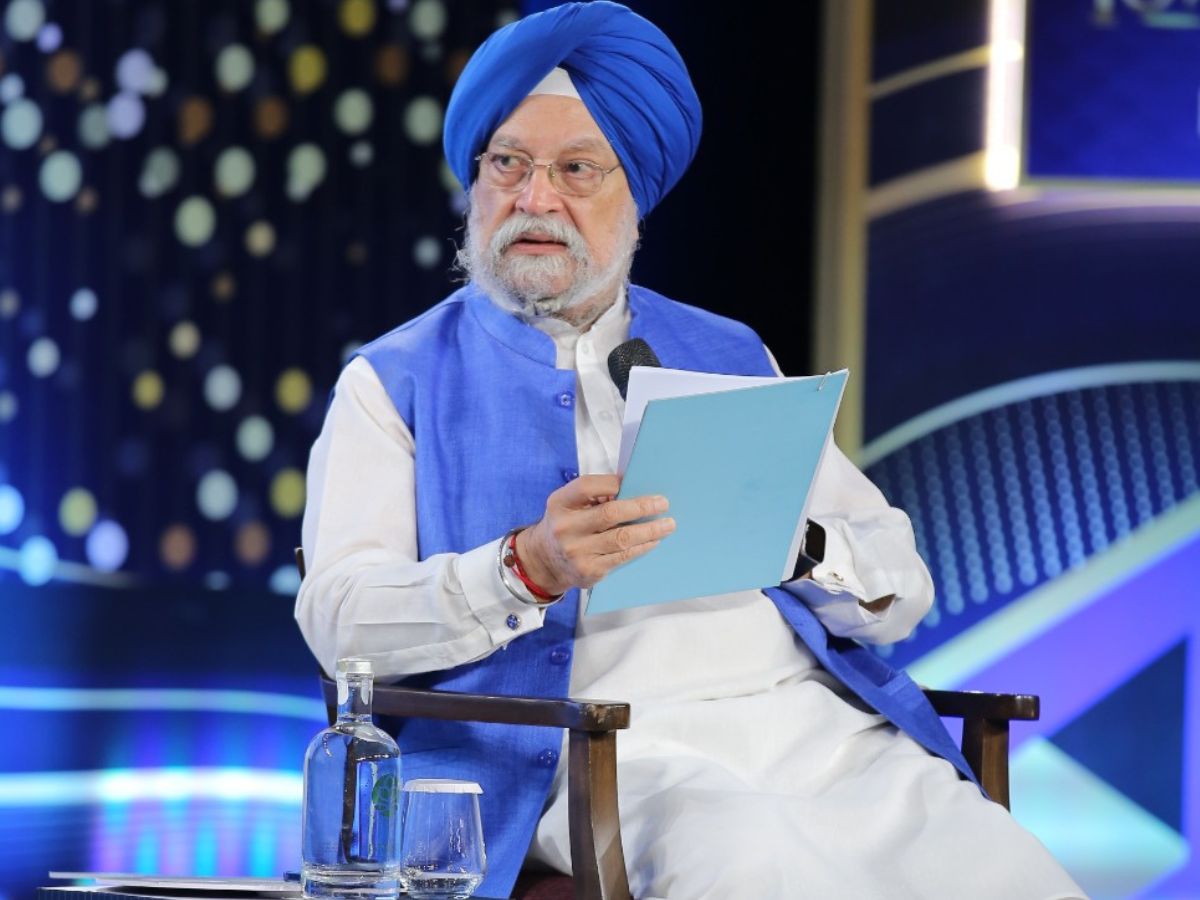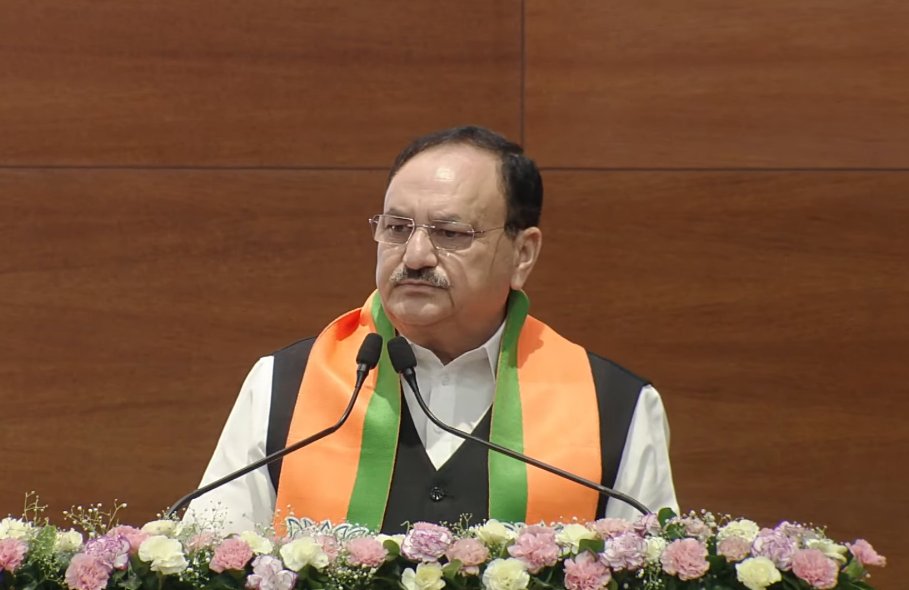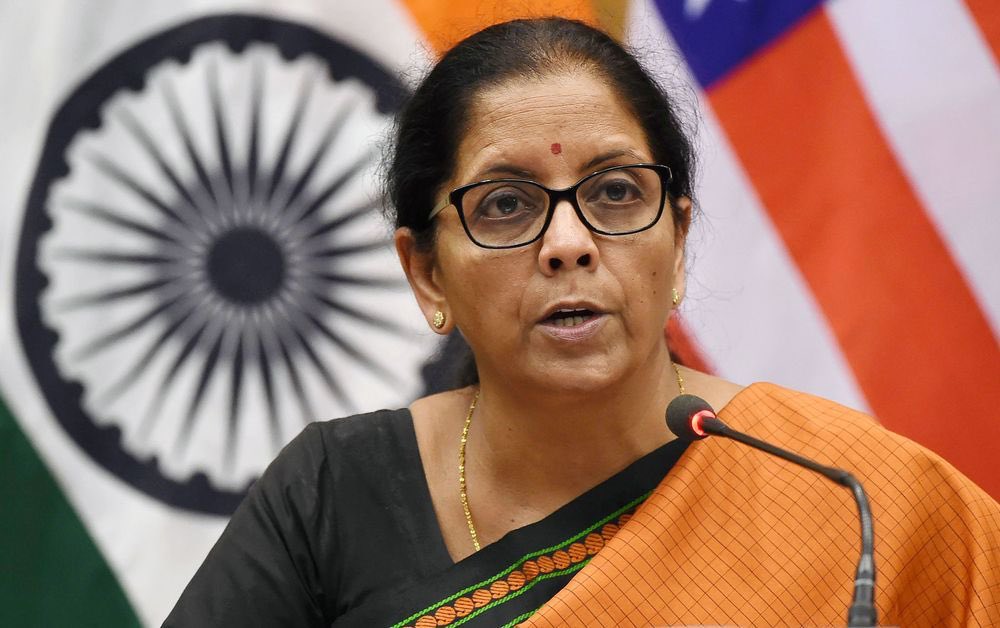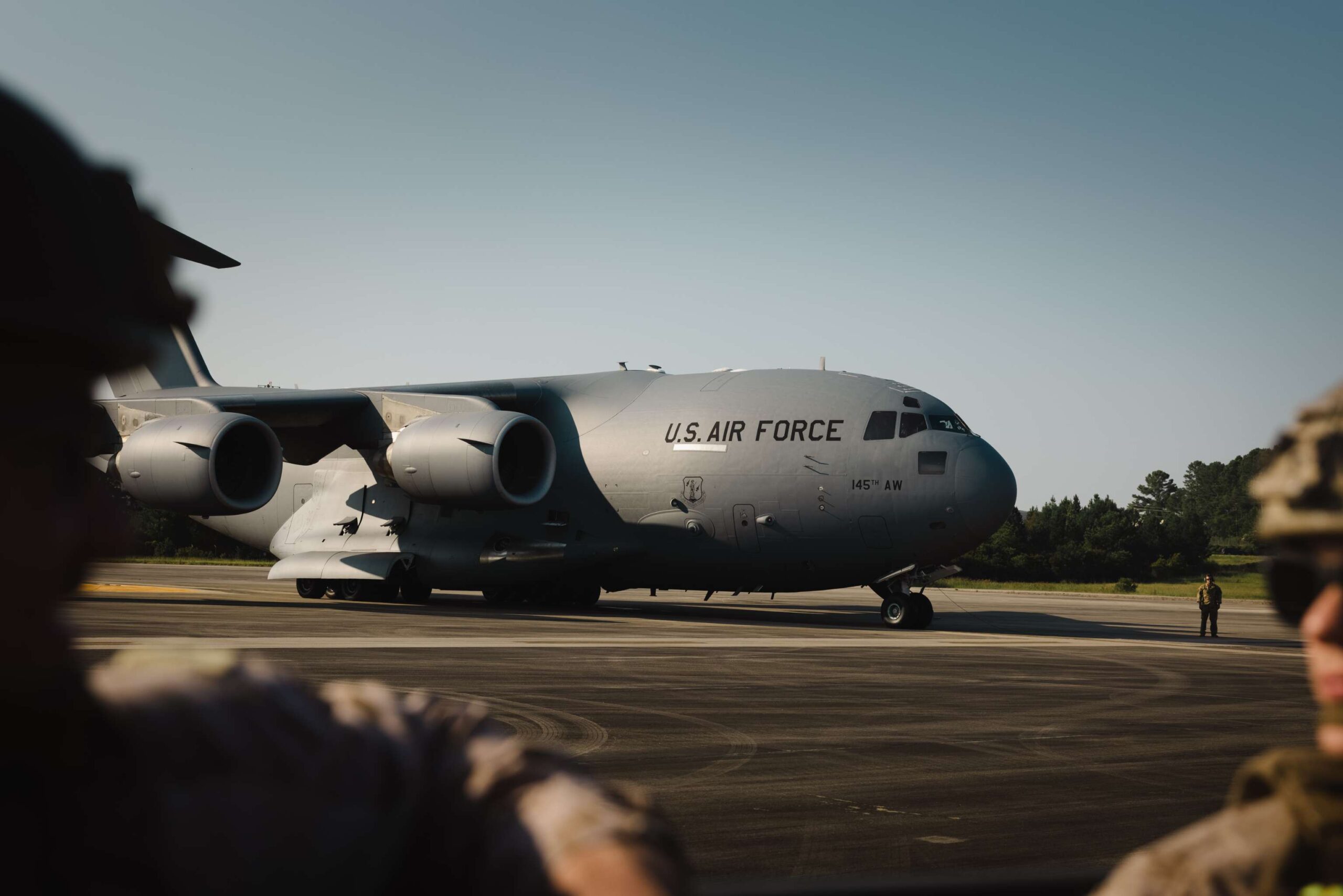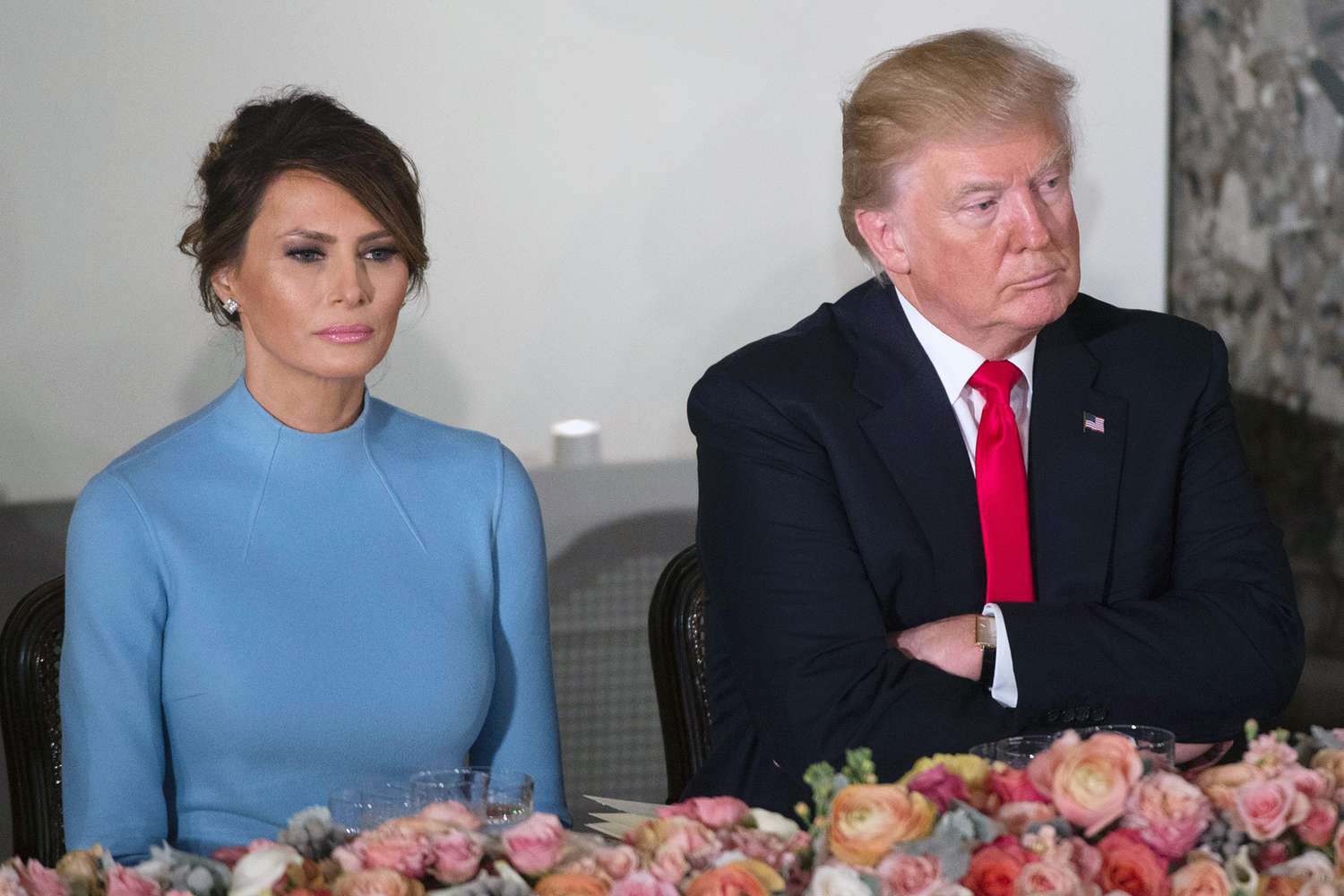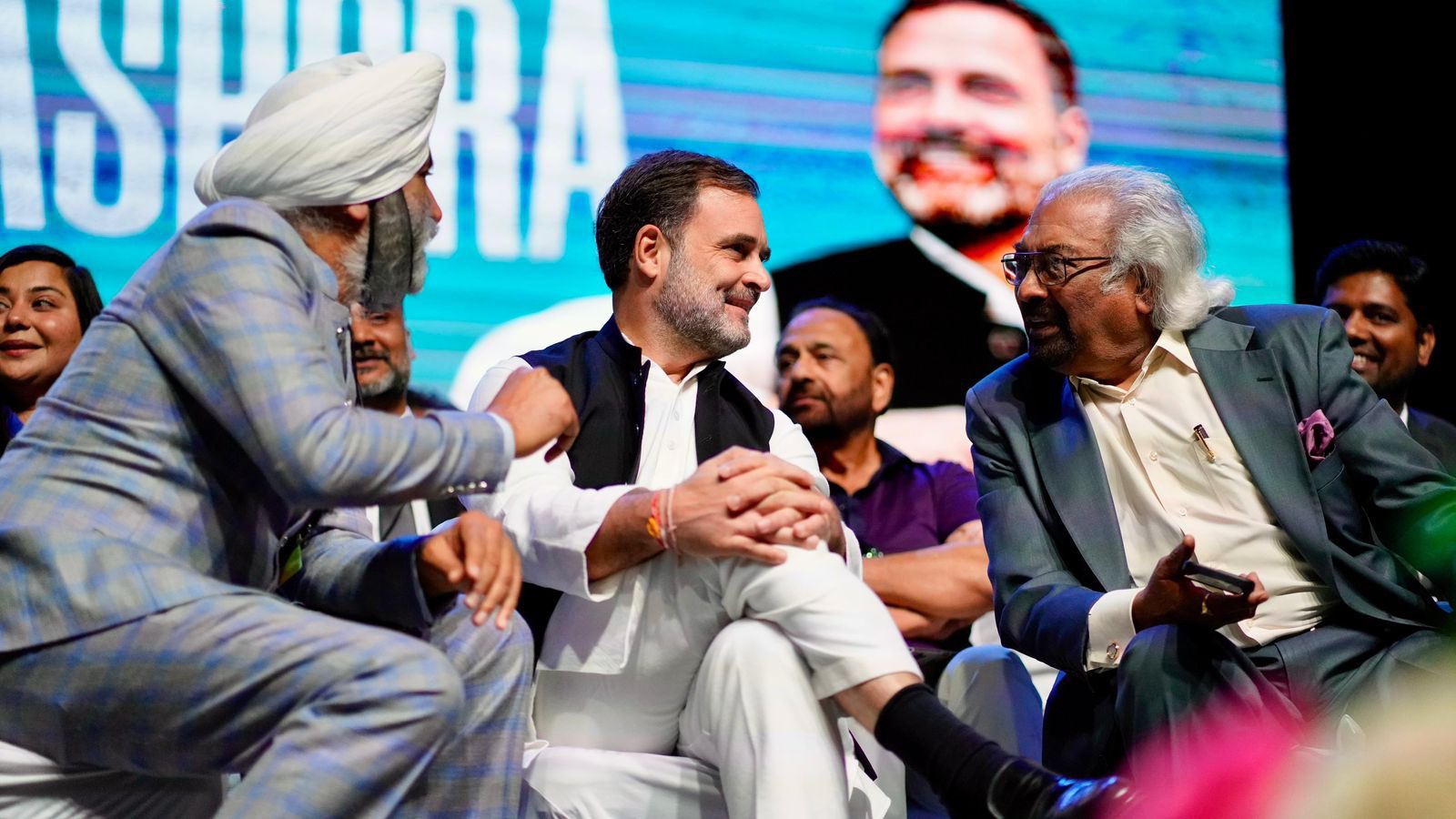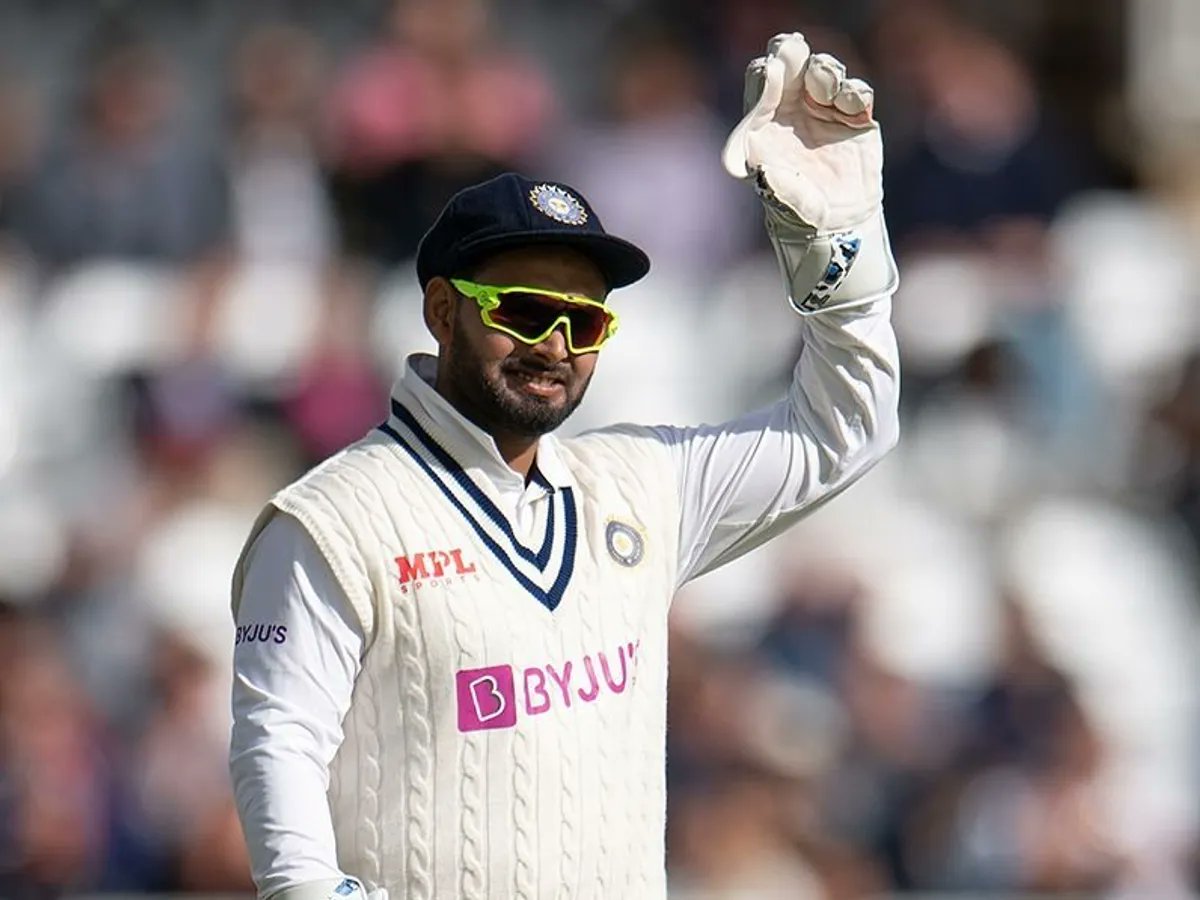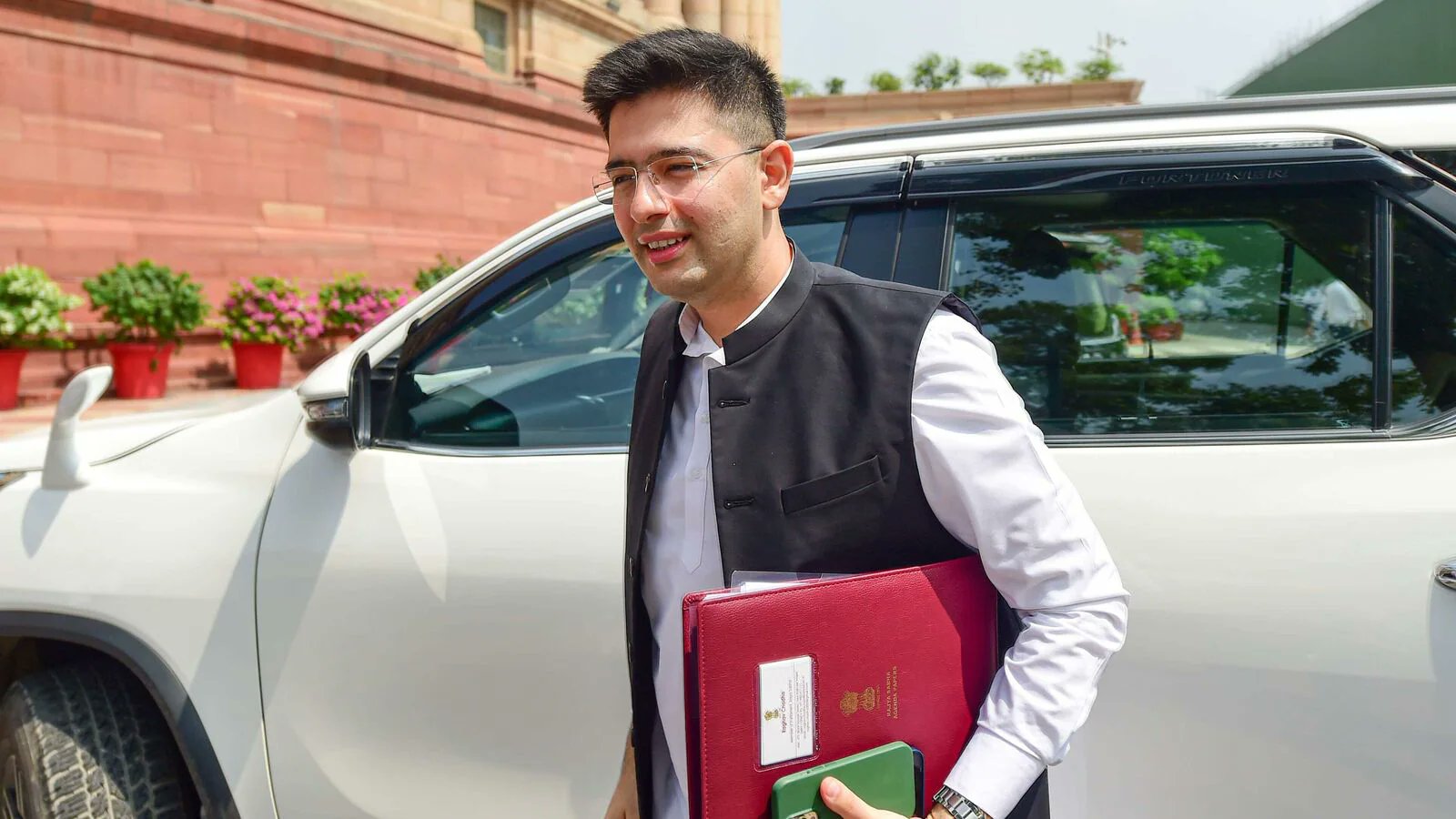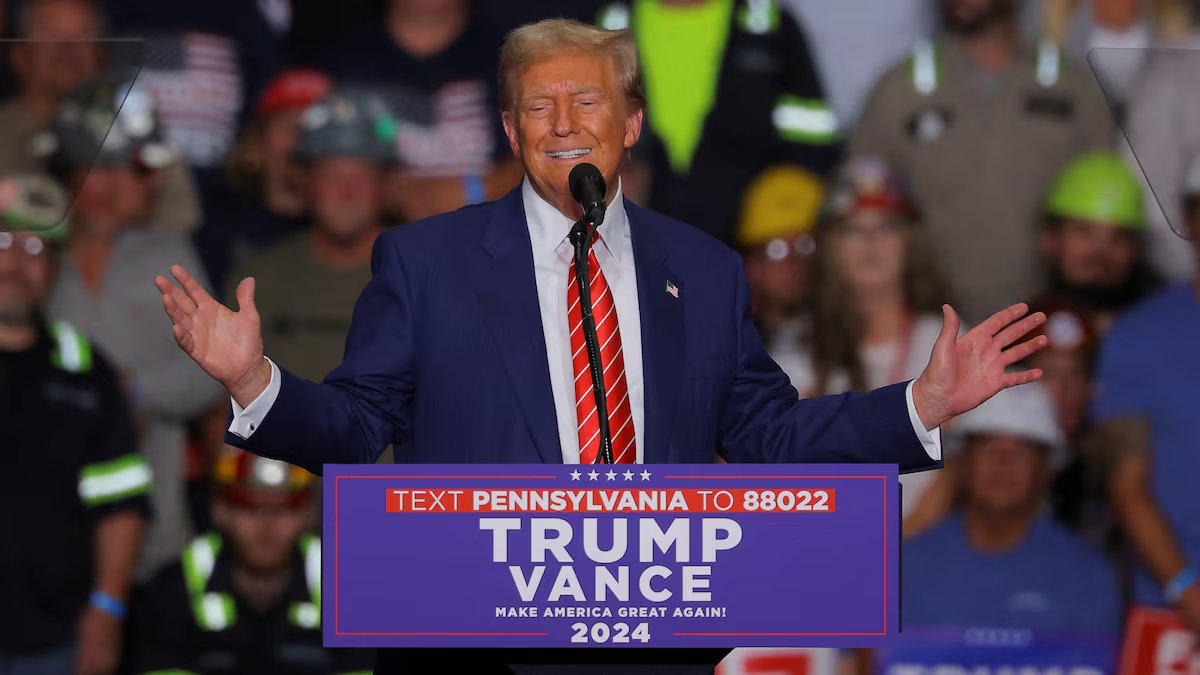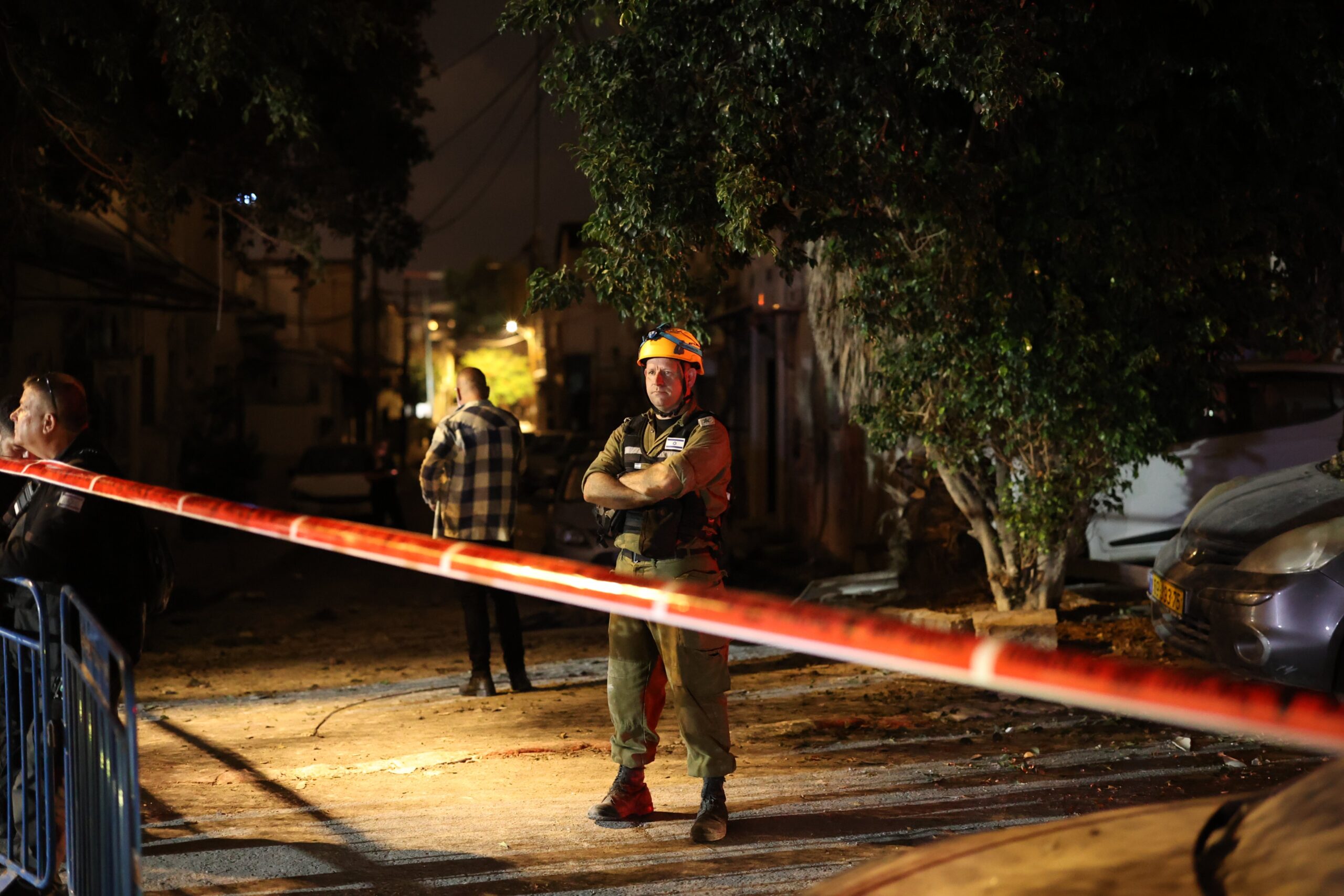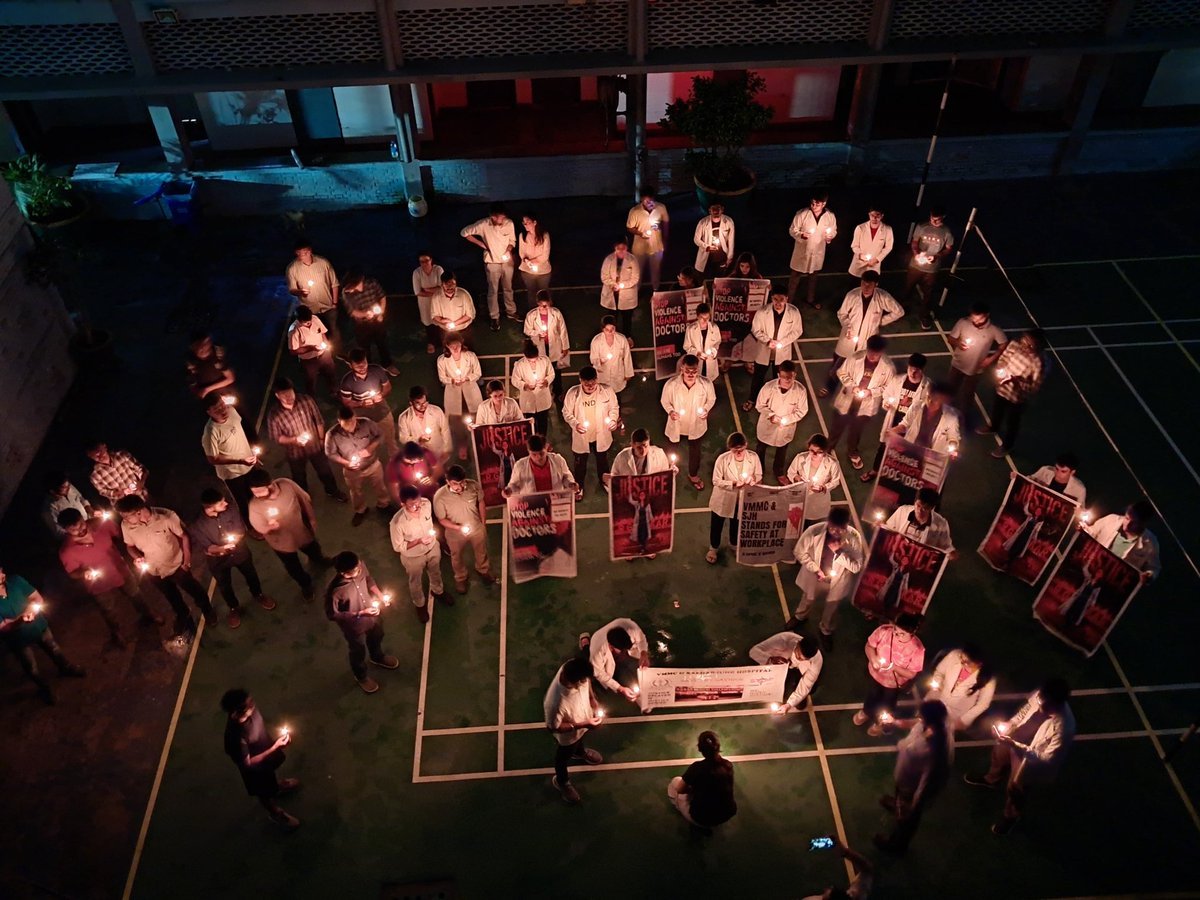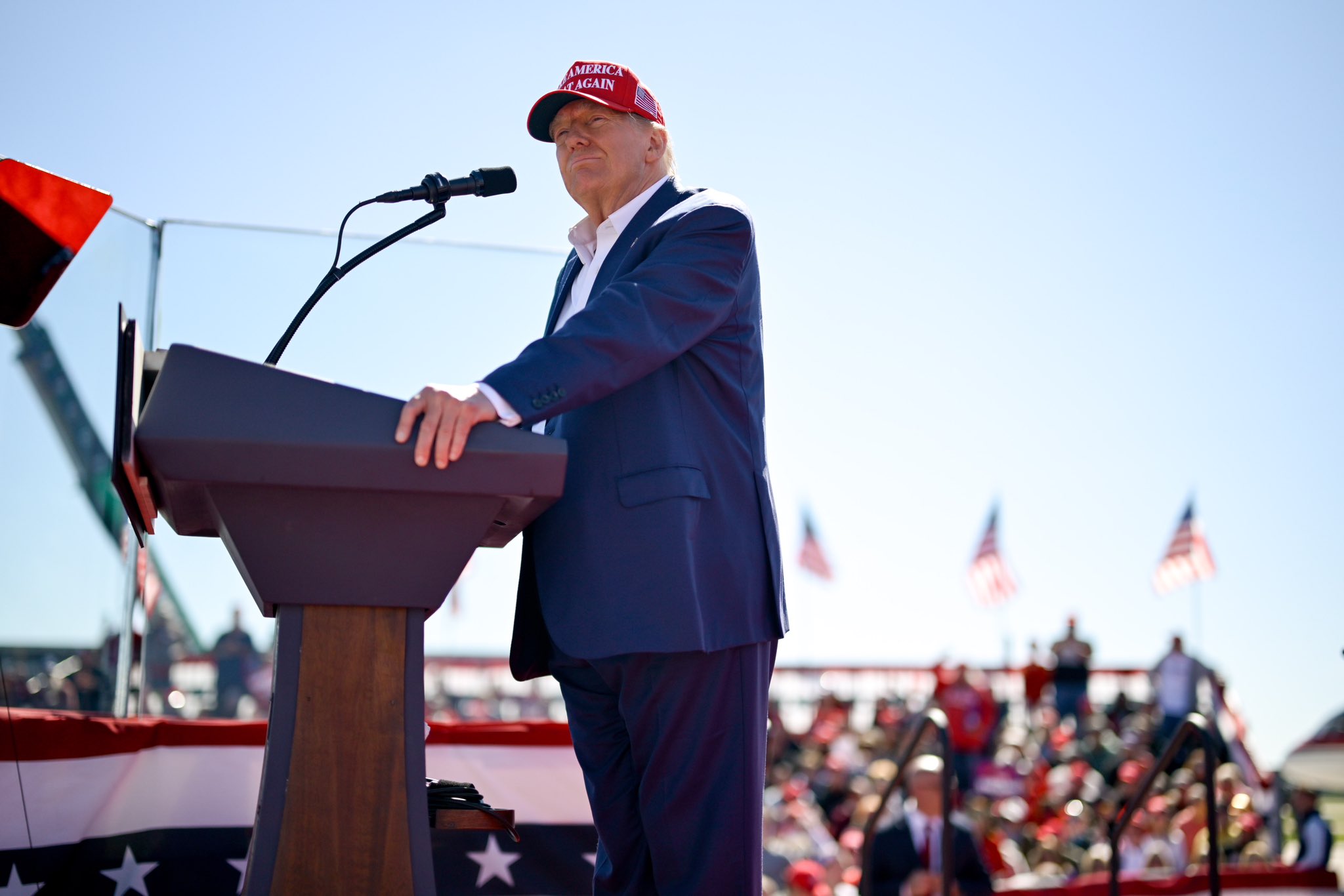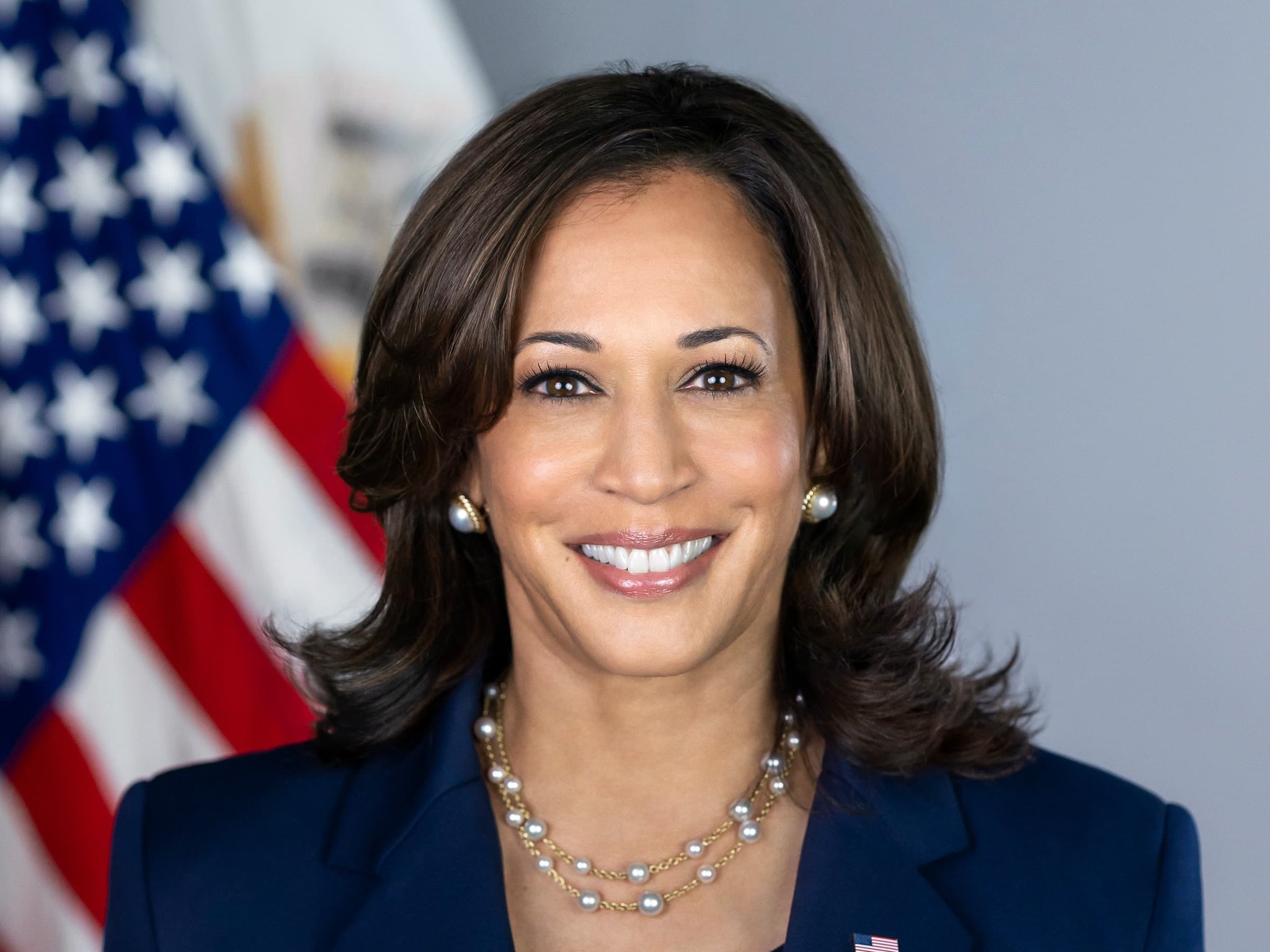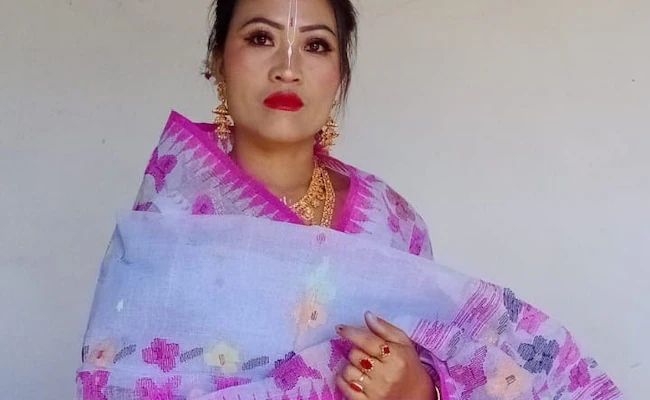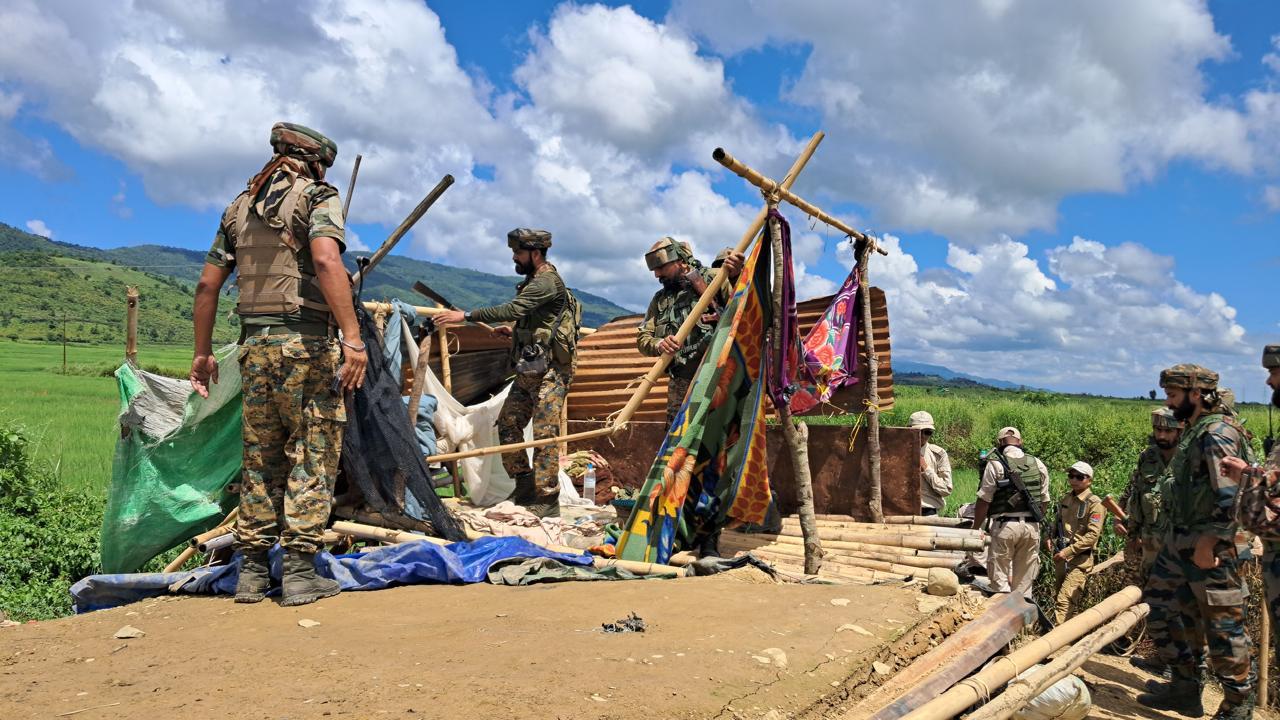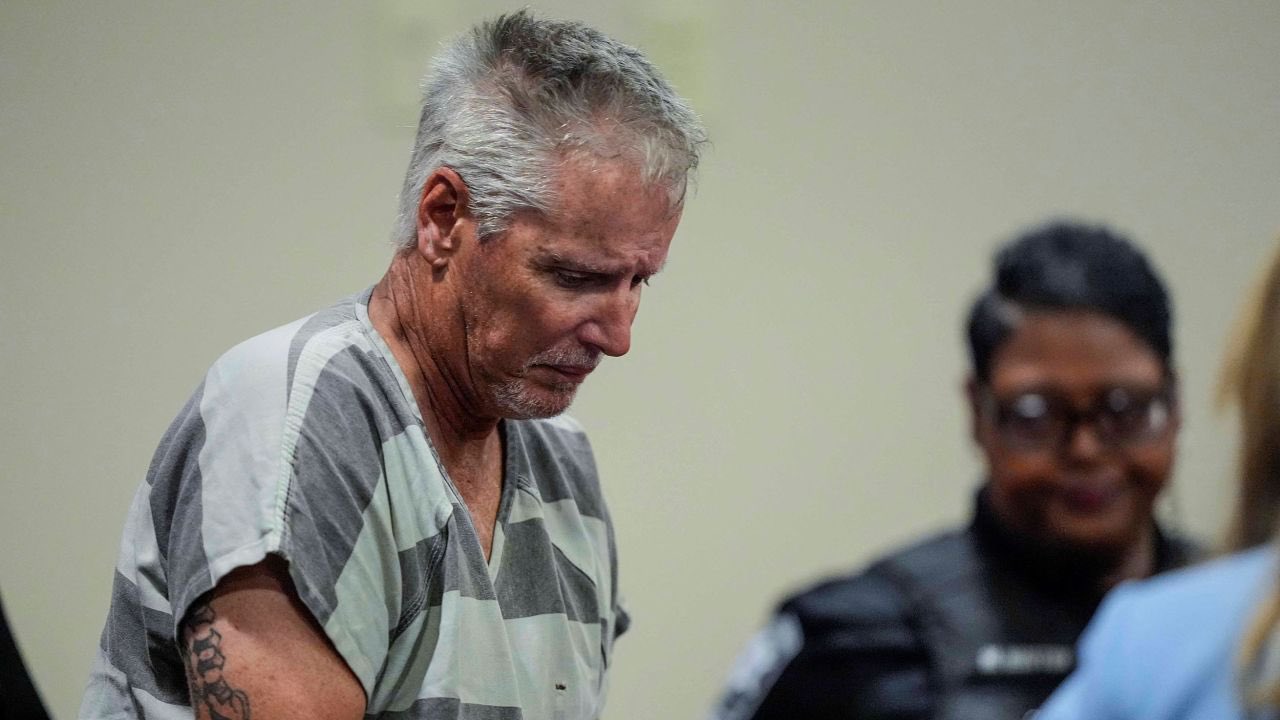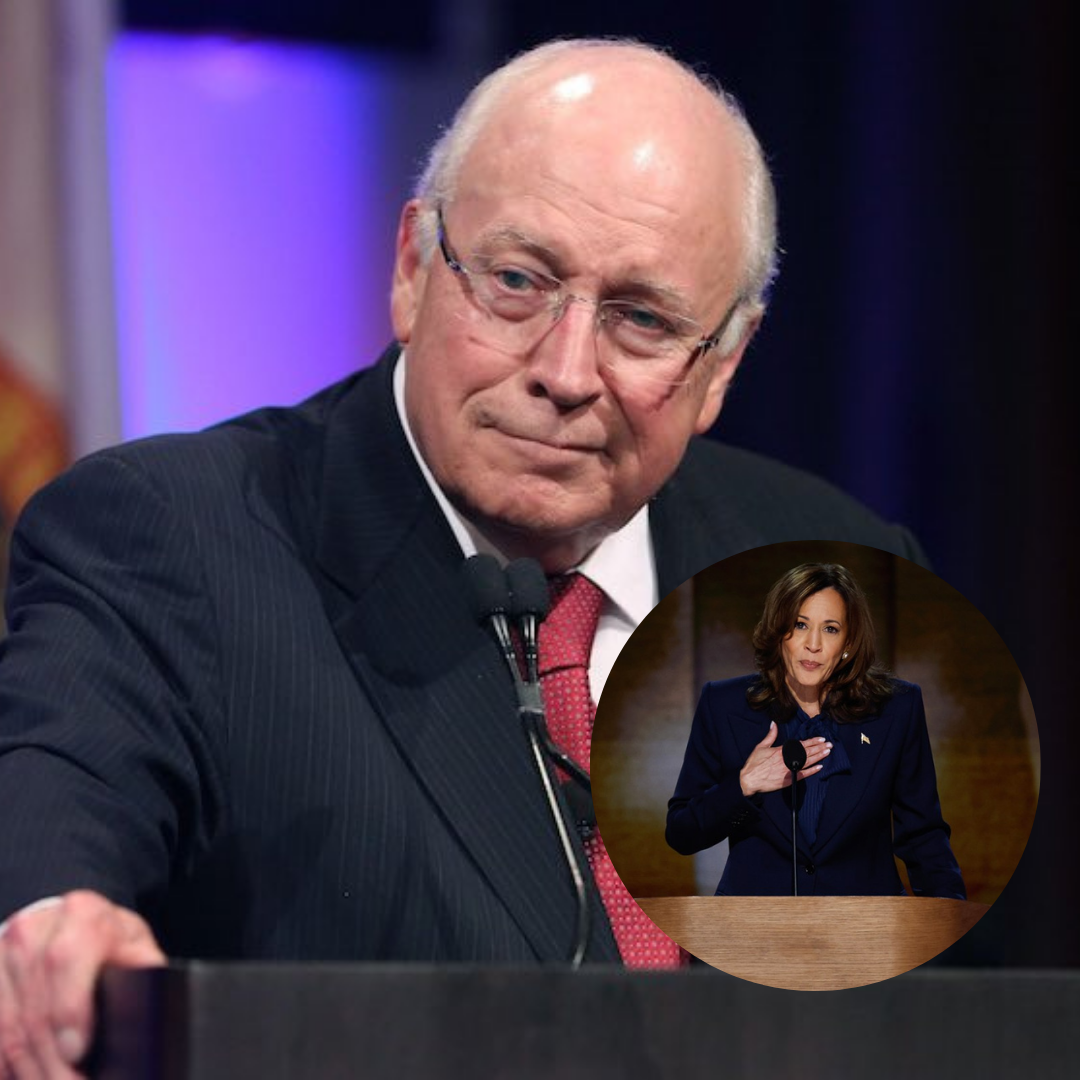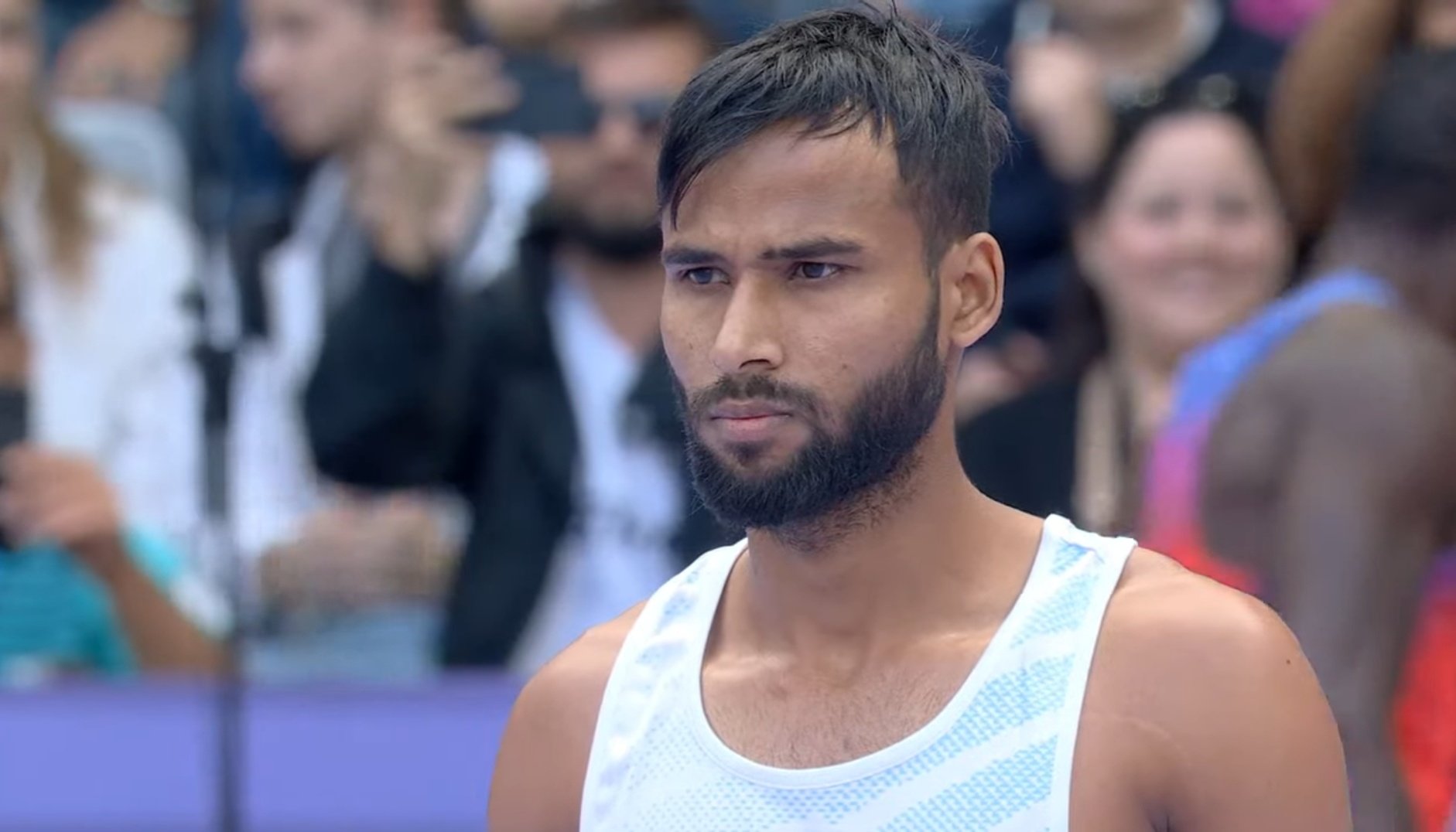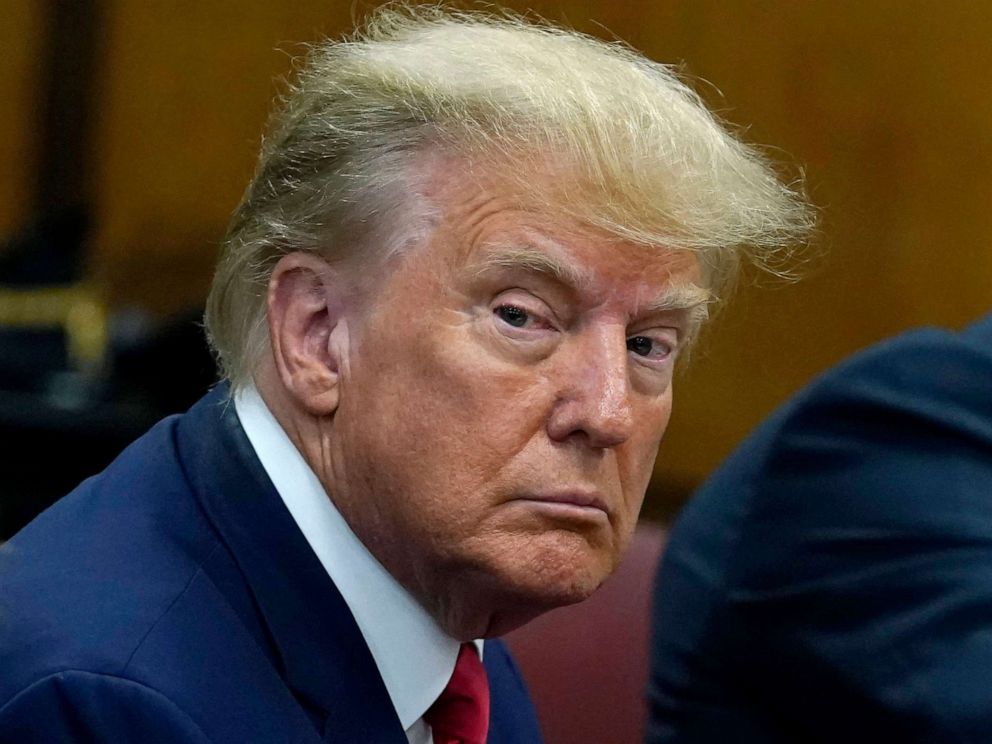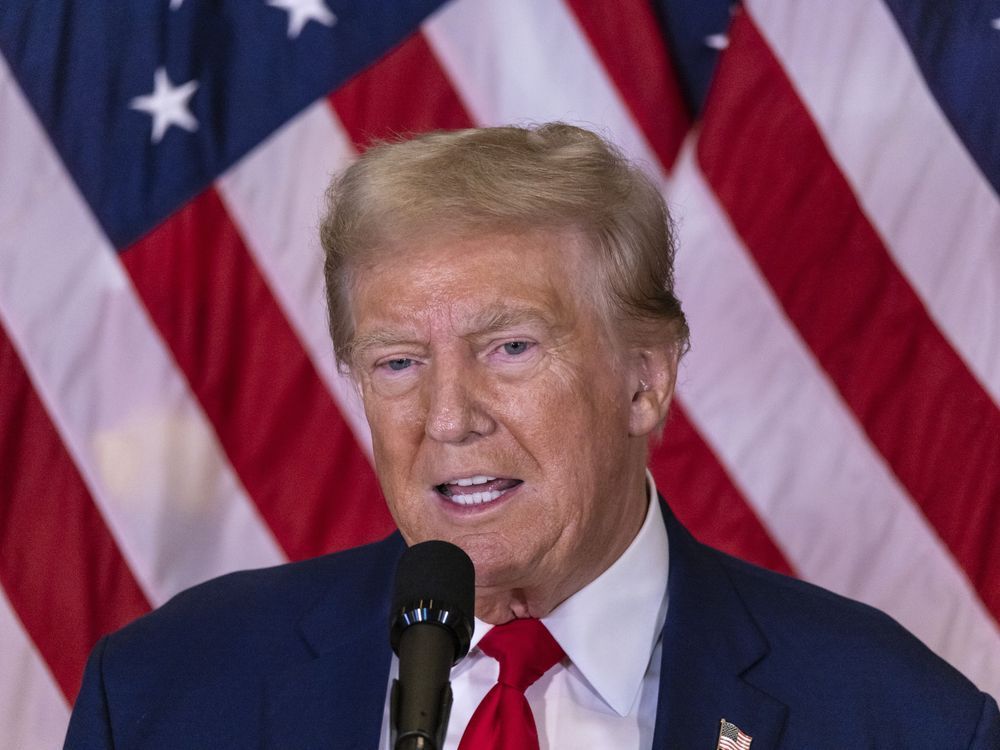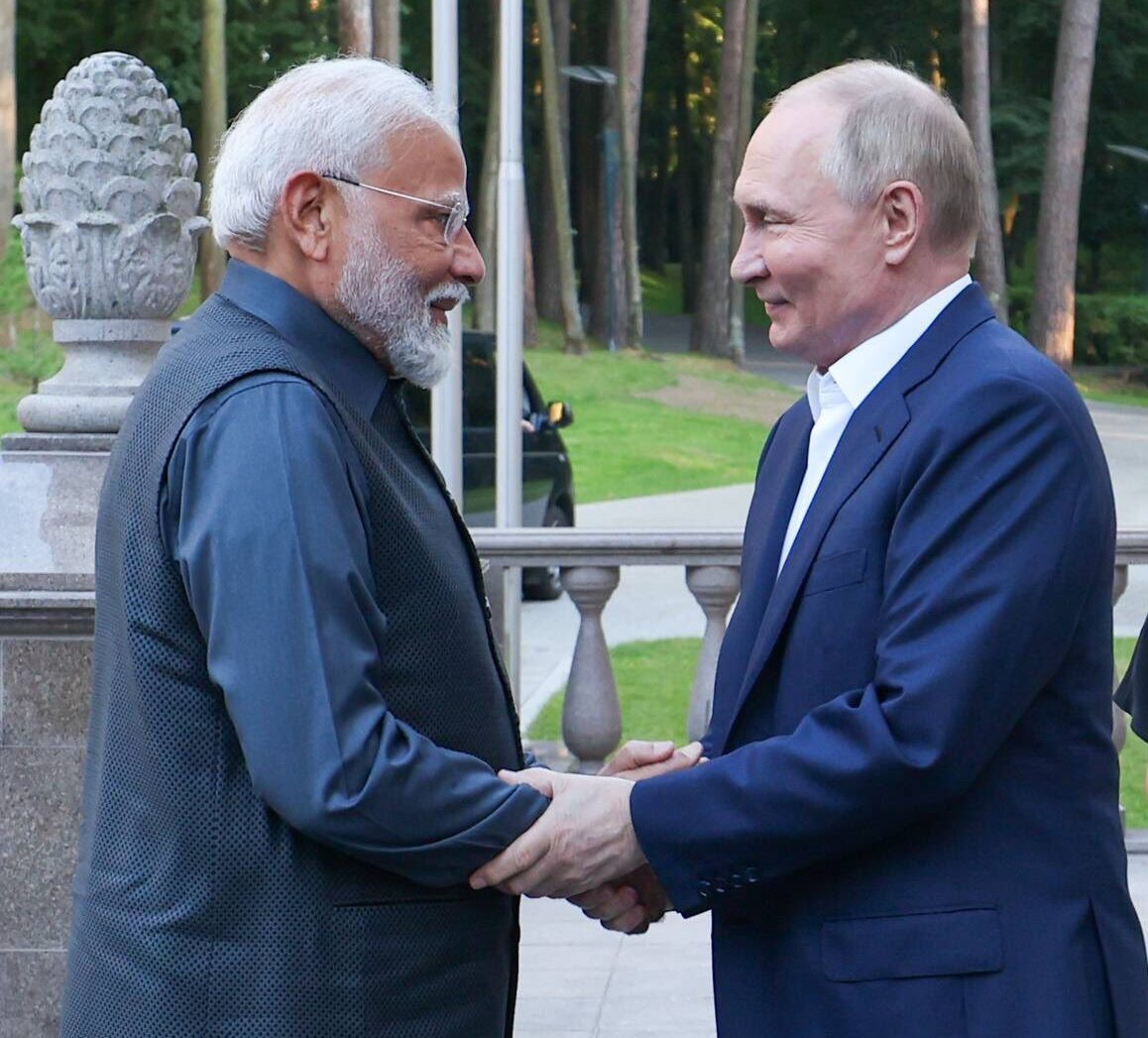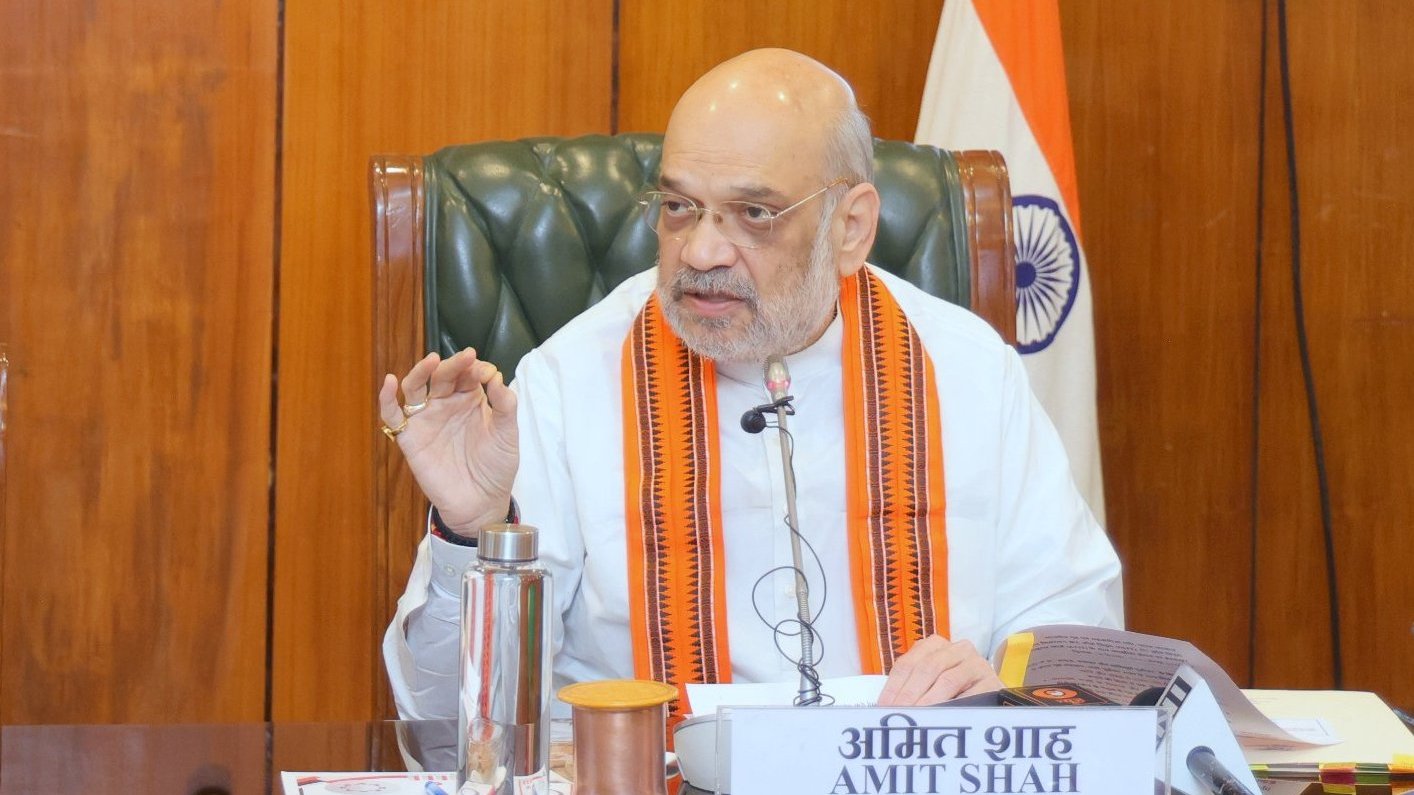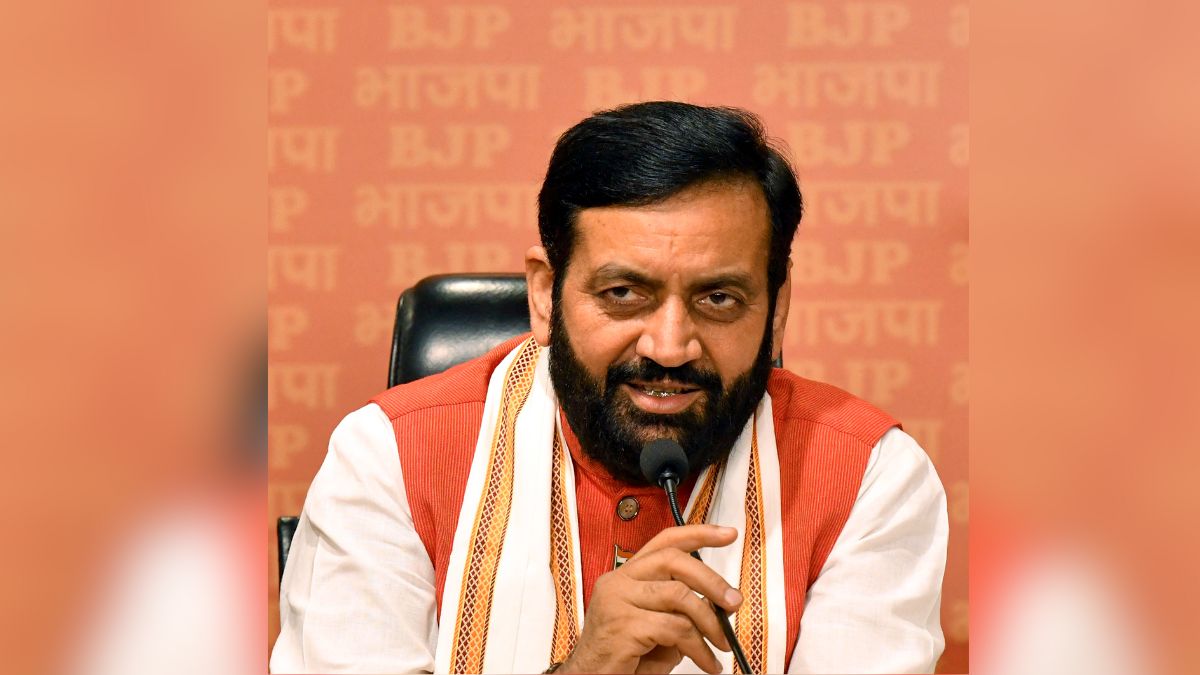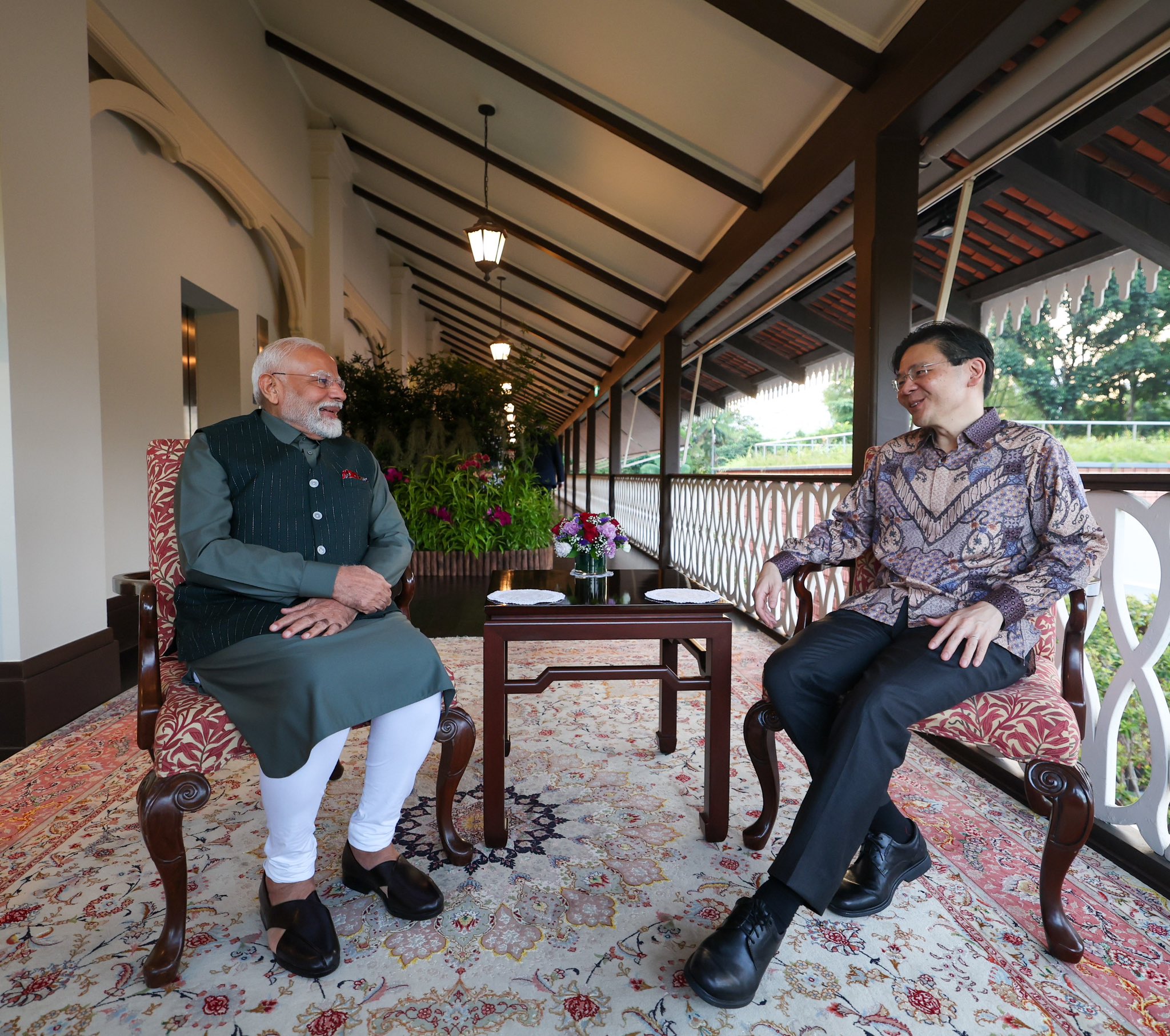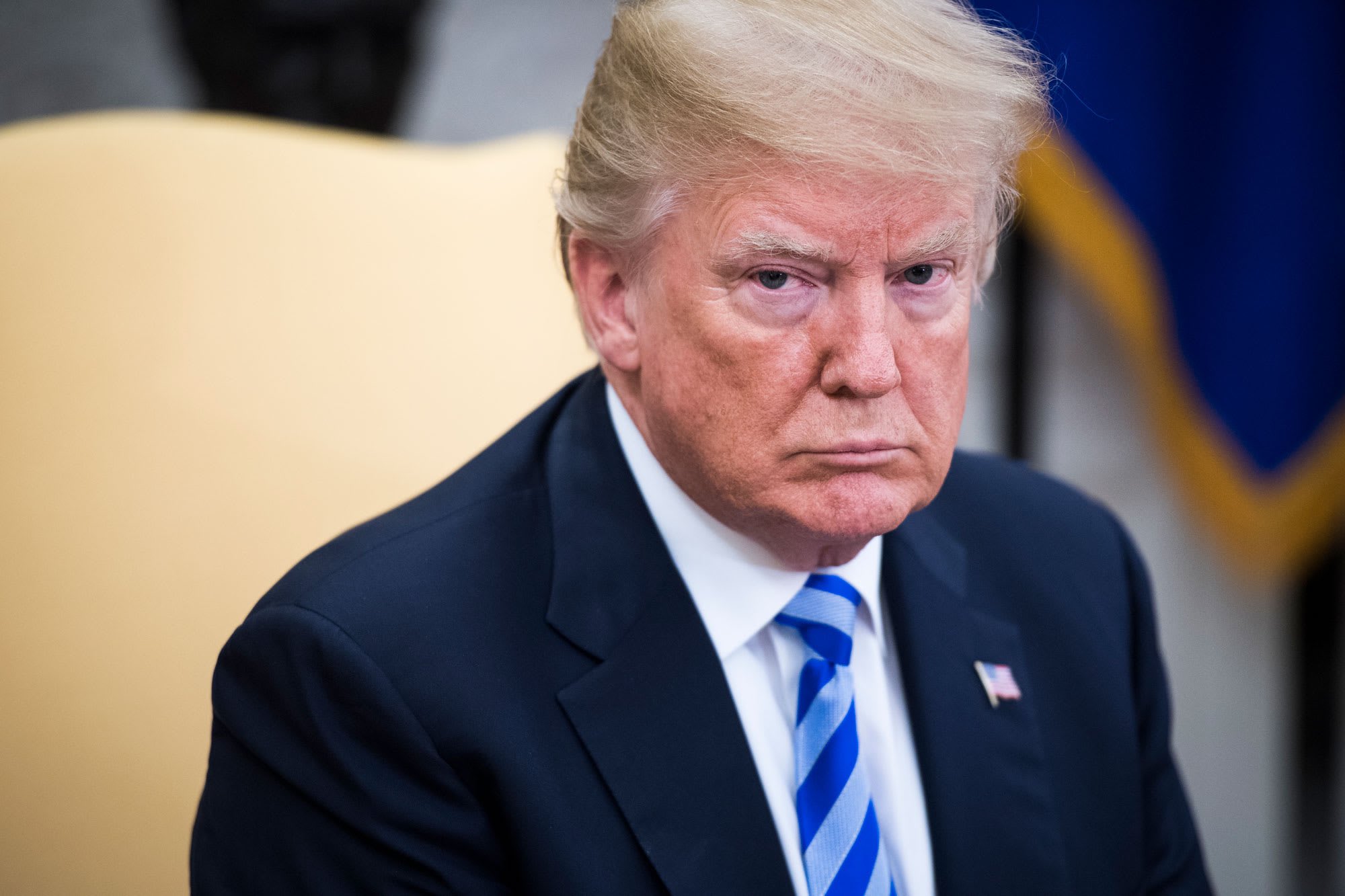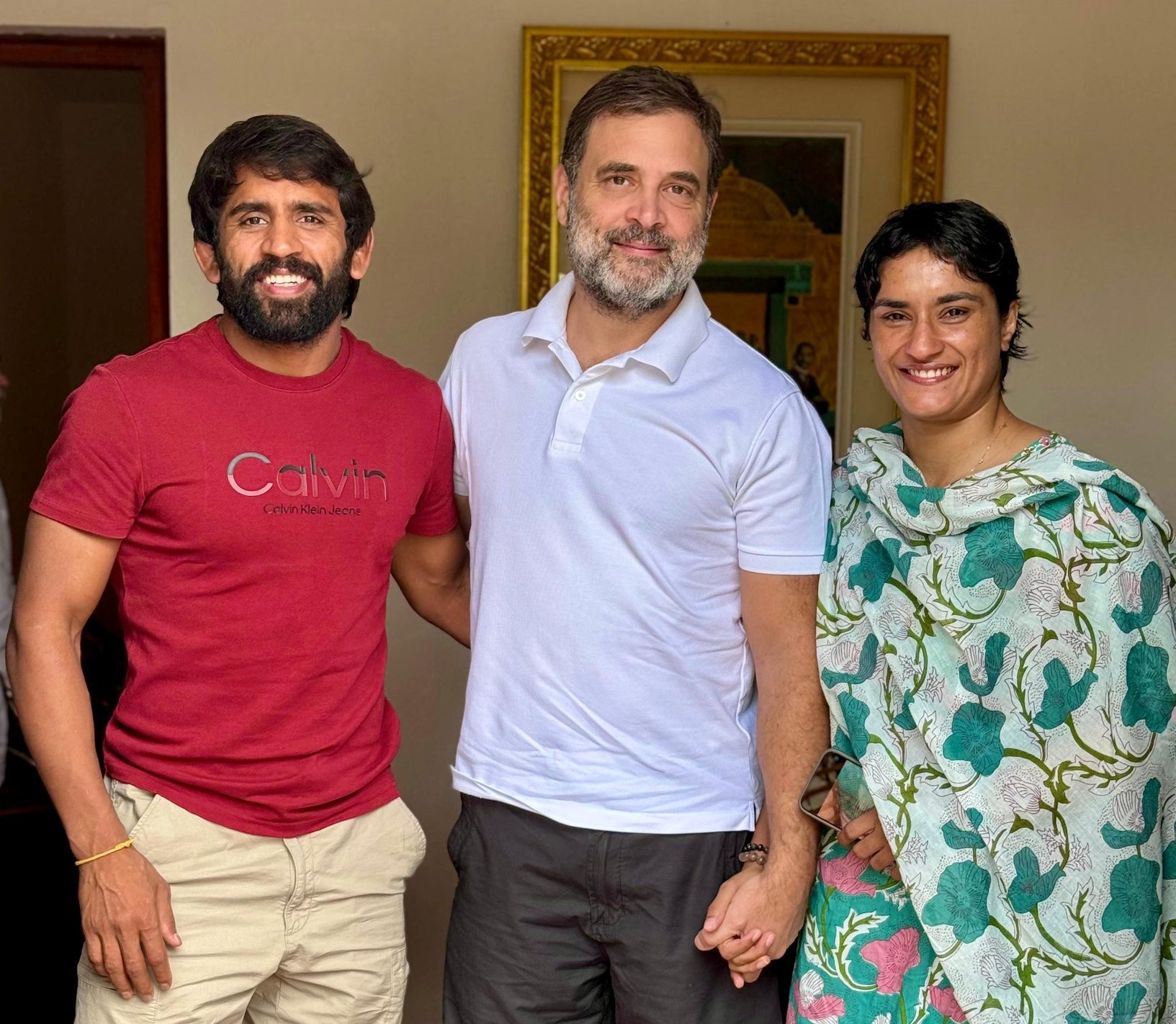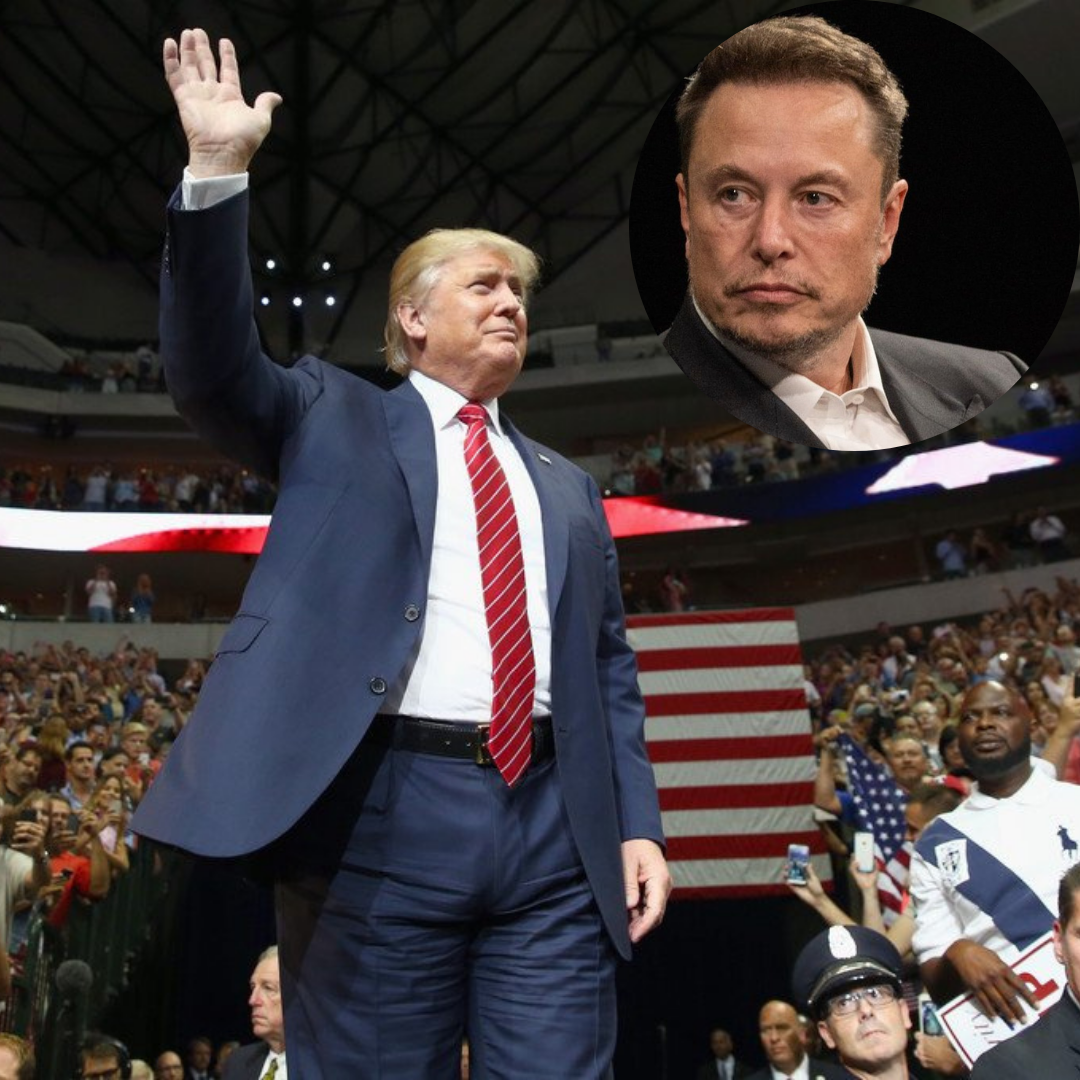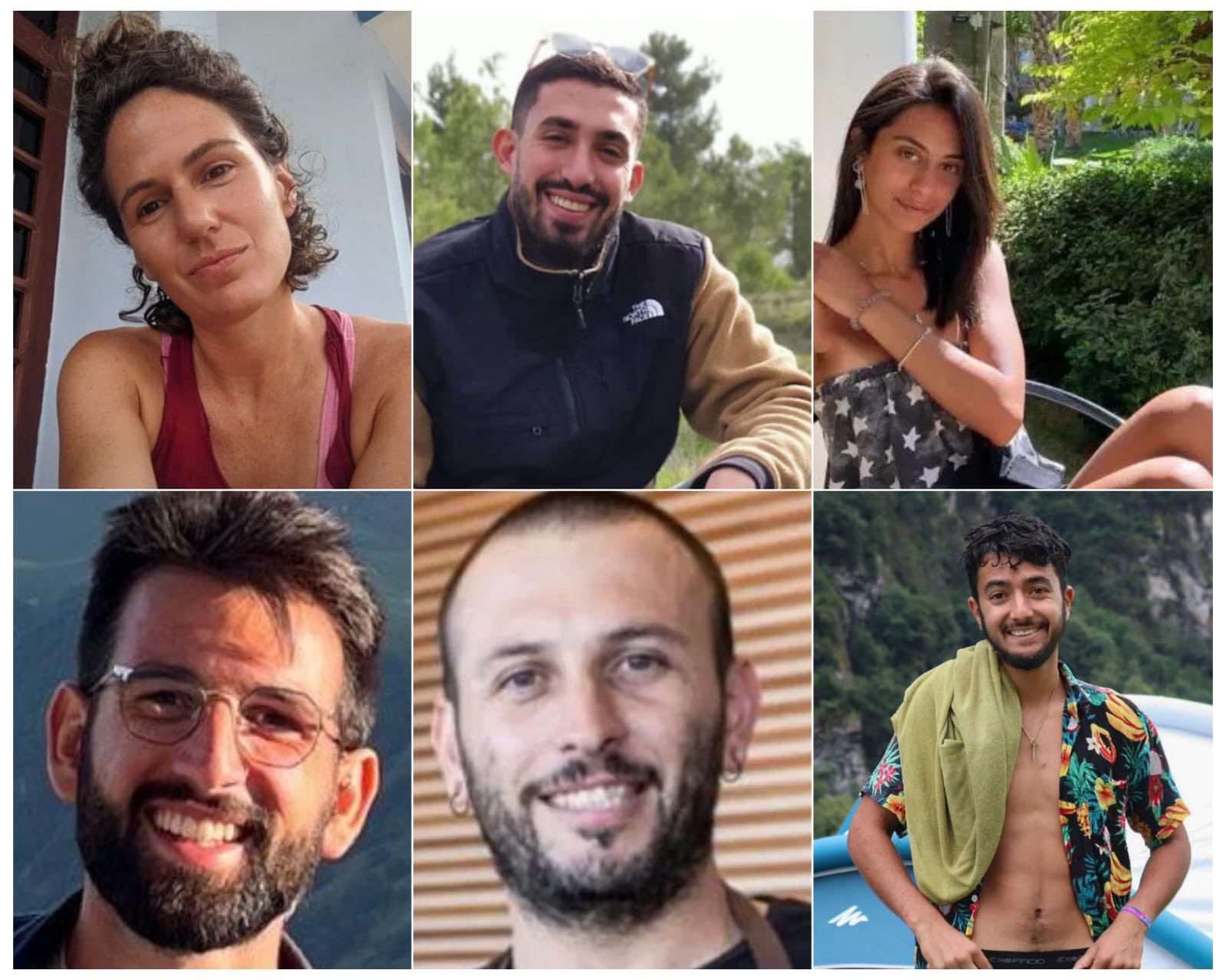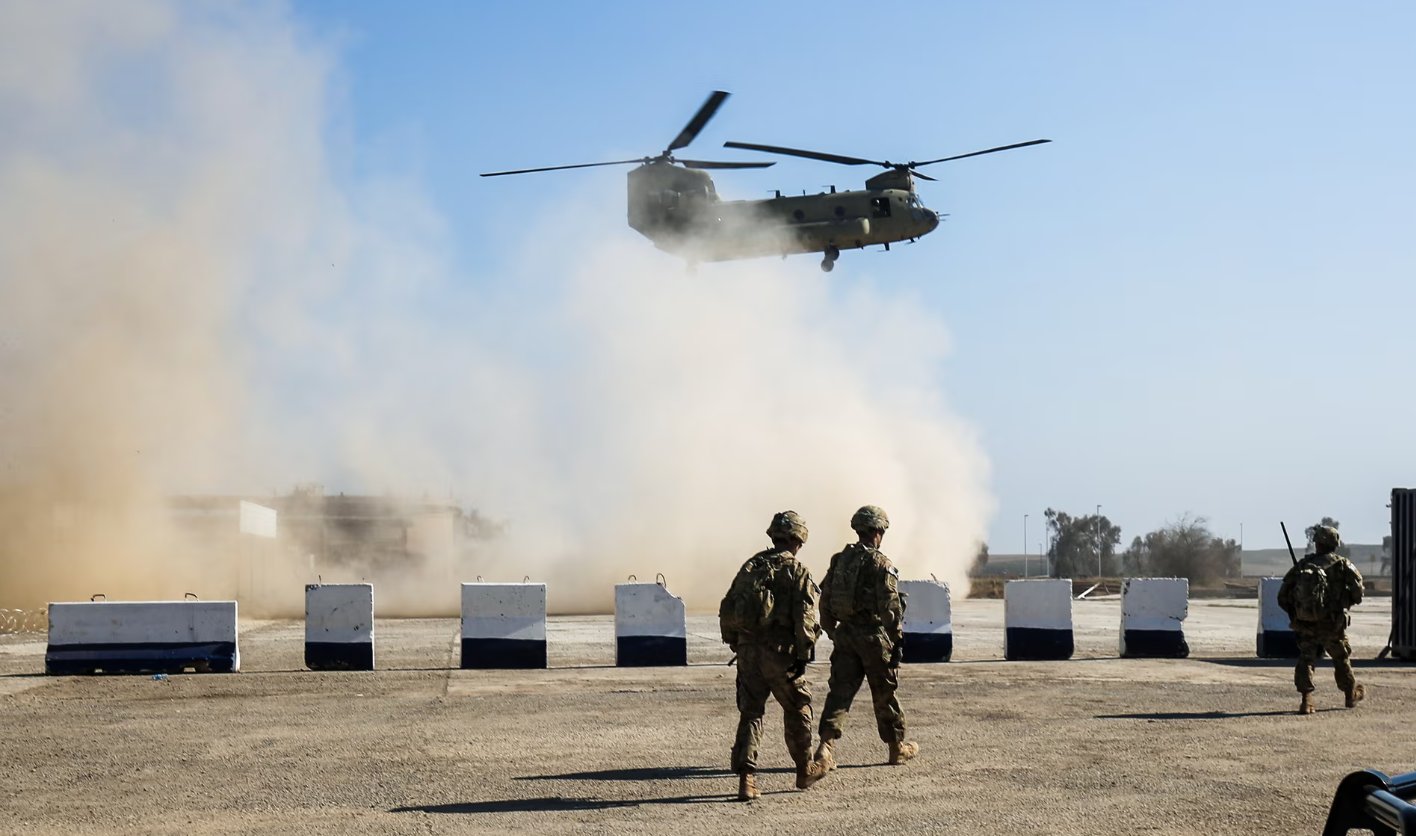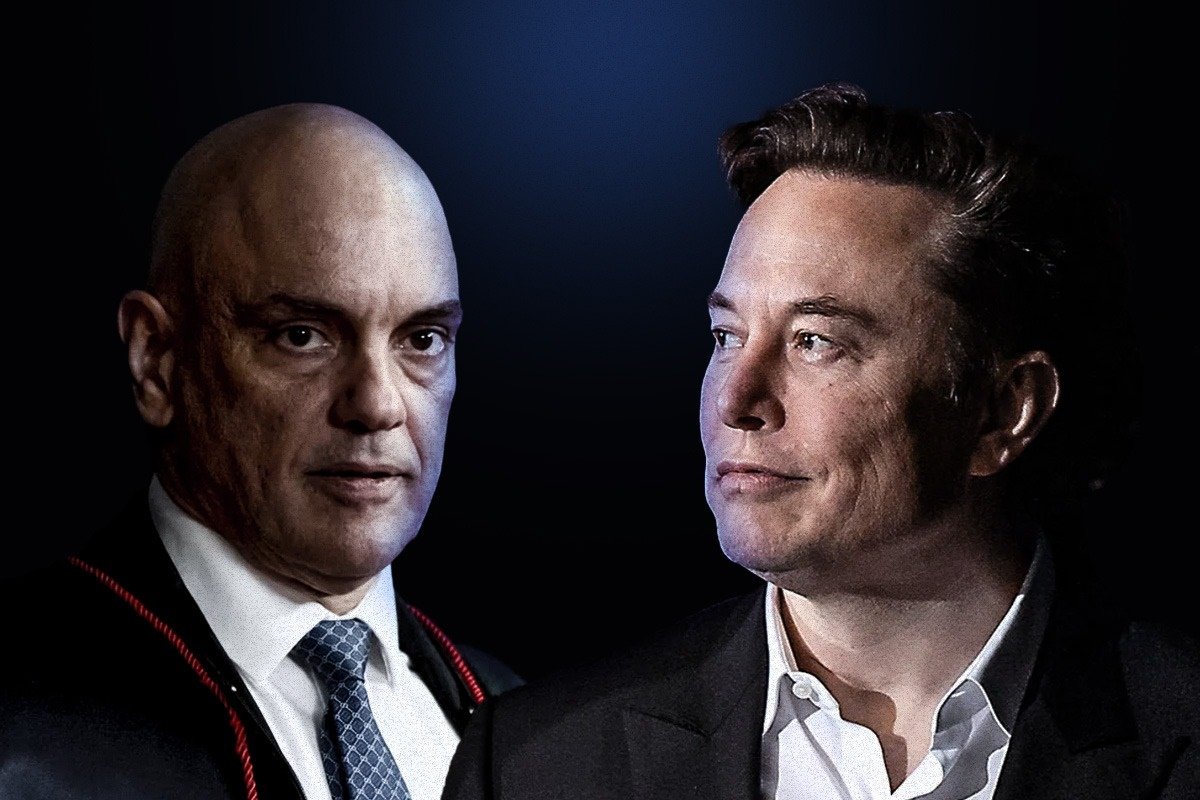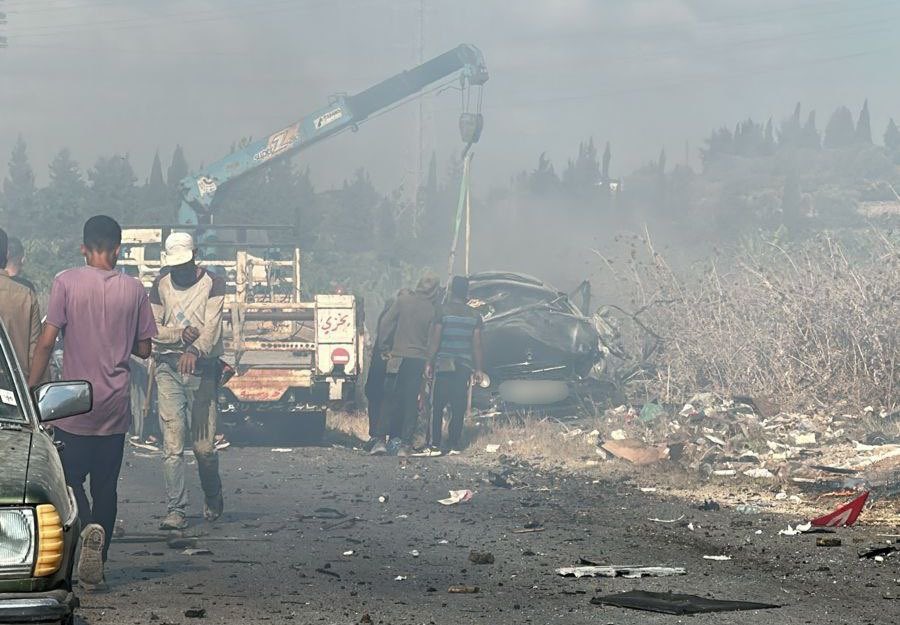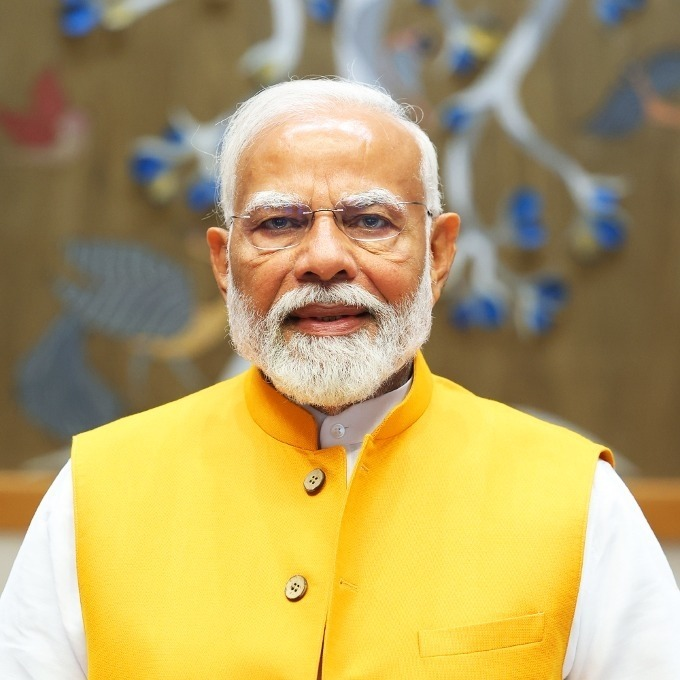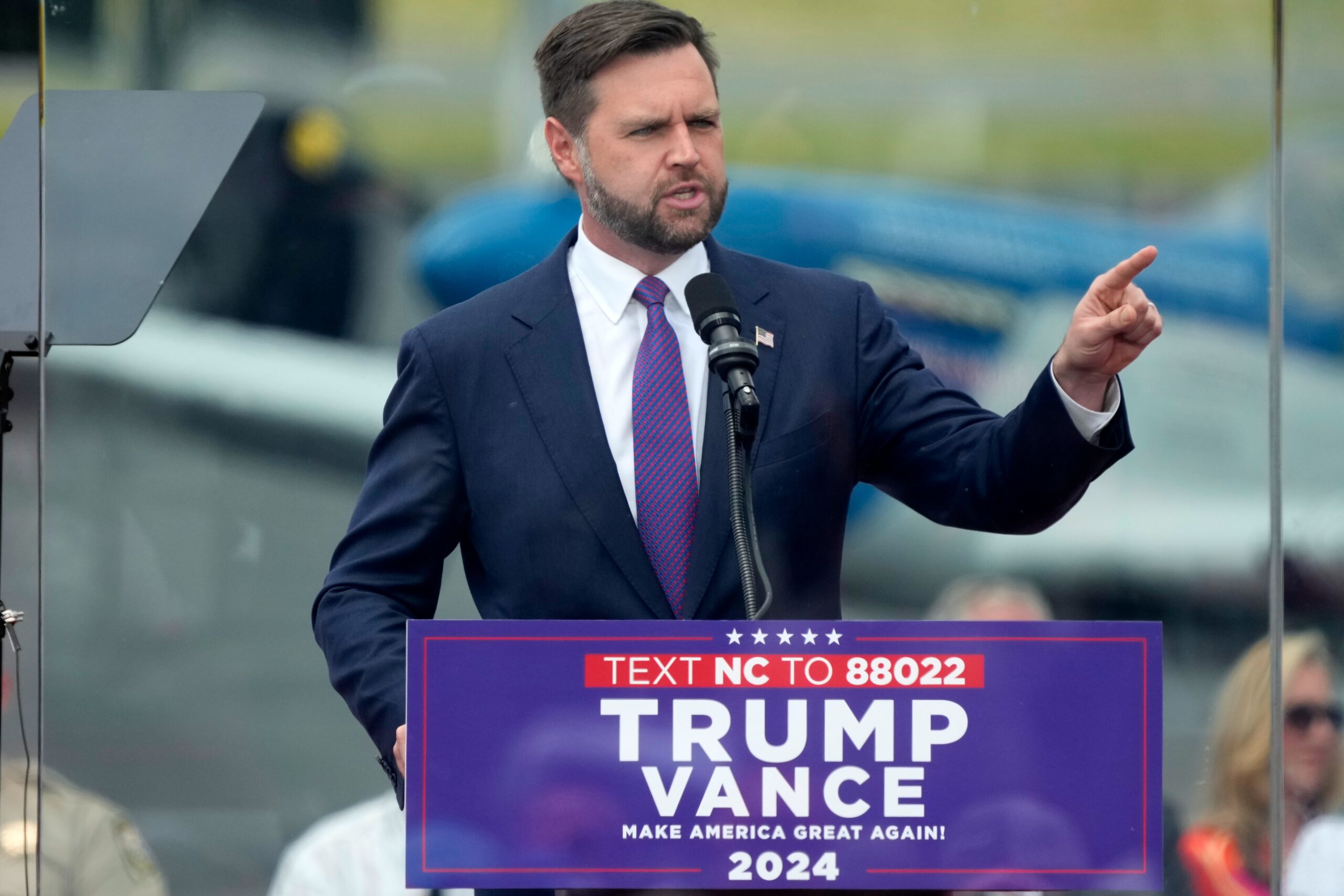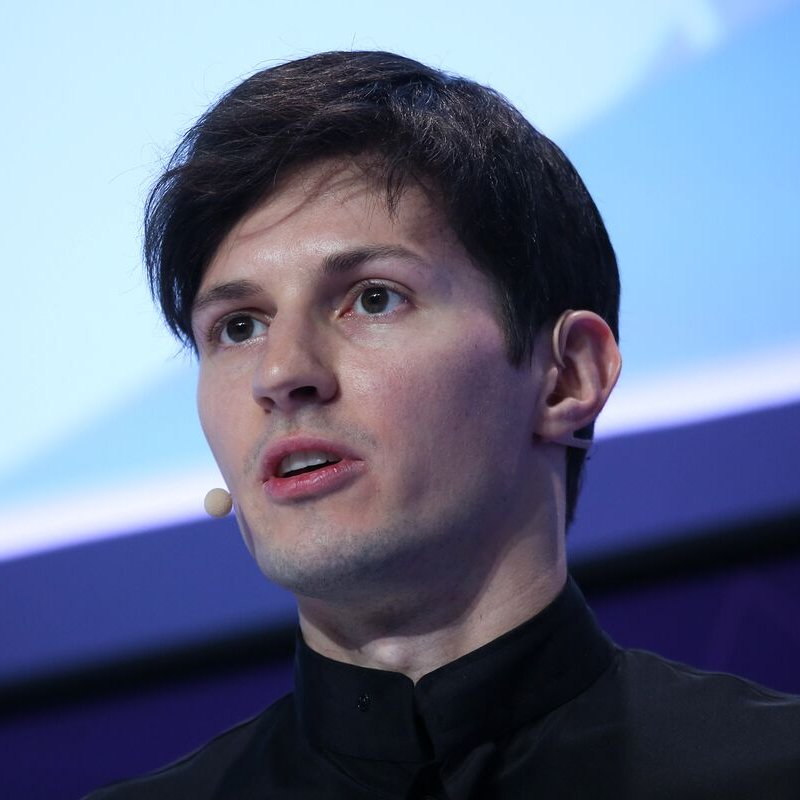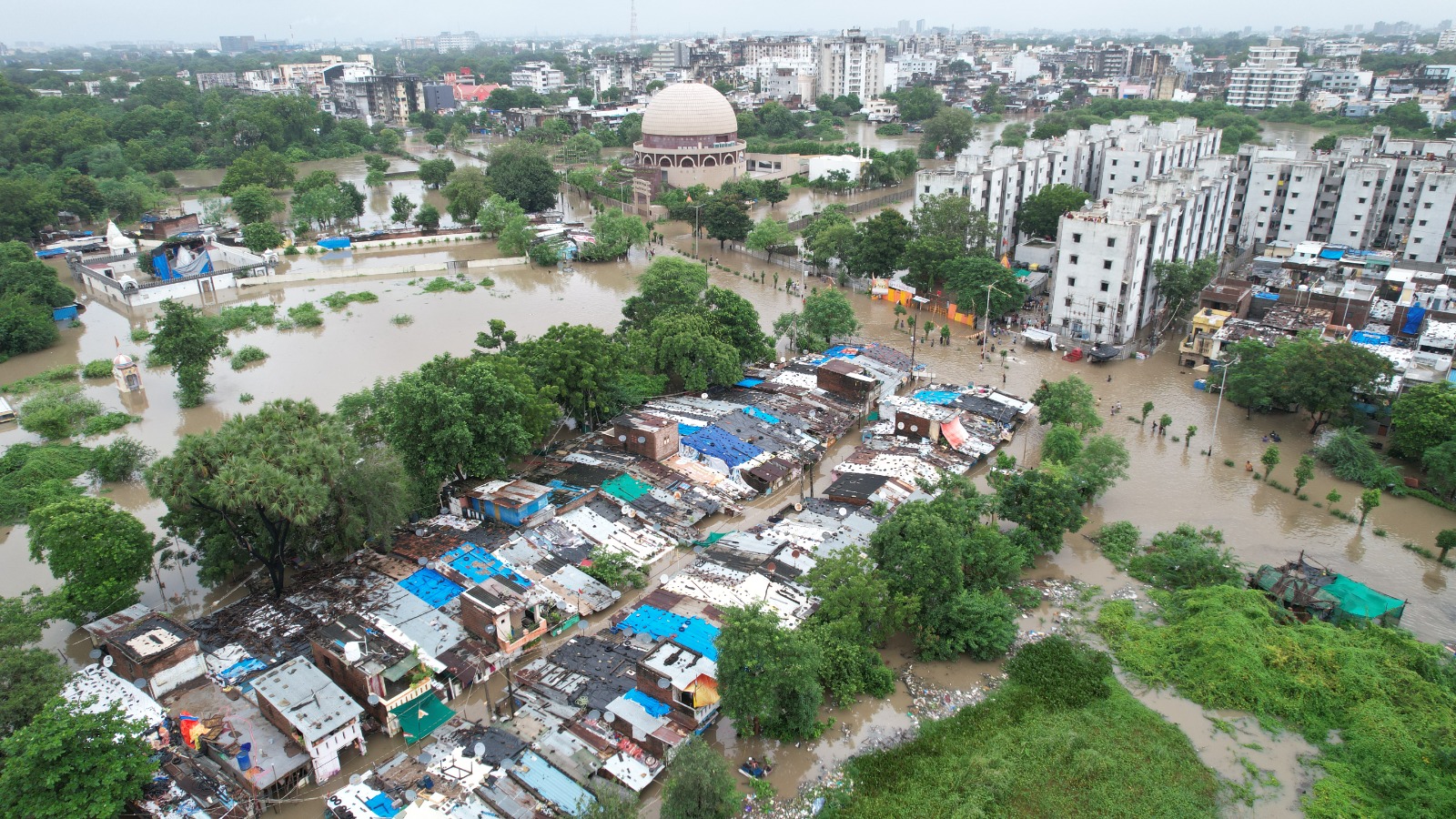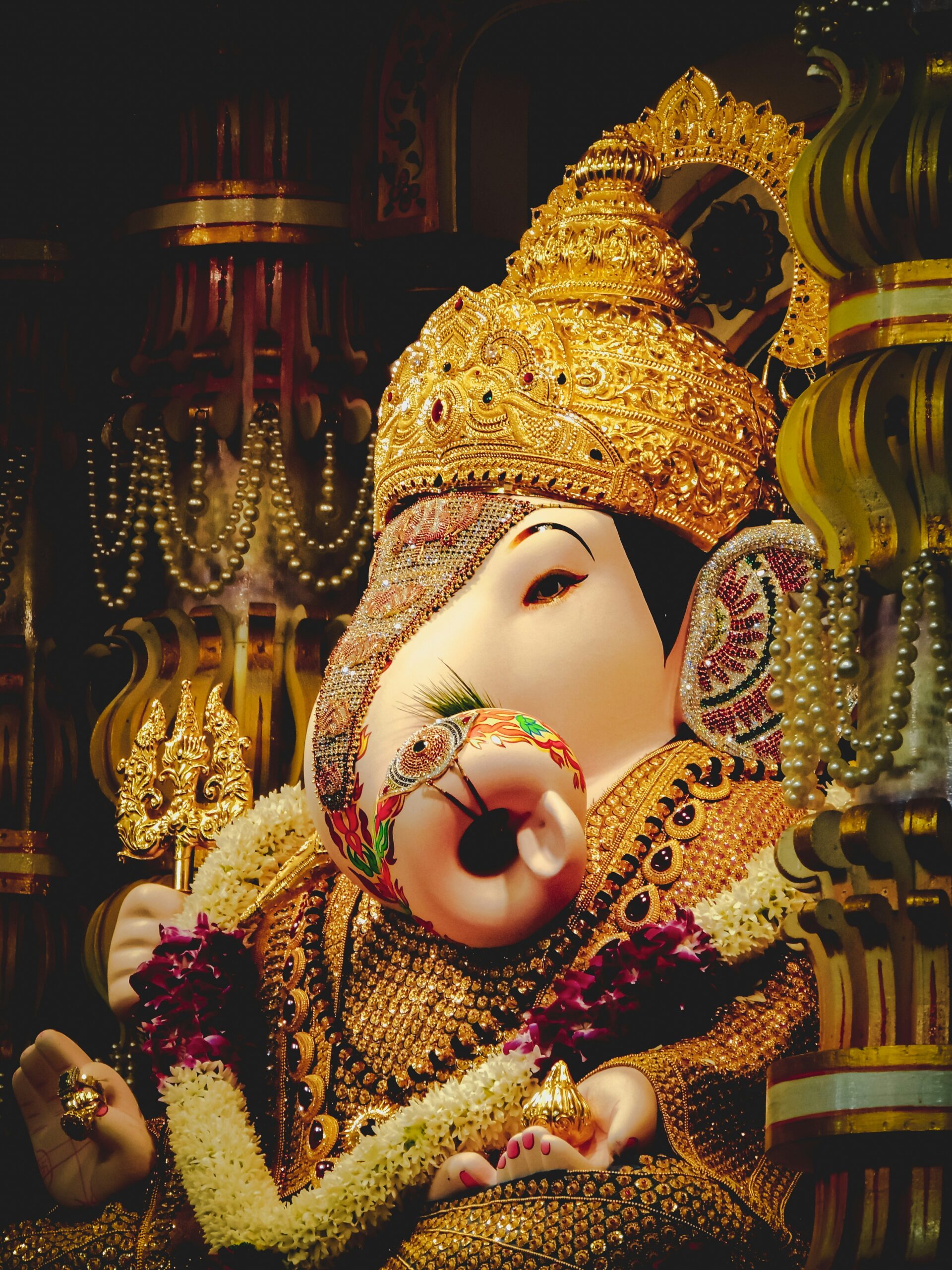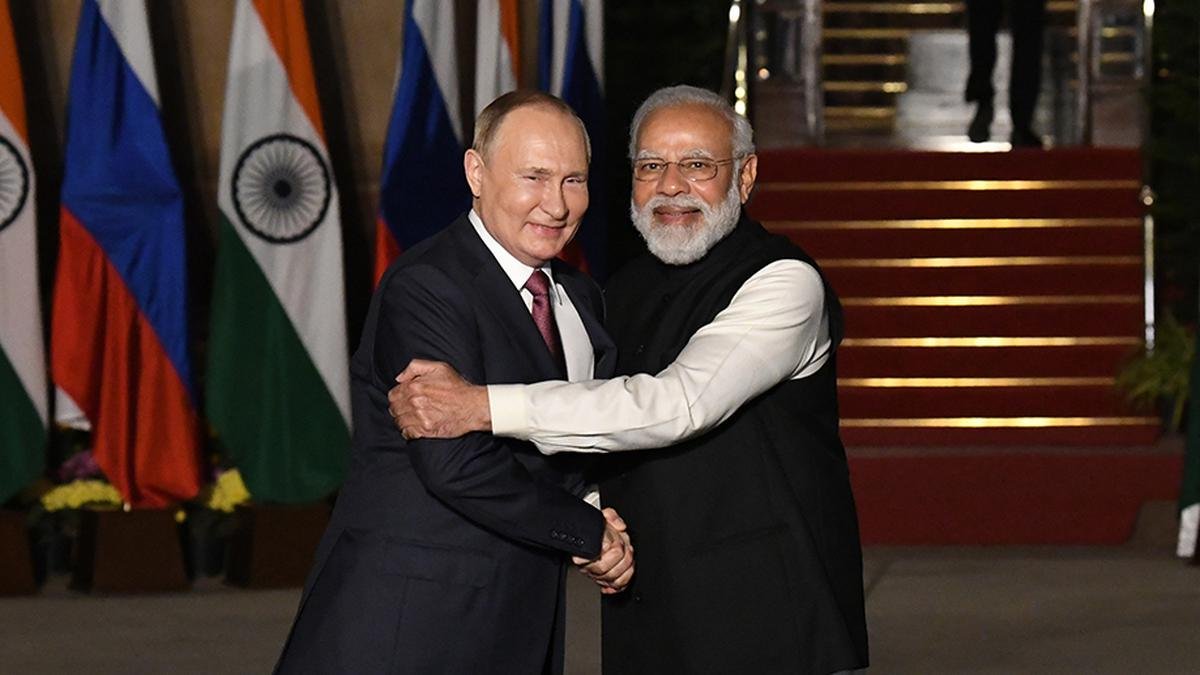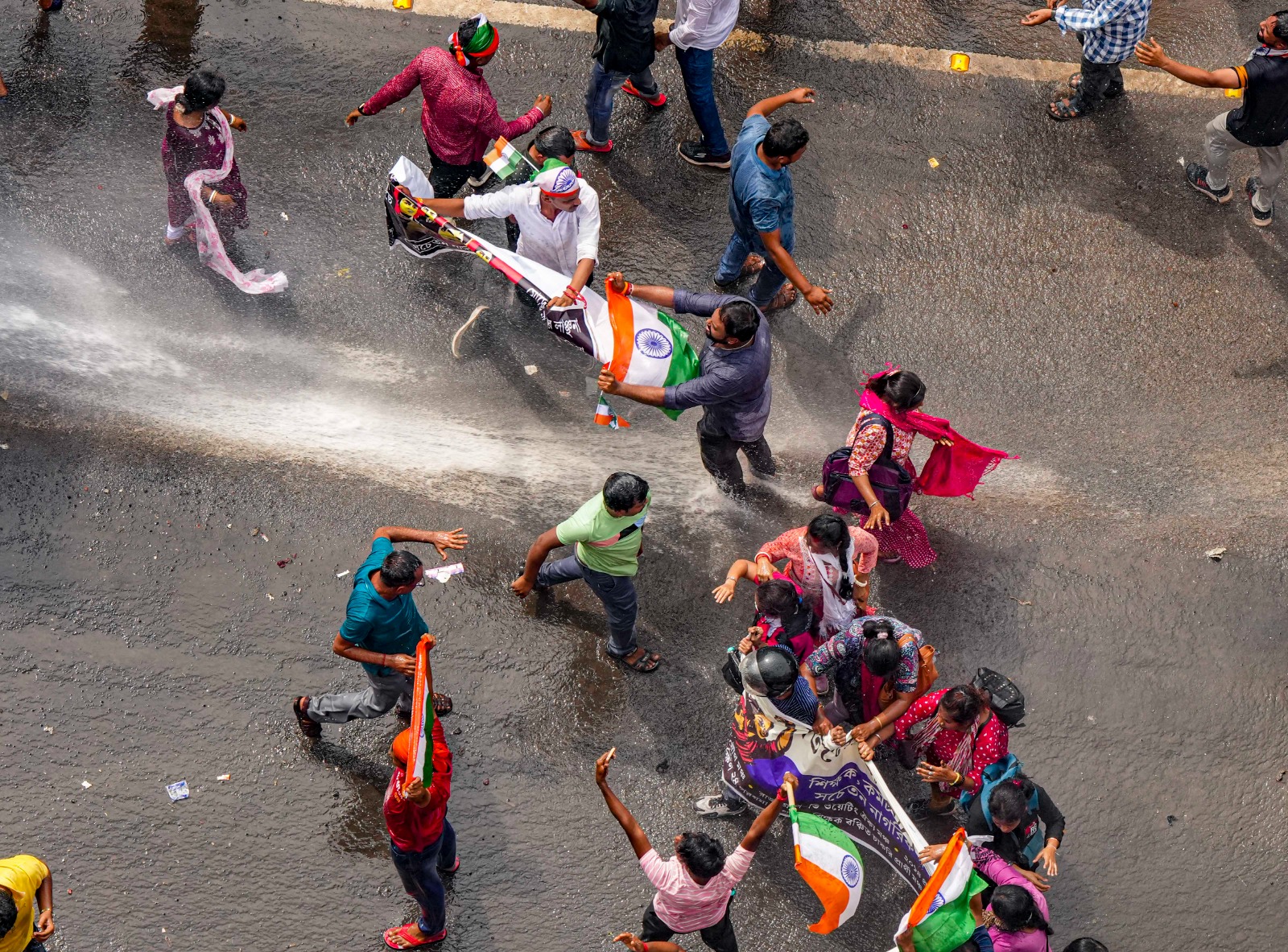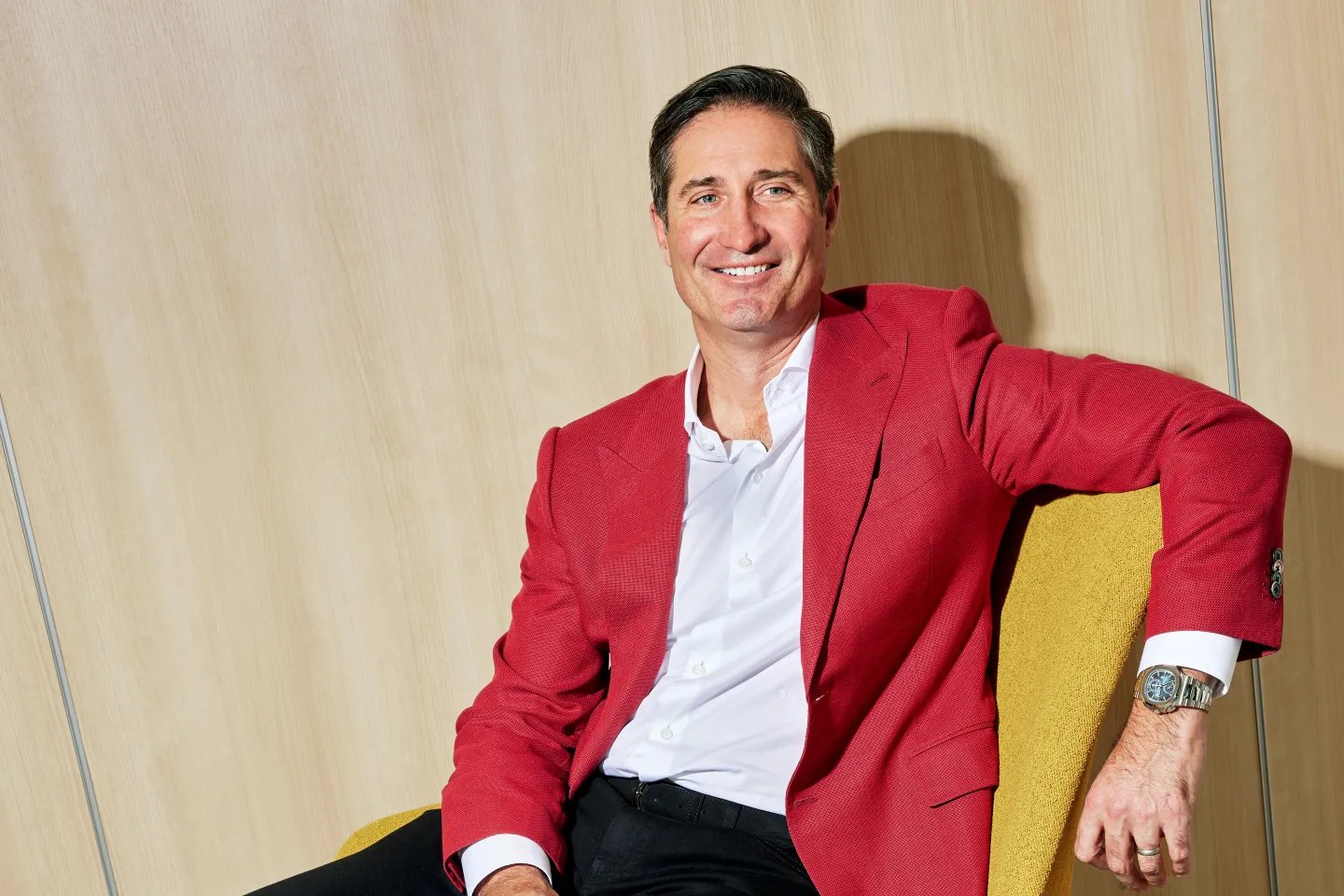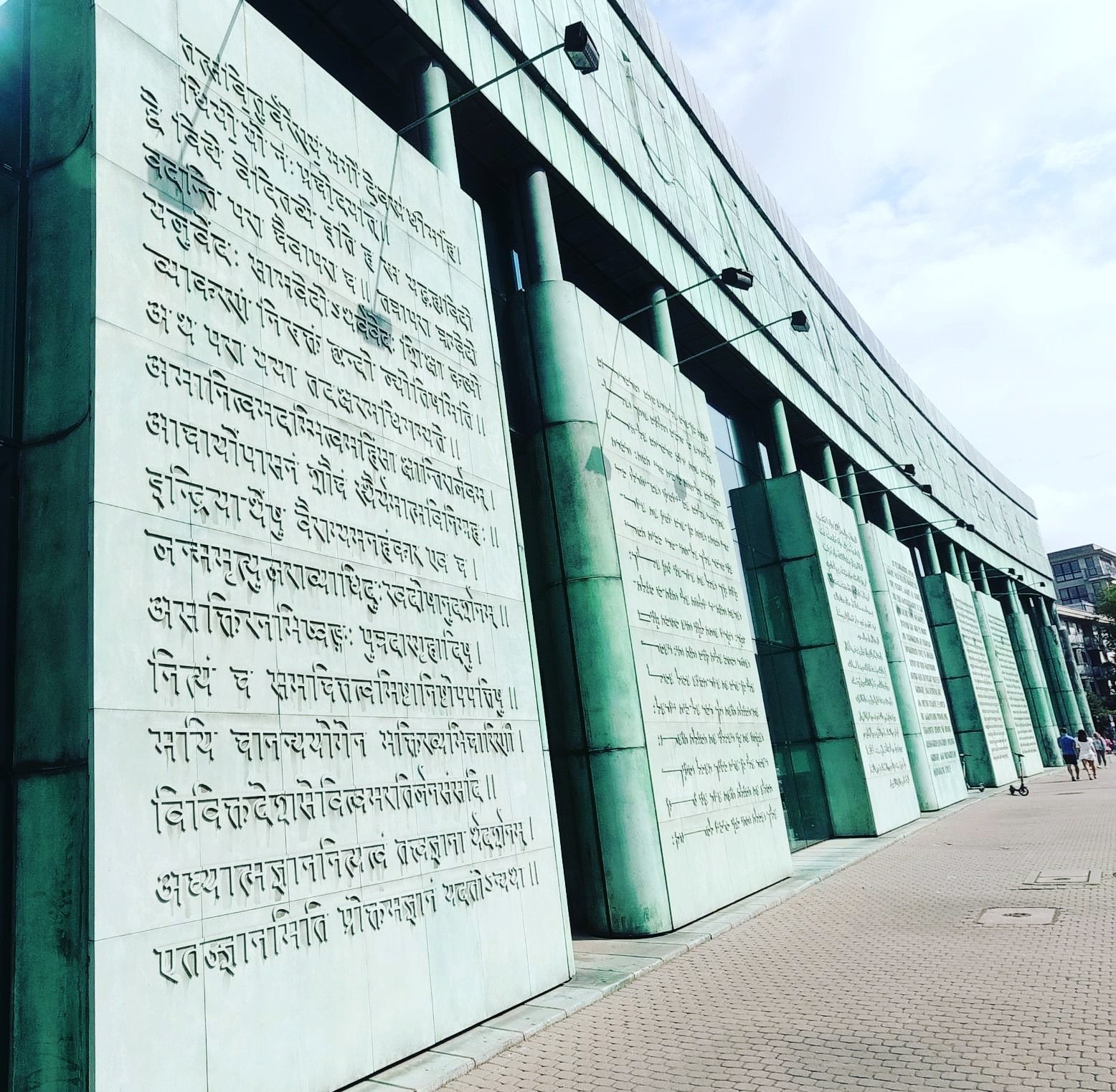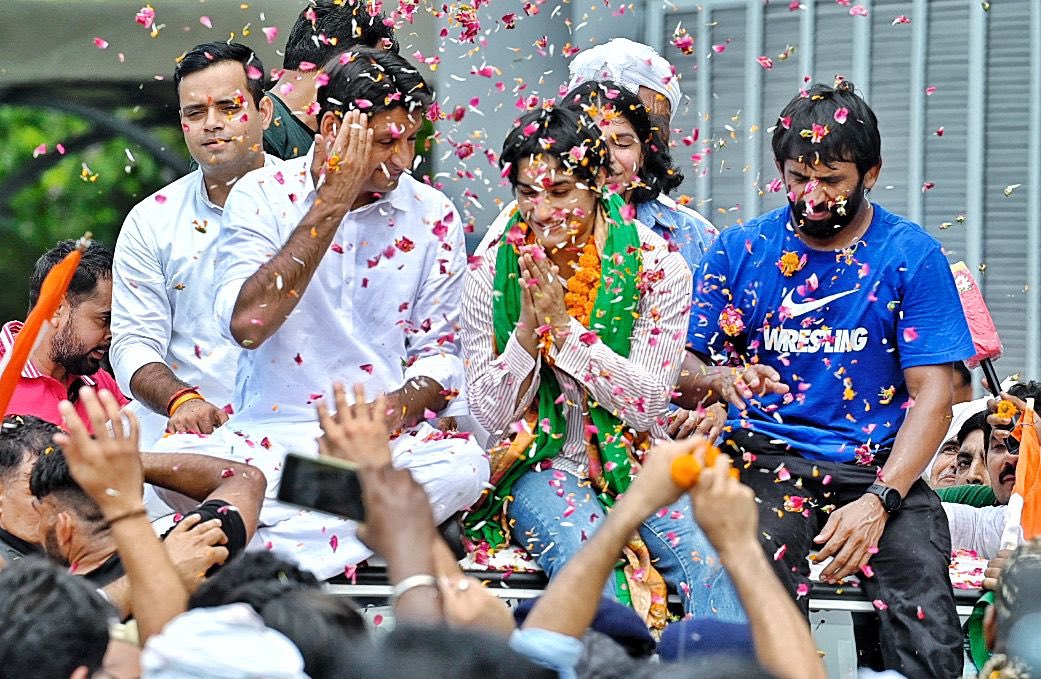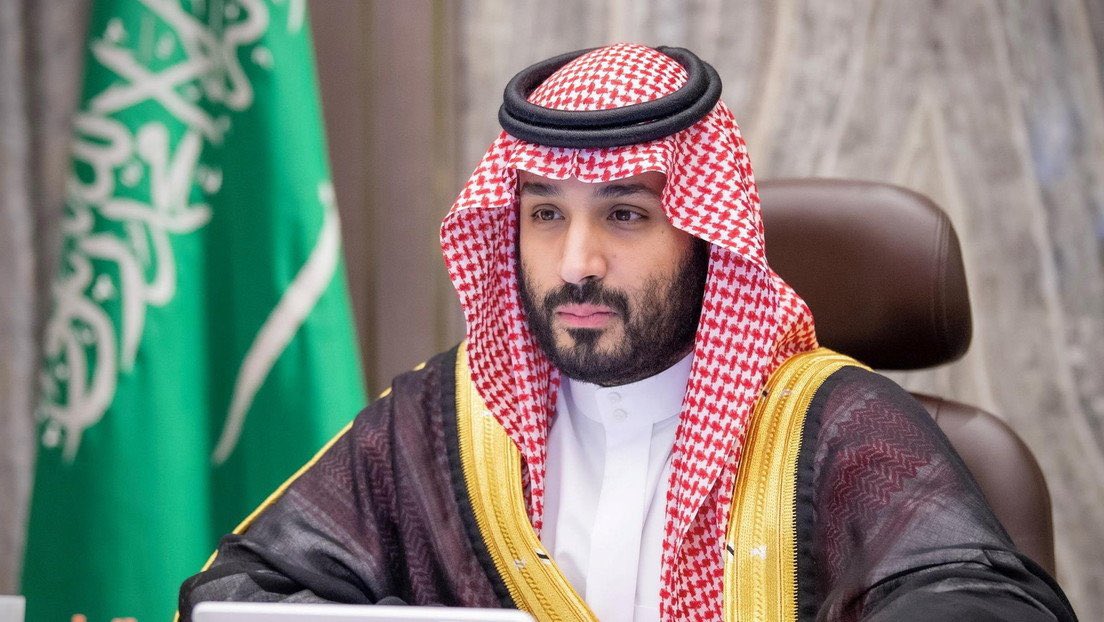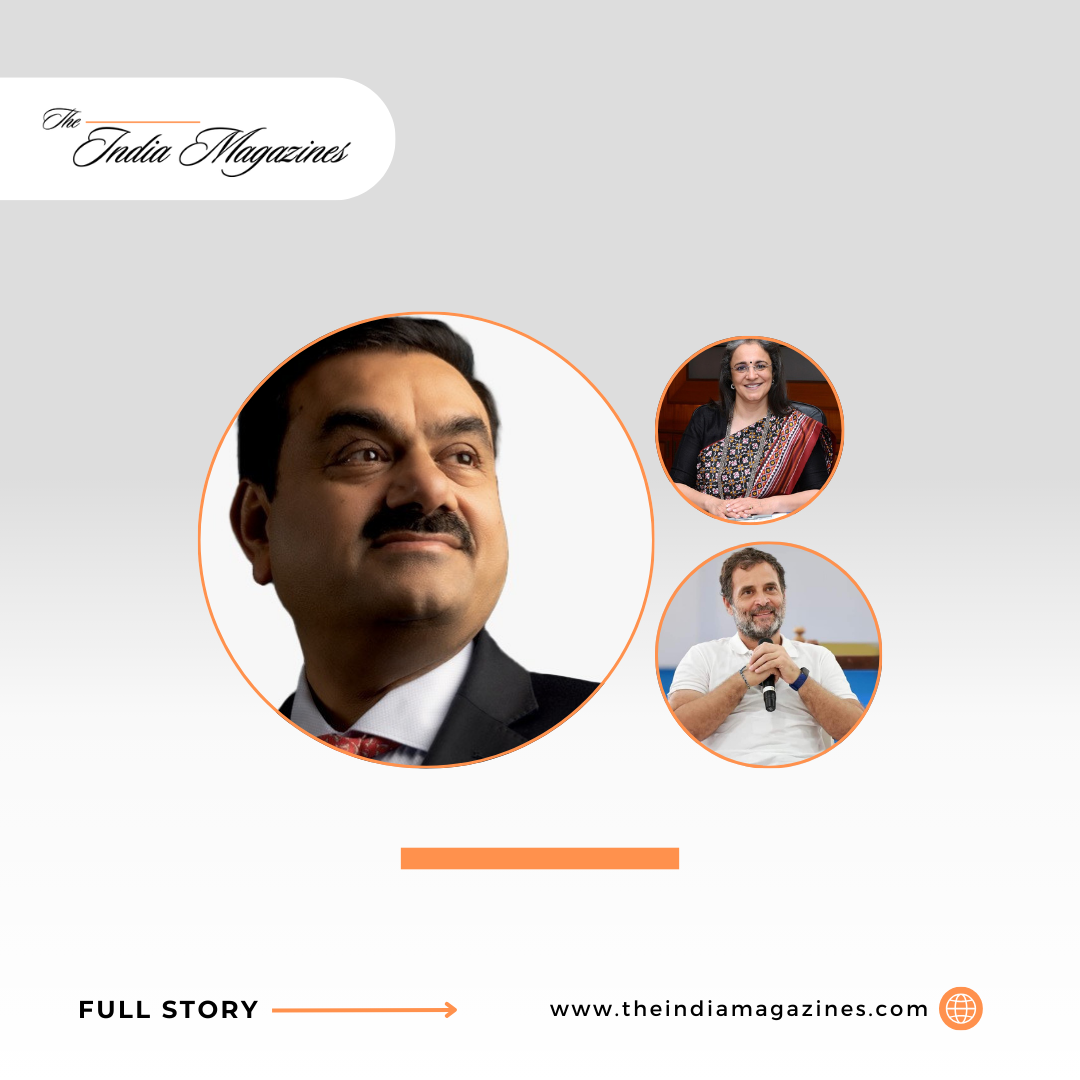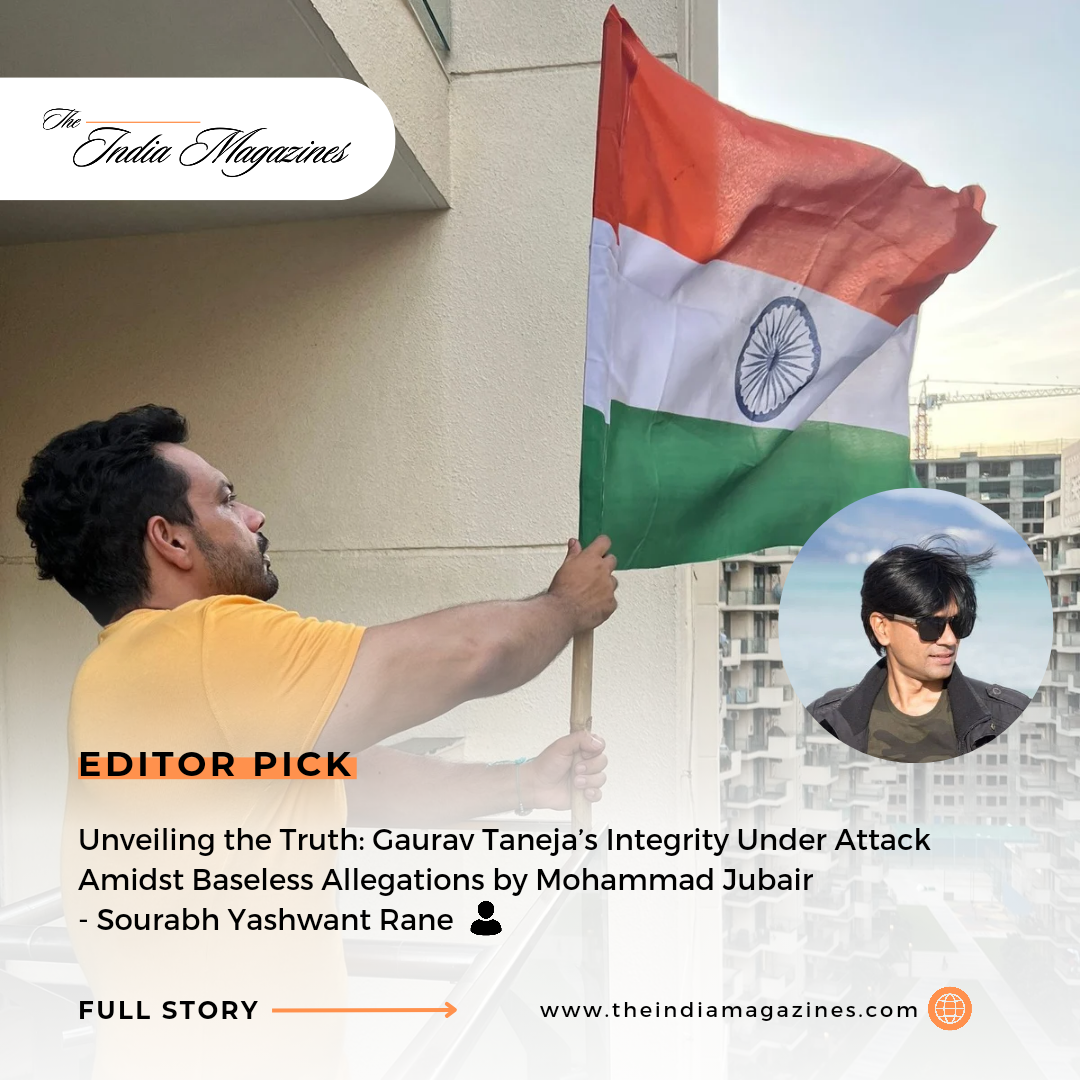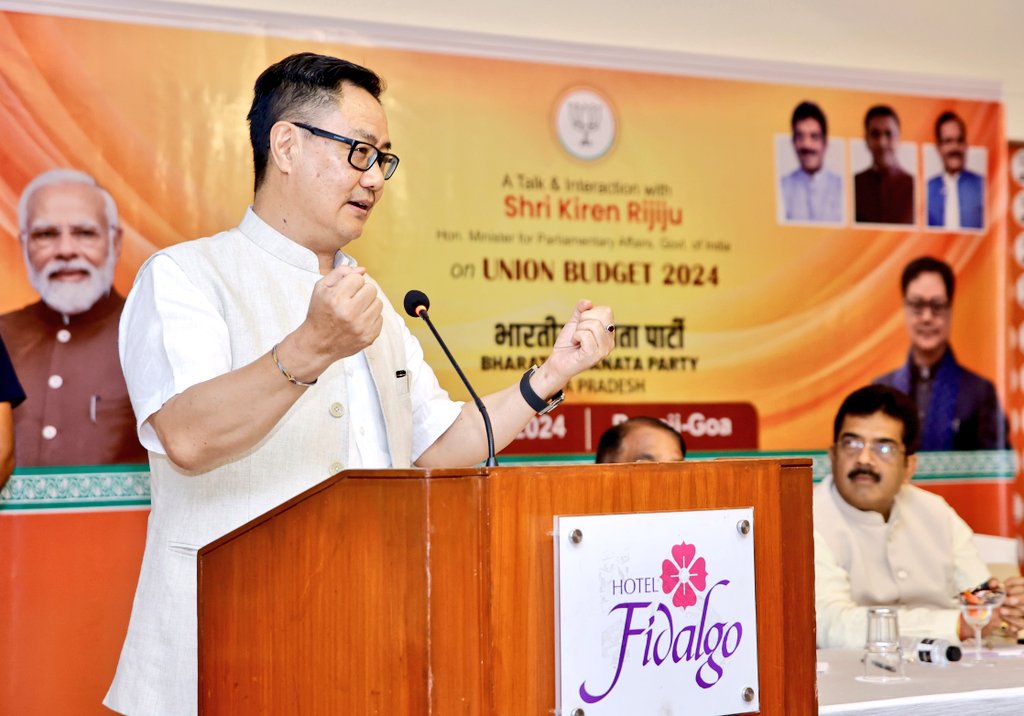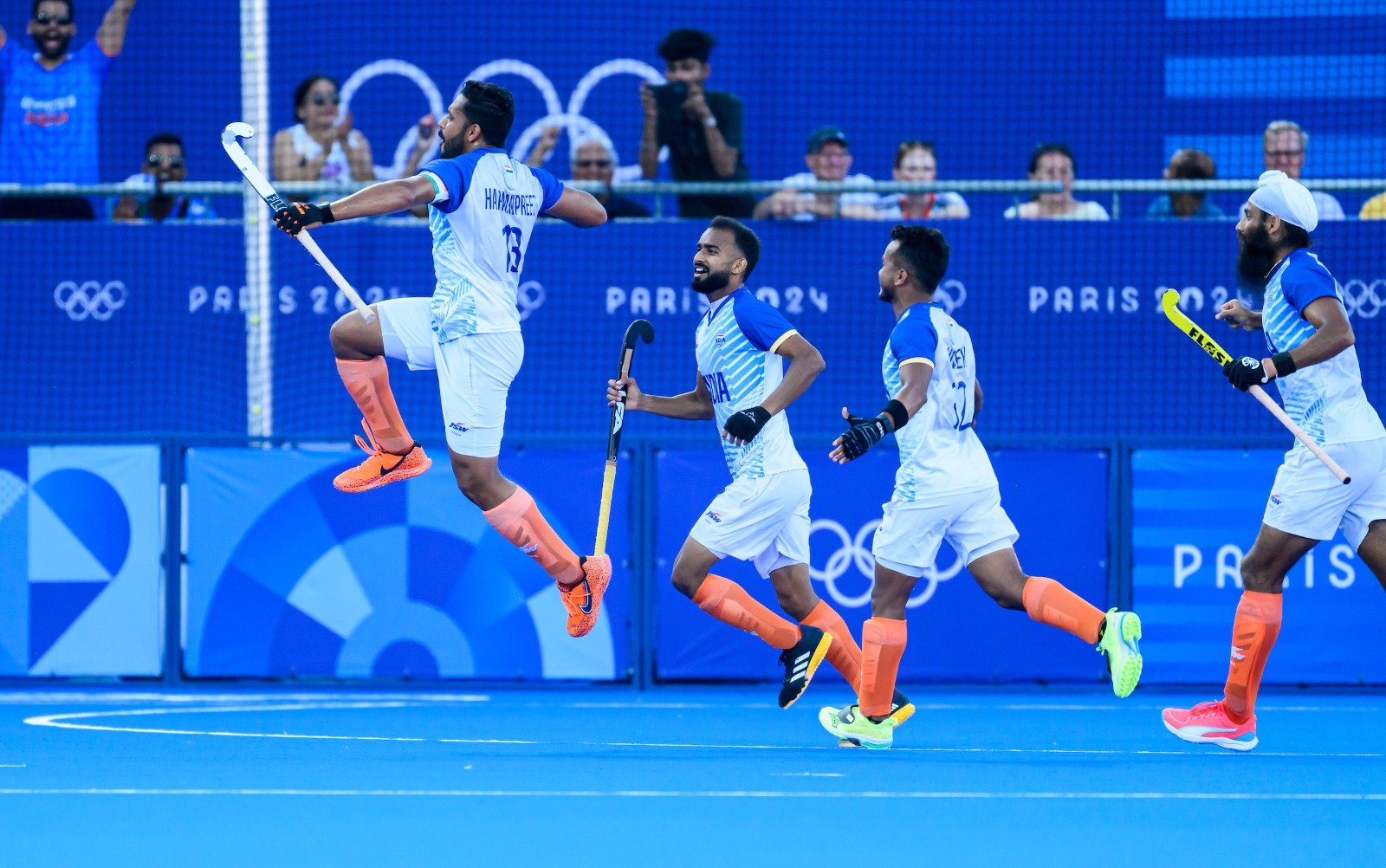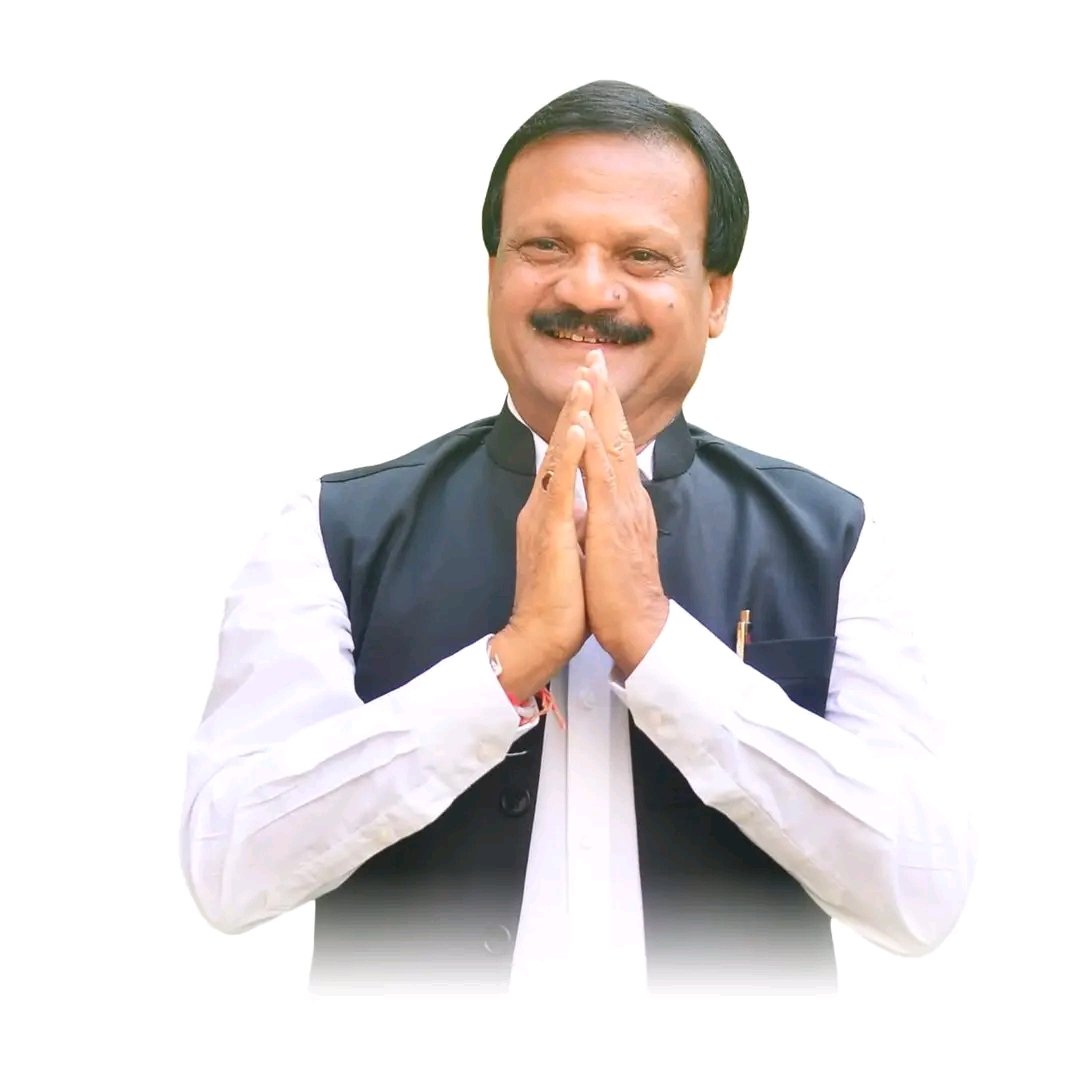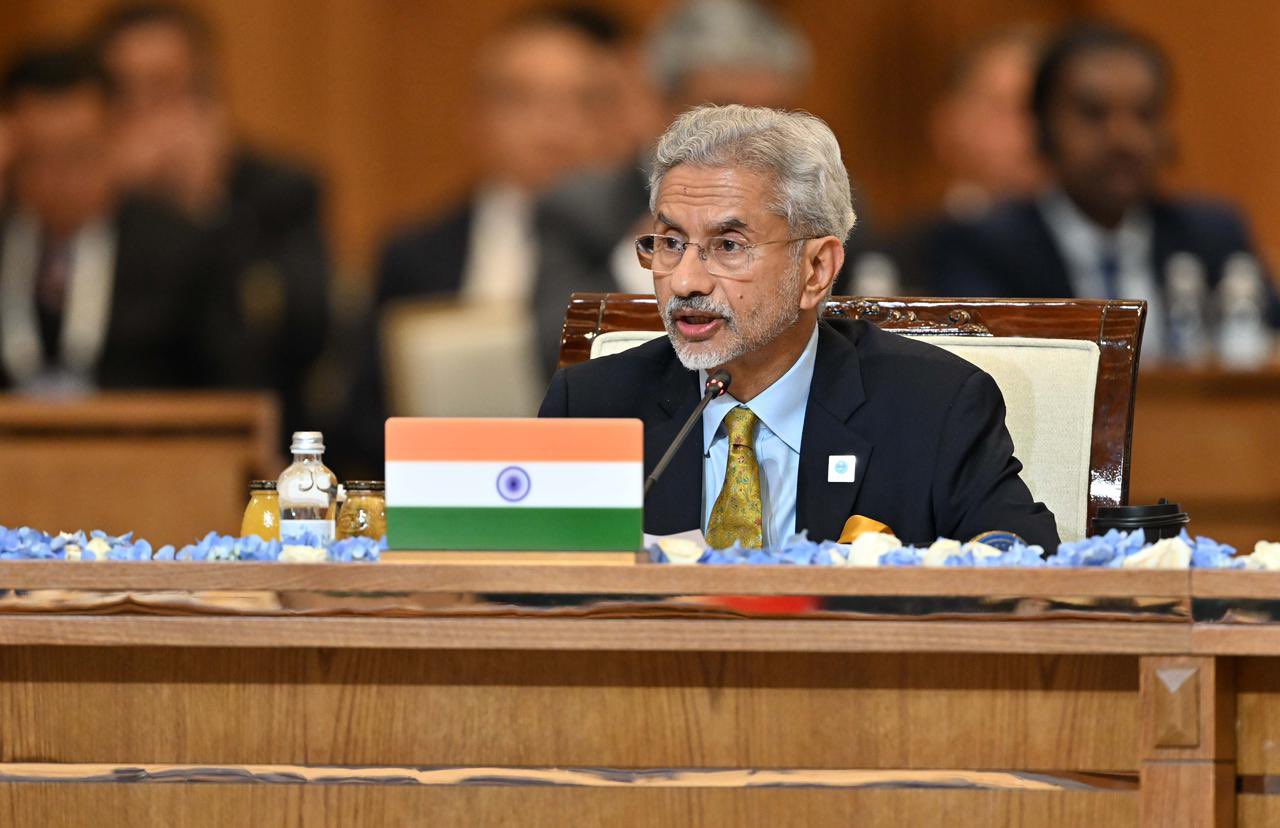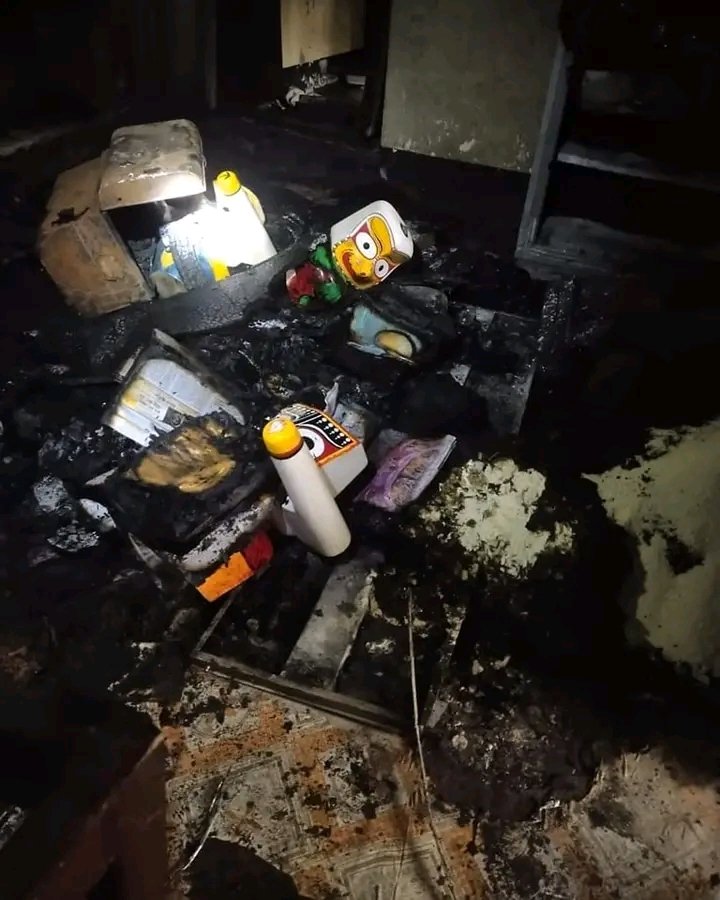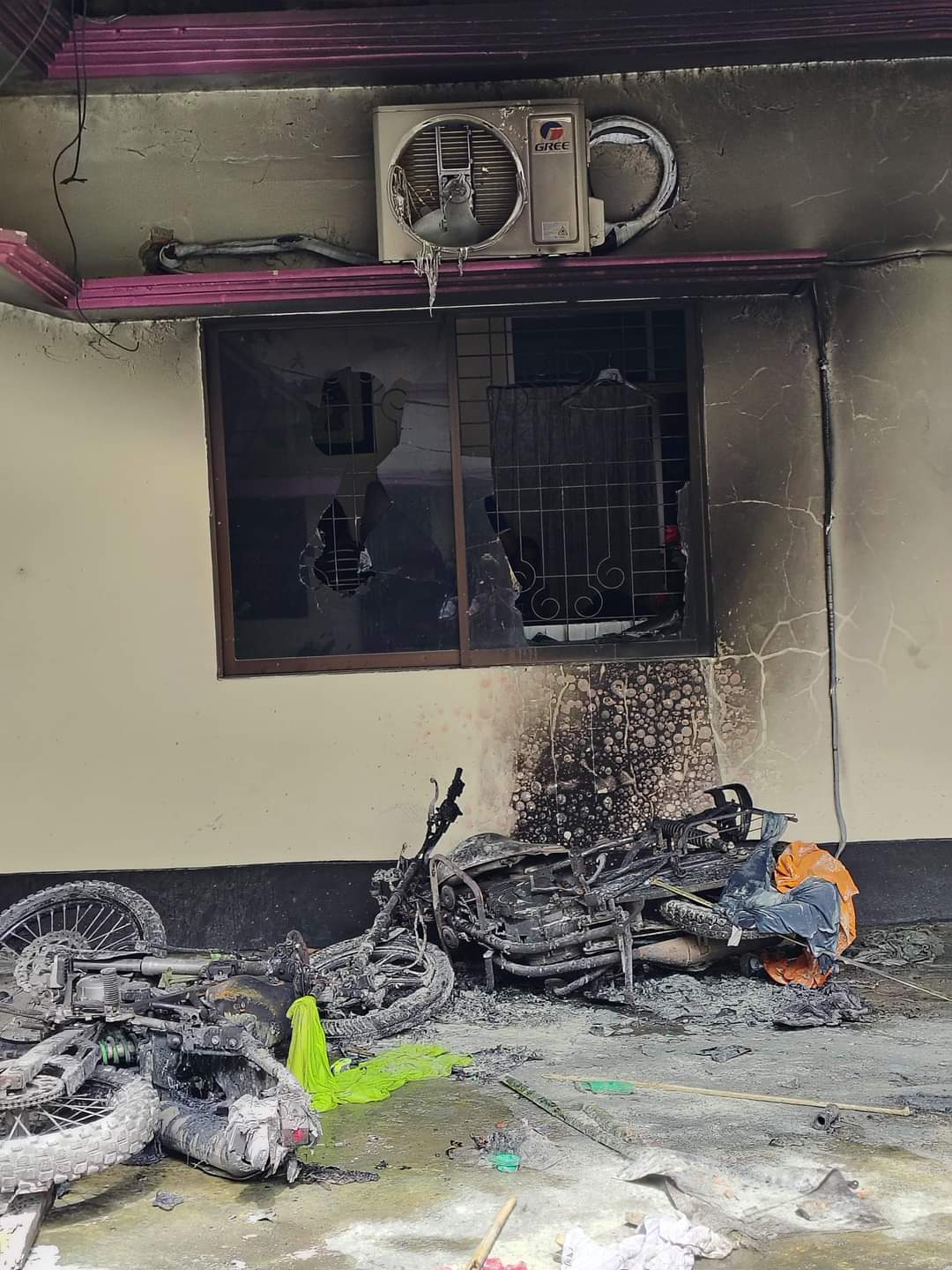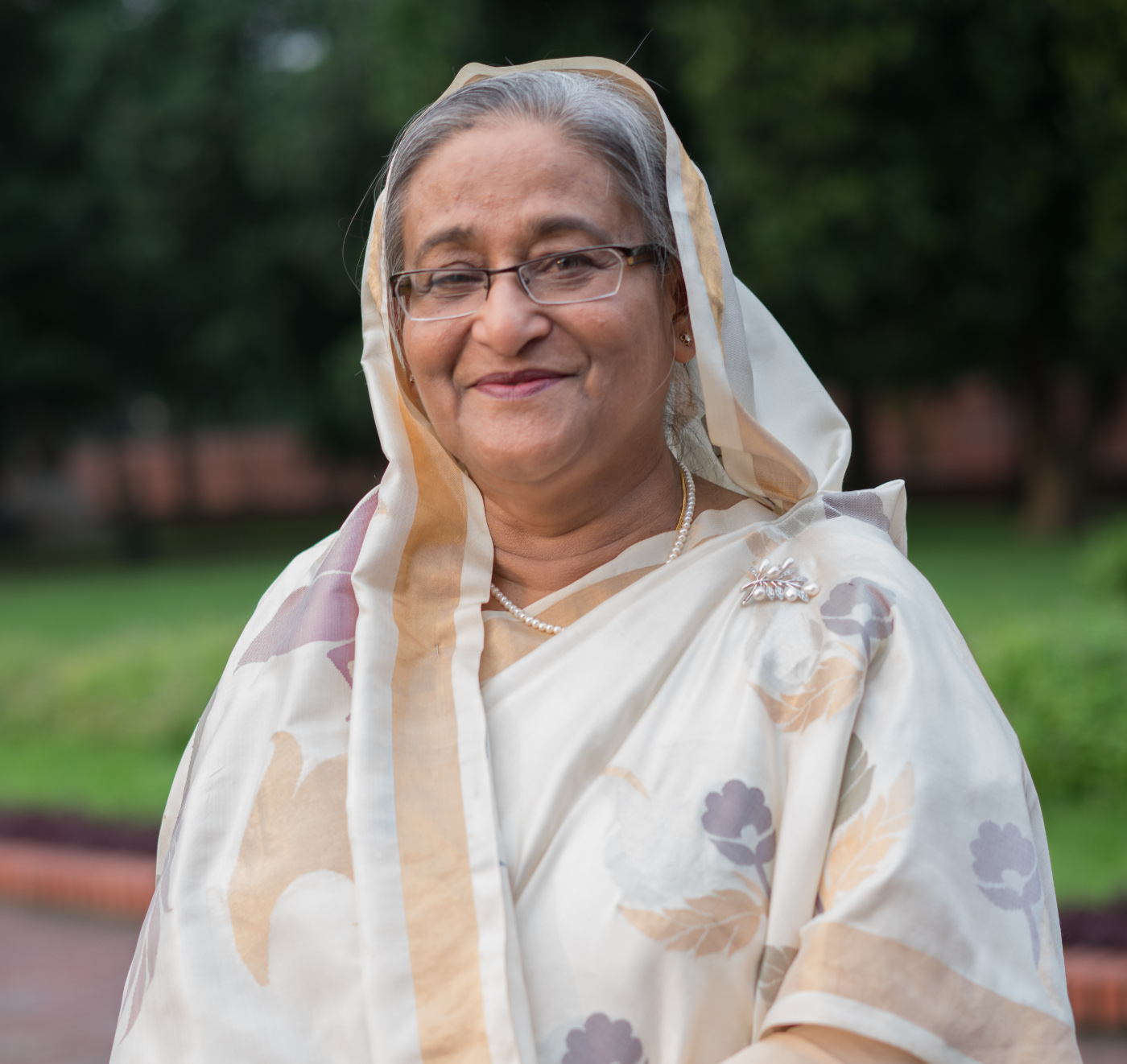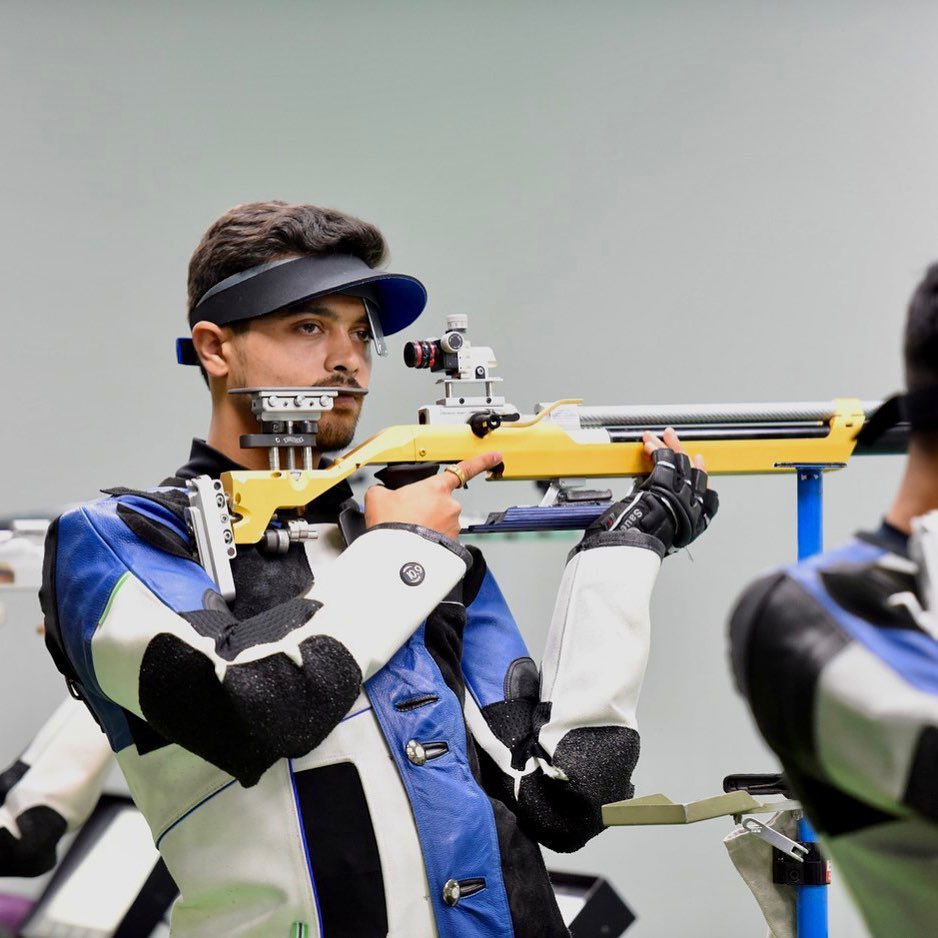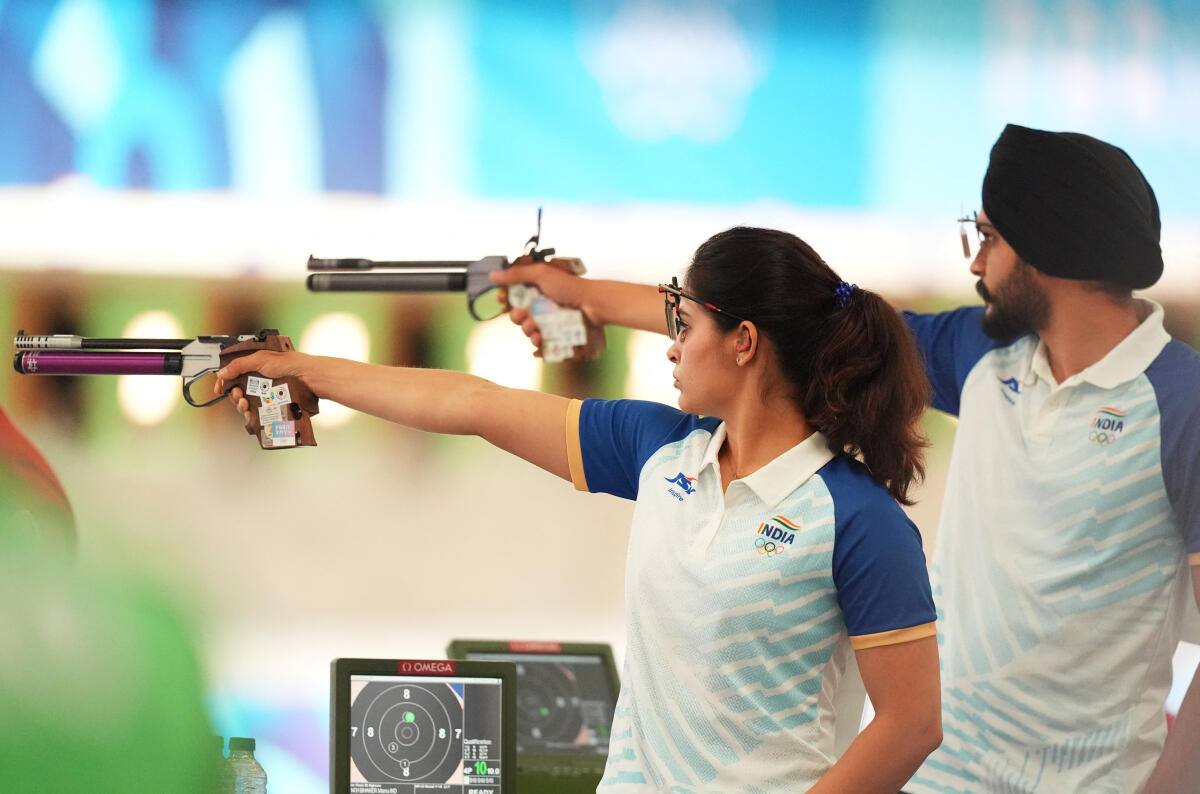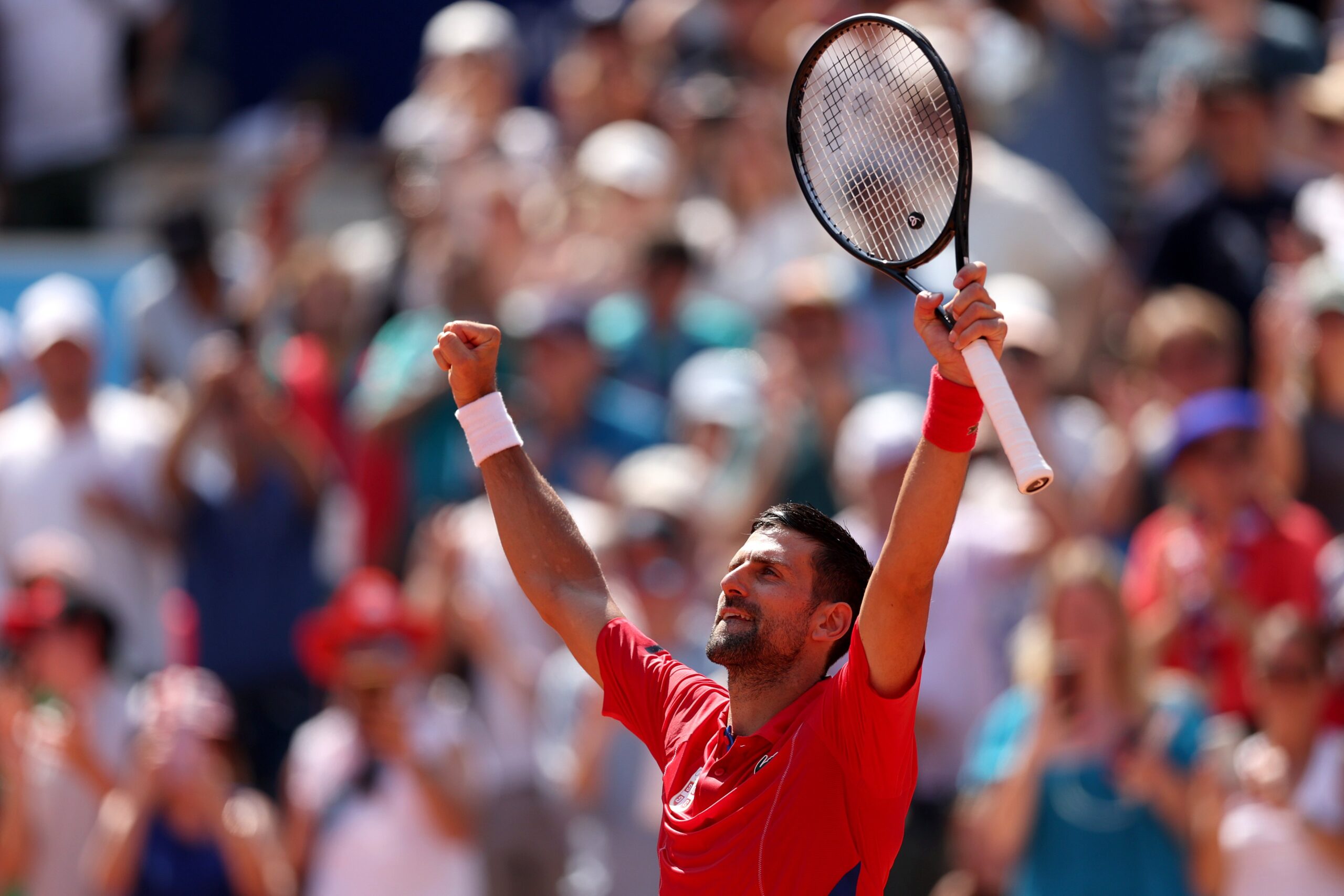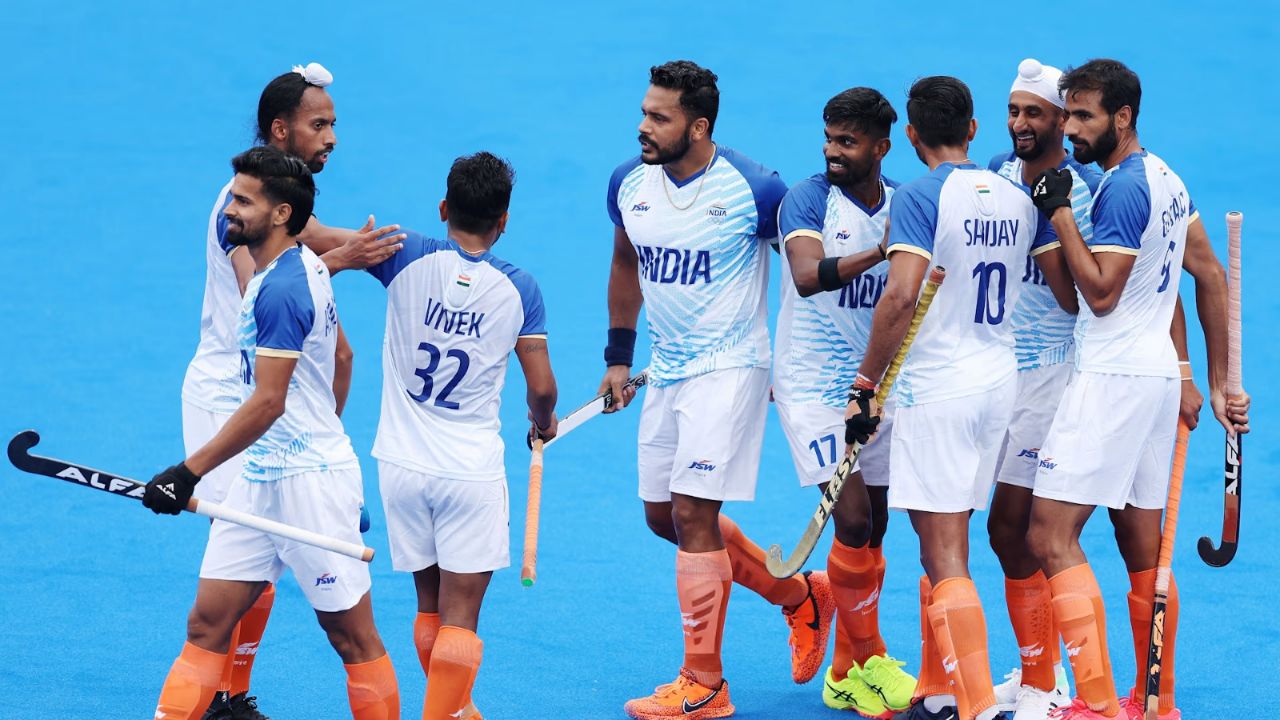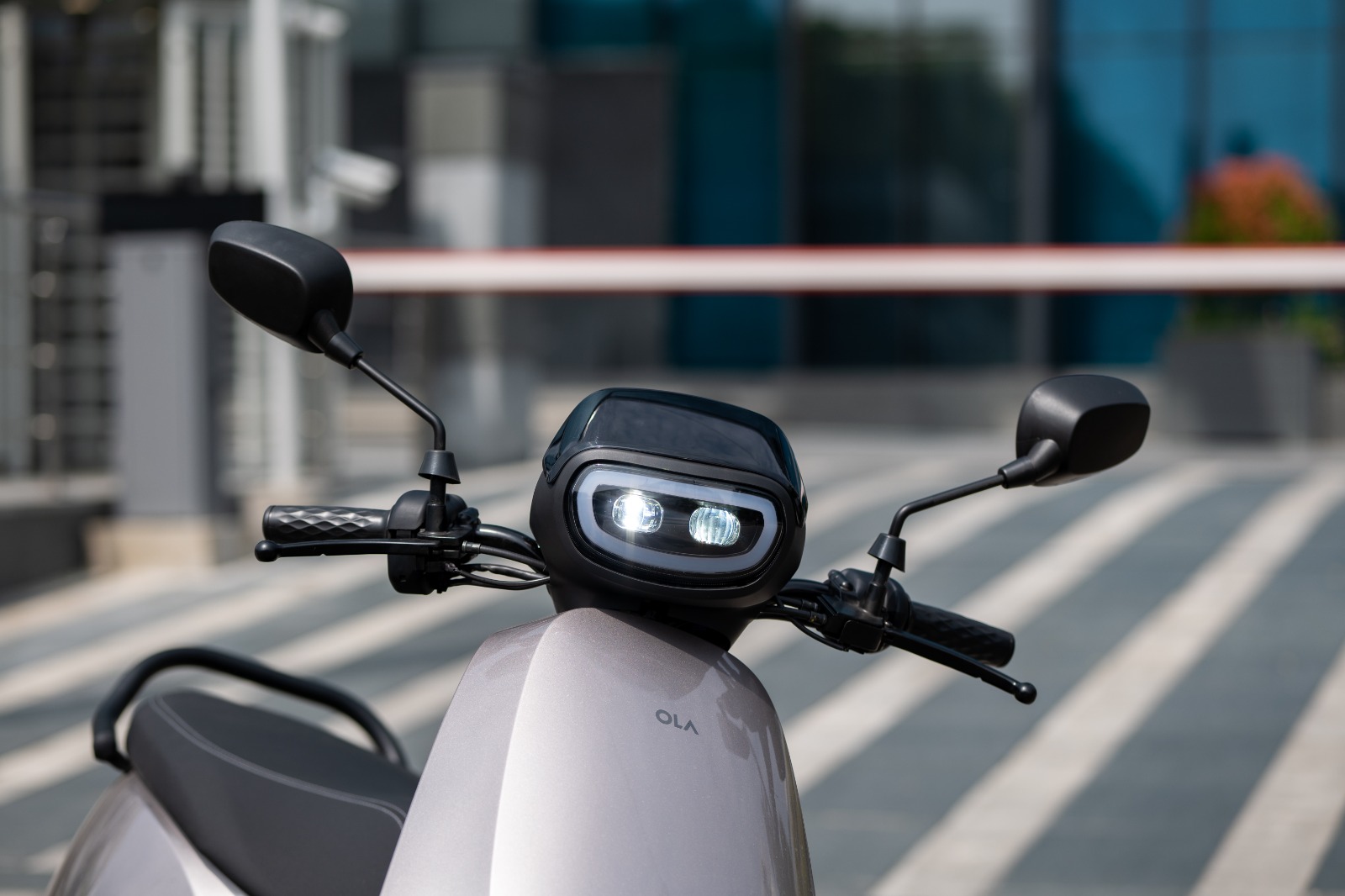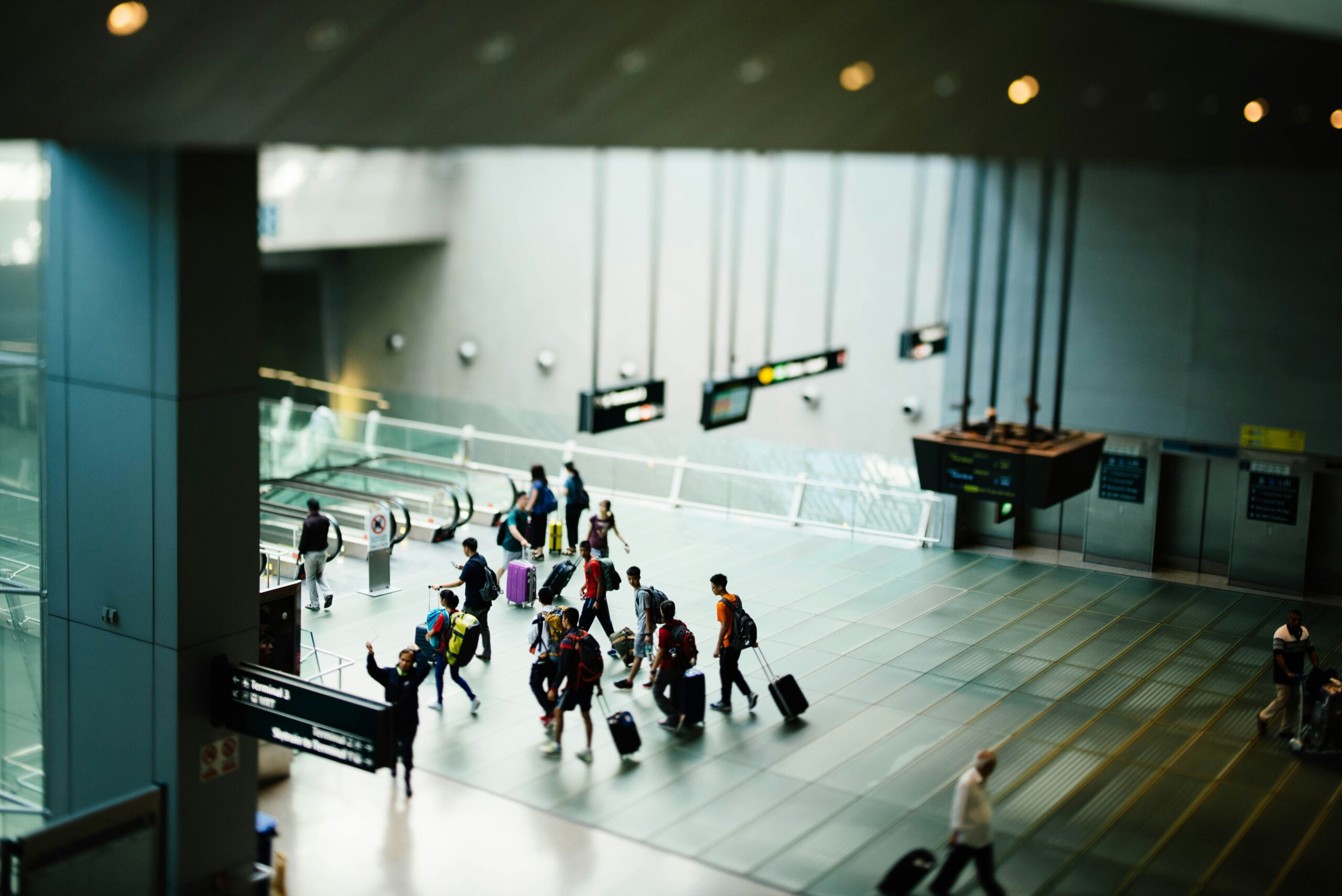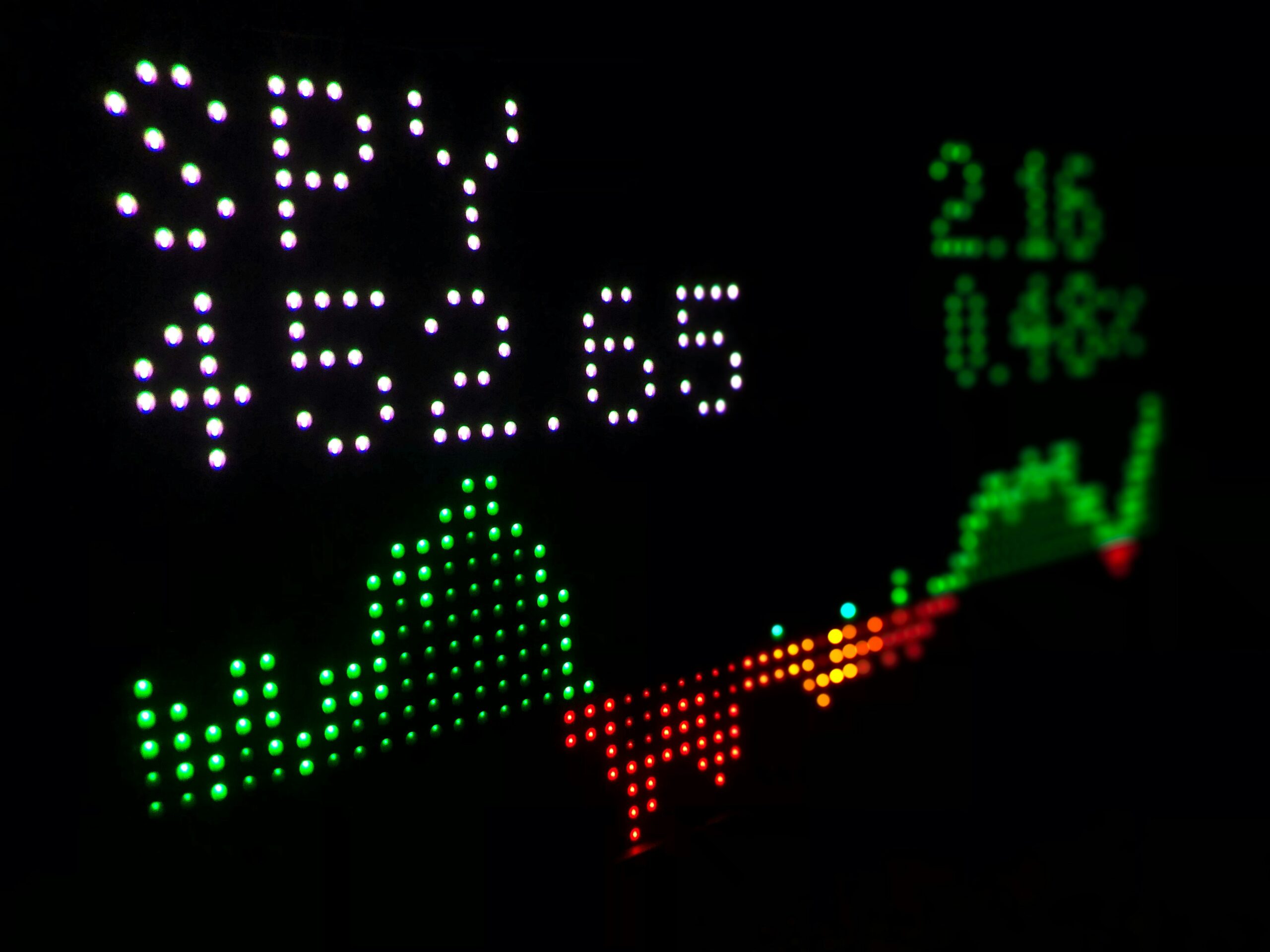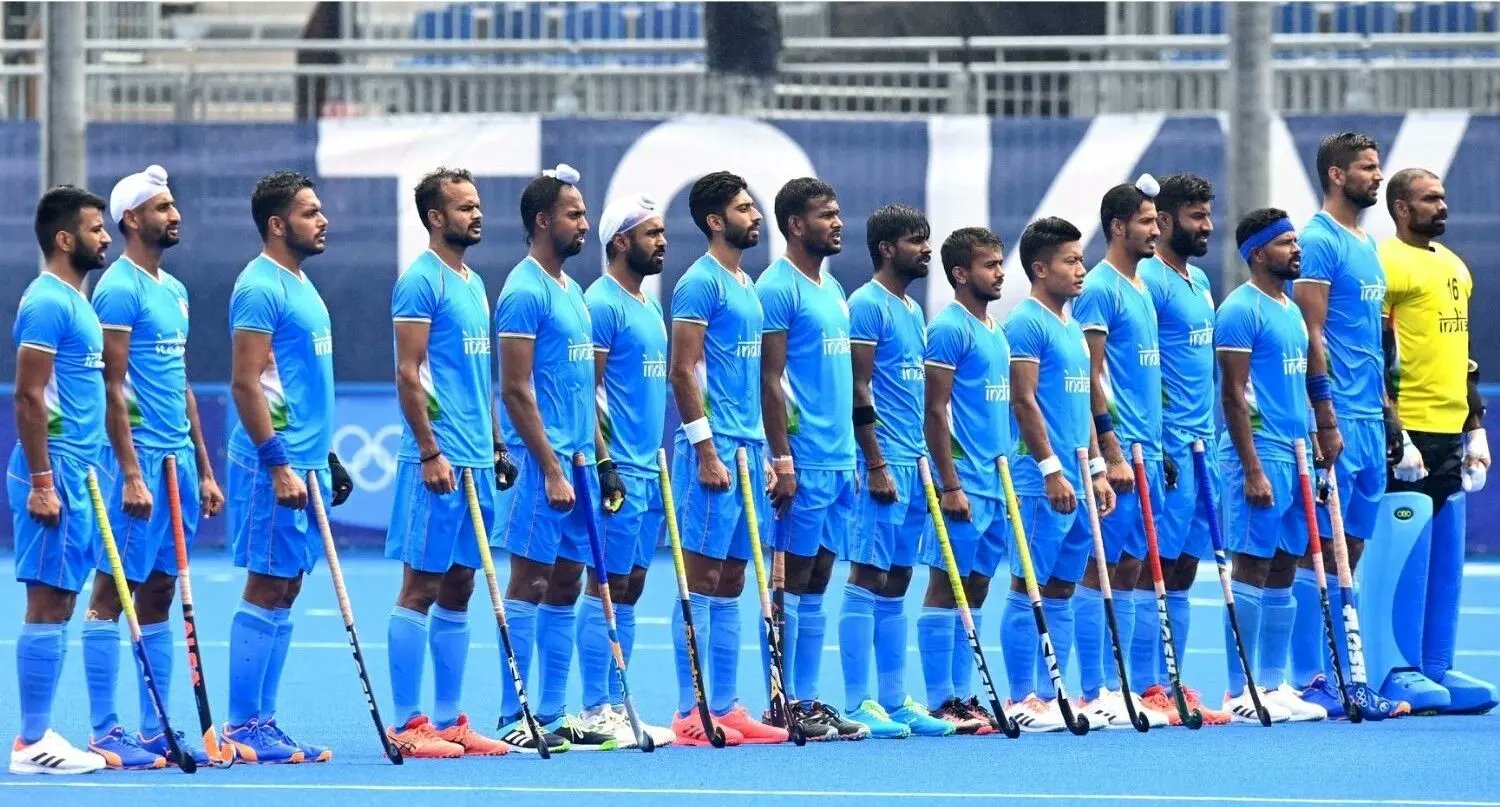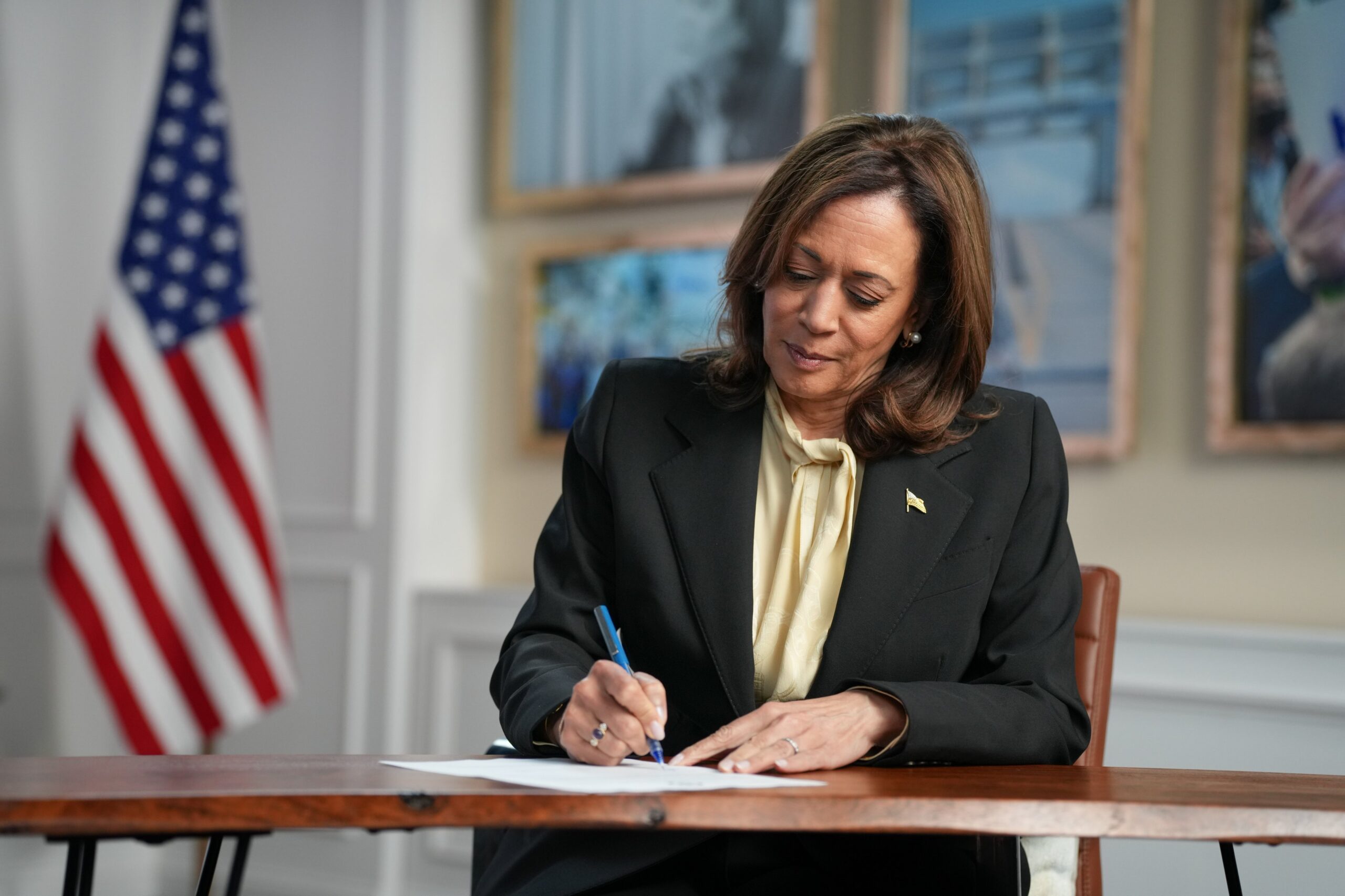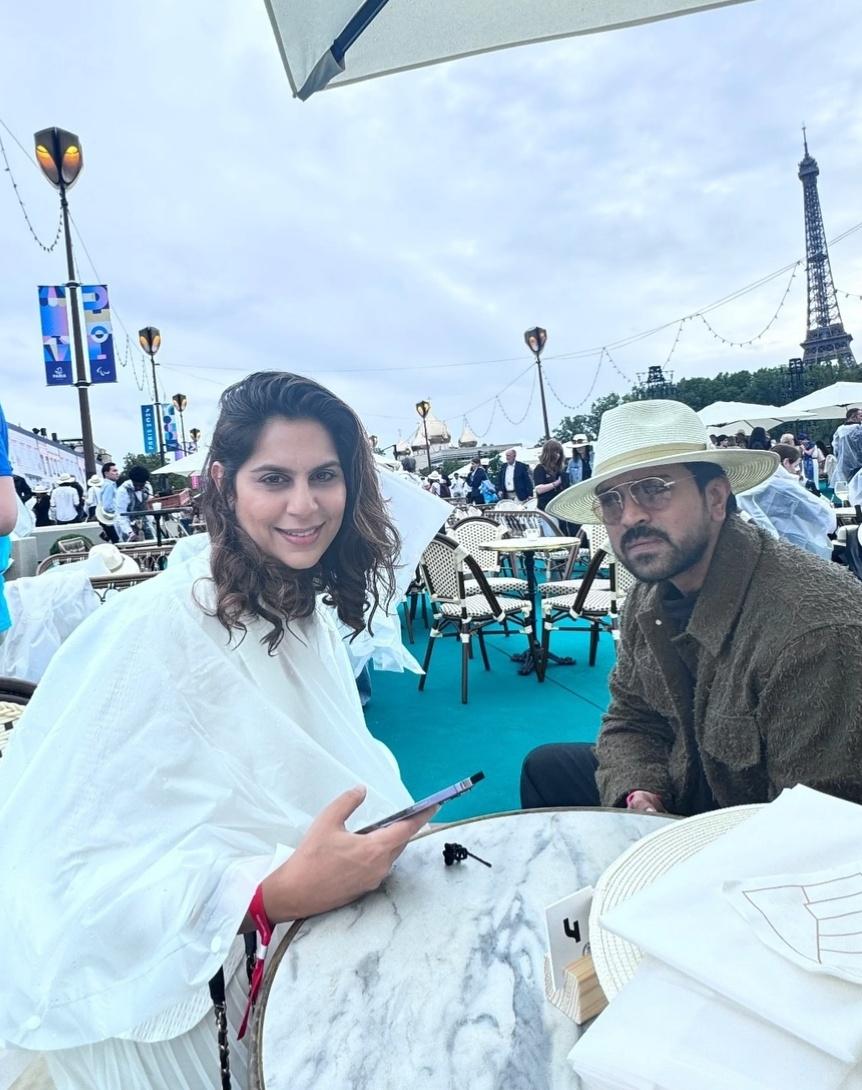Prime Minister Narendra Modi and US President Donald Trump met today for the first time since Trump’s return to the White House for a second term. PM Modi’s visit to the US is one of the first high-level foreign trips after Trump’s electoral win, highlighting the strengthening relationship between the two democracies.
The bilateral talks took place at the White House, where both leaders sat down to discuss a wide range of issues impacting not only India and the United States but the broader global community. While the discussions touched on several critical topics, the primary focus was on trade relations, tariffs, and immigration policies, all of which play a key role in shaping the future of bilateral ties between the two countries.
The two leaders greeted each other warmly, with PM Modi acknowledging Trump’s unwavering commitment to his nation. “I appreciate how President Trump always keeps his country first. I do the same—this is something that we have in common,” said PM Modi, emphasizing the shared values between the two leaders. In response, Trump expressed his admiration for Modi’s leadership in India, saying, “He is doing a great job in India. We share a great friendship, and we will continue to build on the ties between our nations.”
Before diving into their official talks, PM Modi and President Trump took questions from the international press. One of the most pressing questions was about the ongoing Russia-Ukraine war, and both leaders gave their perspectives on the situation. When asked about India’s role in resolving the conflict, PM Modi expressed support for Trump’s efforts toward peace. “I support Donald Trump’s efforts towards finding a possible solution to end the war. The world somehow perceives India as neutral in the conflict, but I want to clarify that India has always been on the side of peace,” Modi said.
The Indian Prime Minister also shared his past dialogue with Russian President Vladimir Putin, stating, “When I met President Putin, I said that this is not the era for war. Solutions cannot be found on the battlefield. They can only come when all parties sit at the table for dialogue.” This response underscored India’s consistent stance on promoting diplomacy over confrontation.
As the two leaders discussed global geopolitical issues, a significant portion of the conversation turned to trade relations between the US and India. PM Modi’s priority during the meeting was to address concerns about tariffs and to negotiate favorable deals for Indian industries, which are often impacted by high tariffs on key exports. President Trump, however, surprised the press by announcing reciprocal tariffs on all nations just an hour before the talks. “India is right at the top of the pack when it comes to tariffs, and we’re going to make some wonderful trade deals for India and the US,” Trump stated, reiterating his position on tariffs and the importance of fair trade practices.
PM Modi, known for his diplomatic finesse, is likely to focus on expanding the trade basket between the two countries while working to ease the impact of tariffs on Indian products. The two leaders also touched upon the broader economic agenda, including foreign investment, energy cooperation, defense partnerships, technology exchange, and visa policies.
The issue of immigration is another critical aspect of the bilateral talks, with the US and India aiming to address challenges faced by Indian citizens seeking work visas and permanent residency in the US. Both leaders expressed a willingness to explore ways to facilitate smoother immigration processes, which is a major concern for many skilled Indian professionals currently residing in the US.
This meeting marks PM Modi’s 10th visit to the United States as Prime Minister, but it is only his fourth bilateral meeting with President Trump. Despite their busy schedules, both leaders managed to find common ground on several fronts. PM Modi had previously visited the US in 2014 during Barack Obama’s presidency, marking the beginning of what has now become a strong diplomatic and economic partnership between India and the United States.
The day was not only marked by diplomatic talks but also by a palpable sense of camaraderie between the two leaders, who share mutual respect and understanding. Both President Trump and PM Modi expressed their commitment to expanding the relationship between India and the United States, with an eye on fostering greater cooperation in trade, defense, technology, and global diplomacy.
While the official discussions are expected to continue behind closed doors, the outcome of this meeting is likely to set the tone for the future trajectory of India-US relations. As both nations face unique challenges—ranging from trade imbalances and tariffs to immigration reform and global security concerns—the success of these bilateral talks will play a crucial role in shaping the strategic partnership between two of the world’s largest democracies.
The White House meeting between PM Modi and President Trump thus serves as a crucial step in reinforcing the India-US relationship at a time when both countries are navigating a rapidly changing global landscape. The leaders’ ability to engage constructively on contentious issues, while remaining focused on areas of common interest, will define the strength of their partnership moving forward.


